Interior Design Specialization: Materials, Lighting, and Color

Learn Interior design: lighting, materials, color and creative concepts to transform unique and functional spaces
Immerse yourself in the world of interior design with this specialization that covers everything from the most basic concepts to the most advanced techniques. Start with Nook Architects, who will guide you through the entire renovation process, from conception to execution. Learn to create unique color palettes with Miriam Alía, who will show you how to harmonize any room and develop a unique style that reflects your personality.
Explore the selection of ideal materials for your projects with Ana Hernández of Masquespacio, where you'll discover how colors and textures can transform a space. Delve into lighting techniques with Mónica Vega of LumLum, learning how to design lighting scenes that adapt to the needs of each environment. Finally, unleash your creativity with the WANNA team, who will teach you how to design interiors based on powerful concepts and tell stories through furniture, fabrics, and color palettes. With these tools, you'll be ready to create unique and memorable spaces.
What will you learn in this specialization?
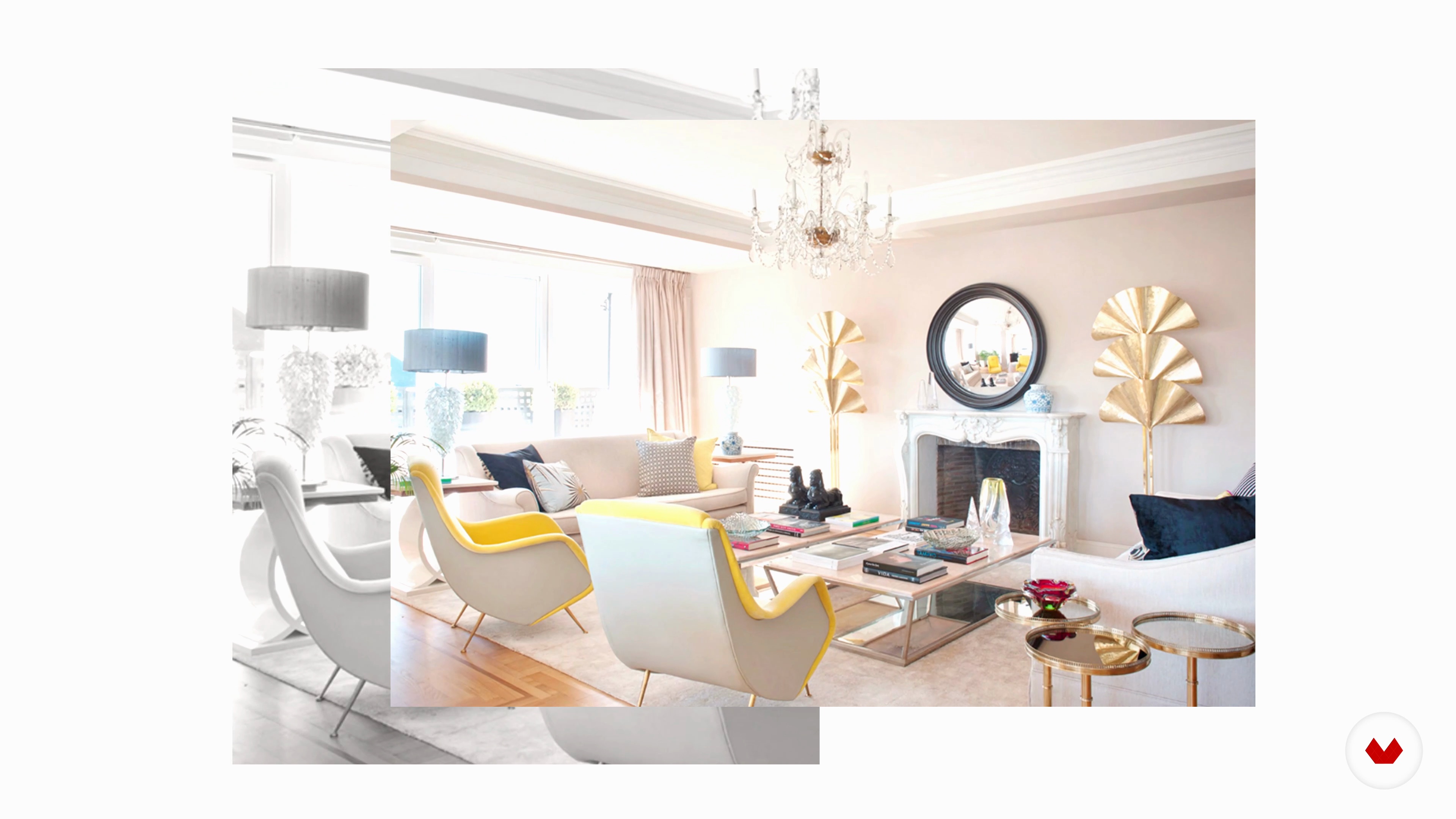

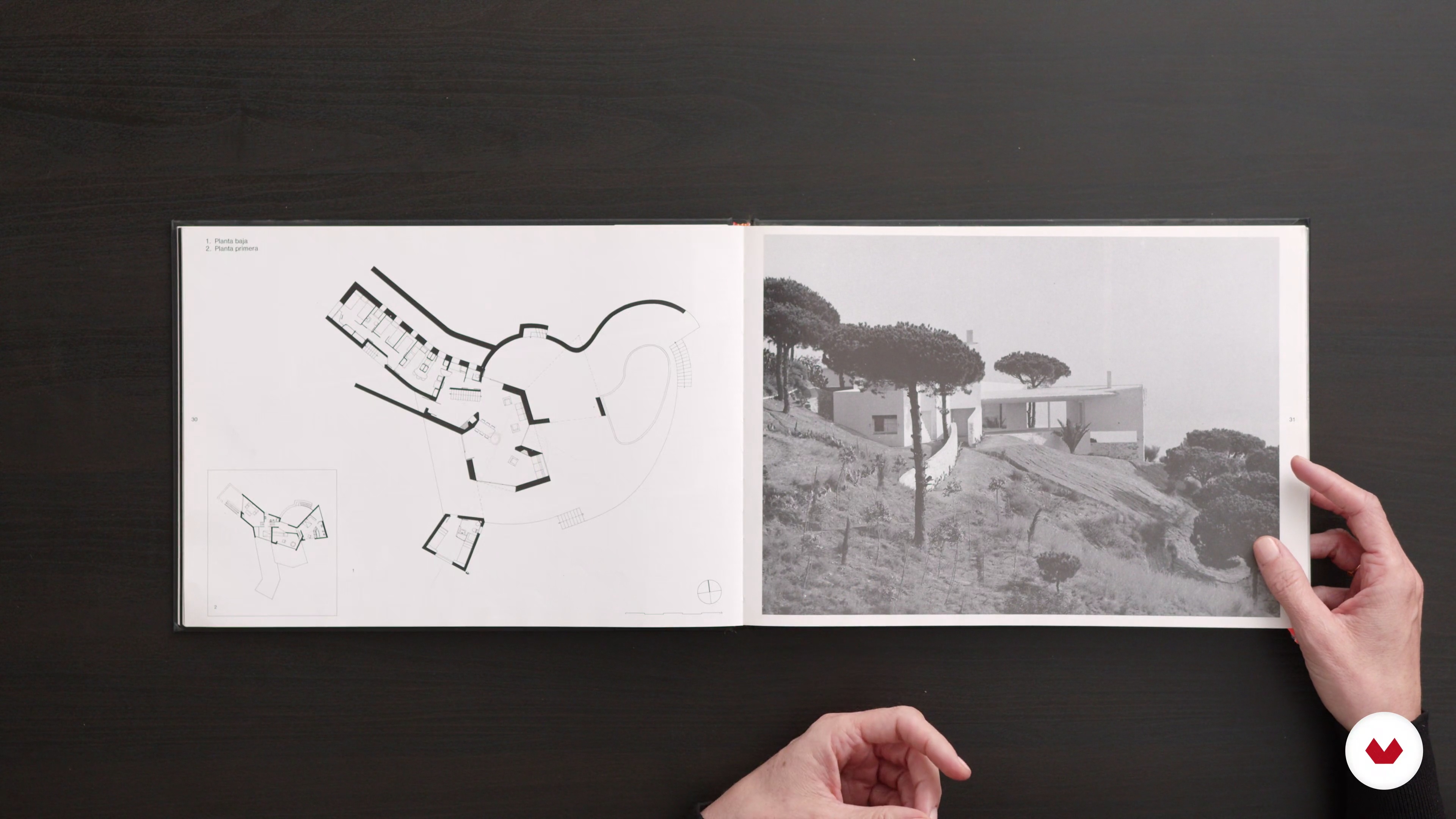
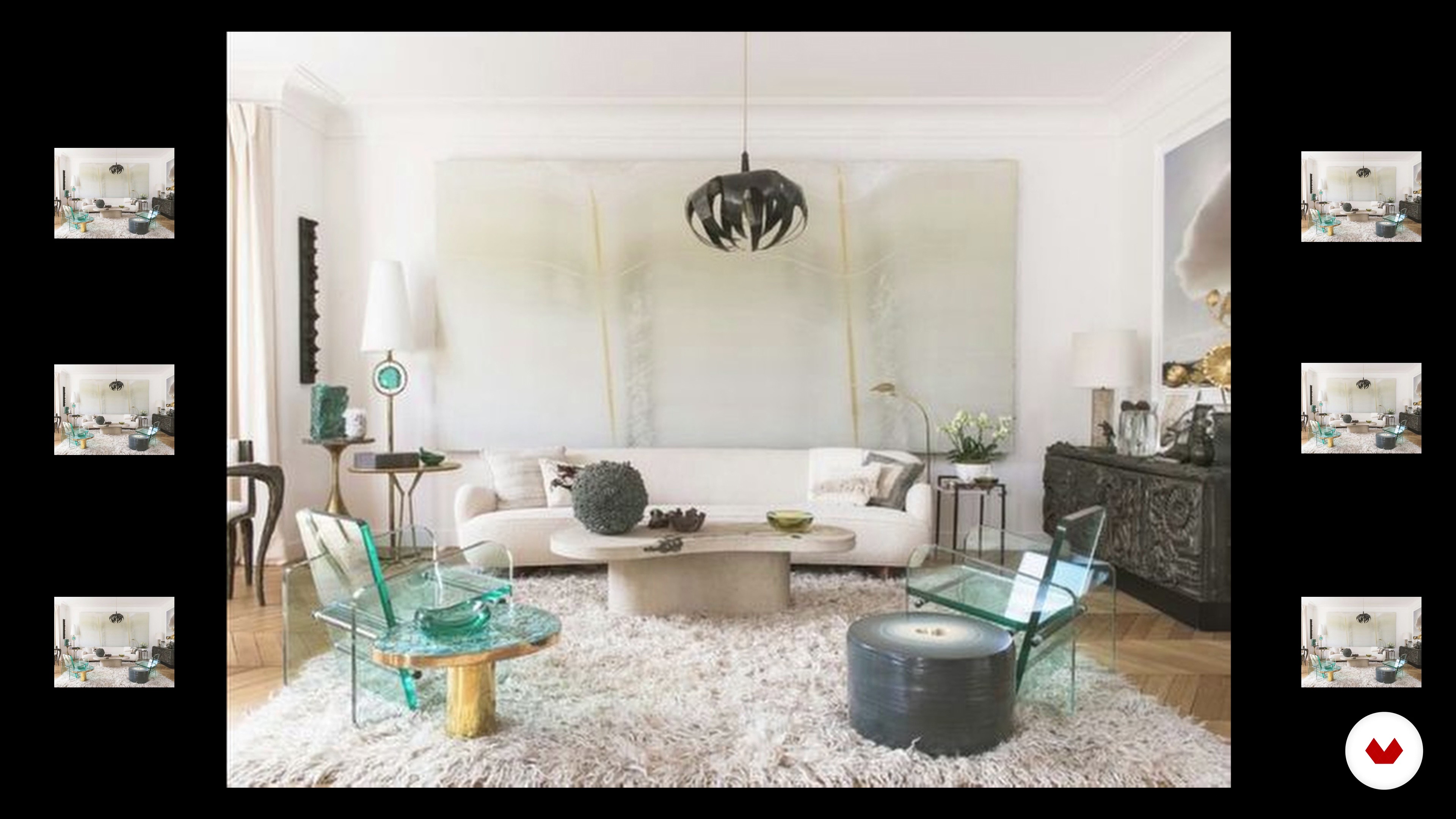
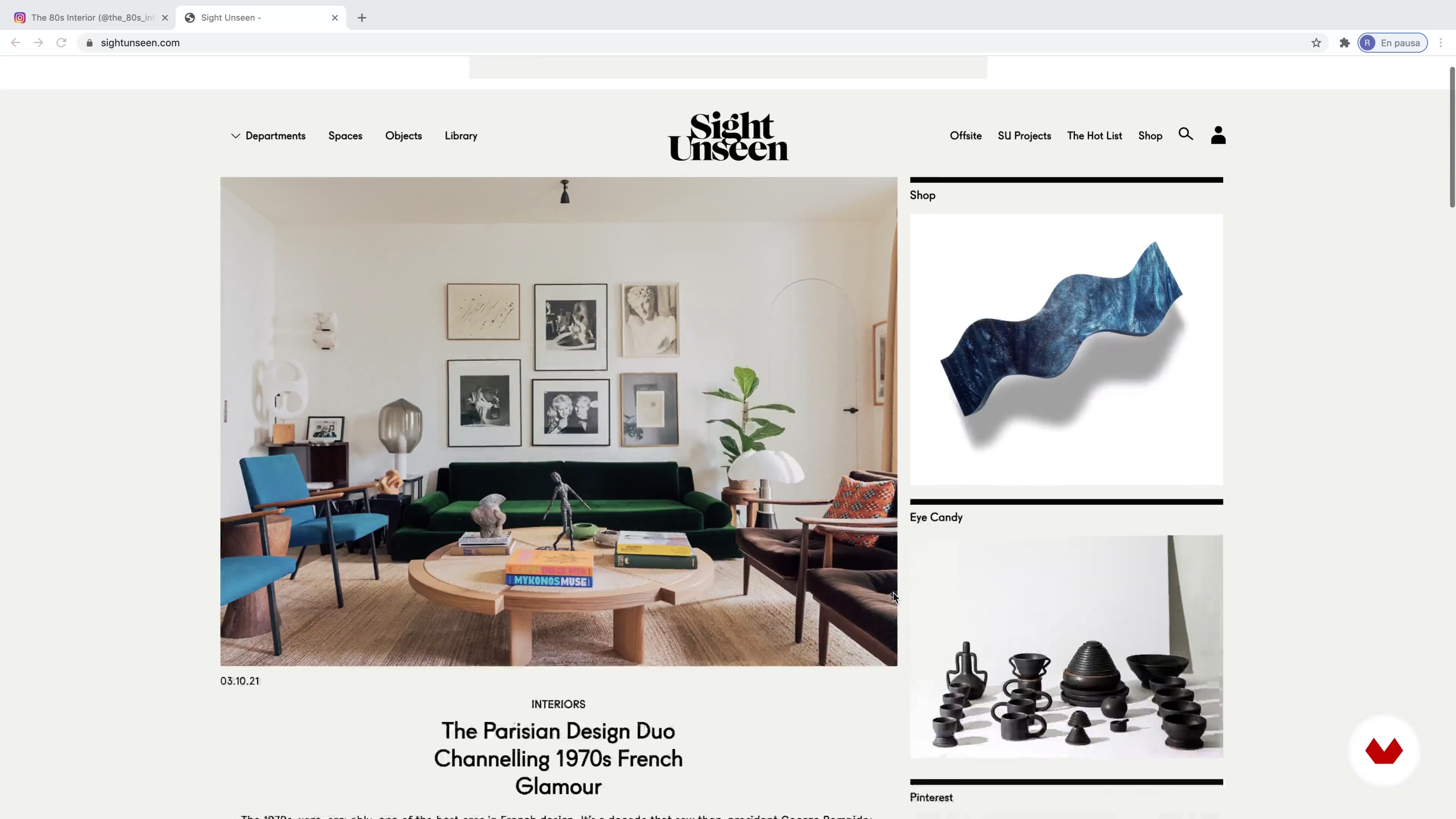
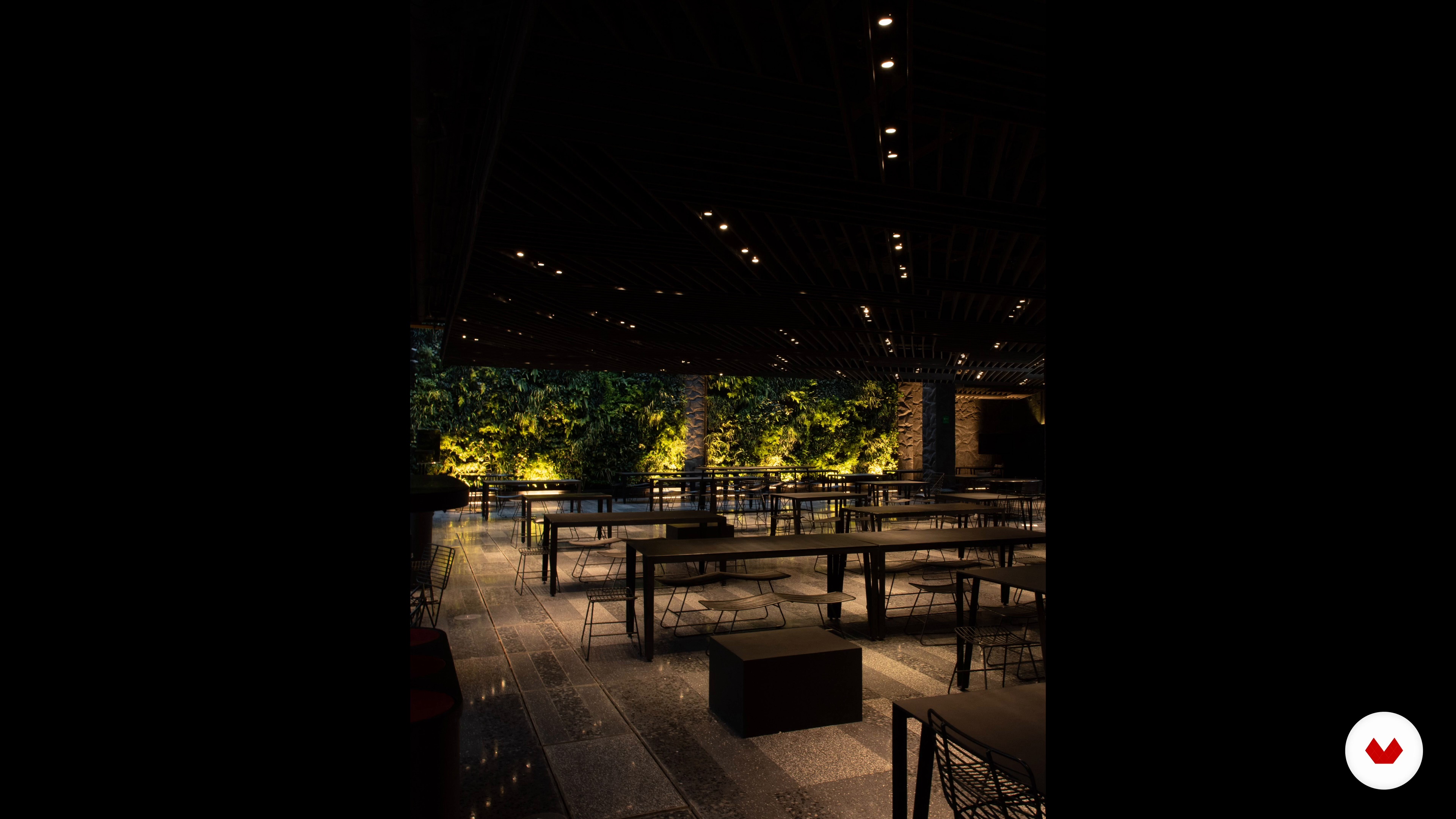
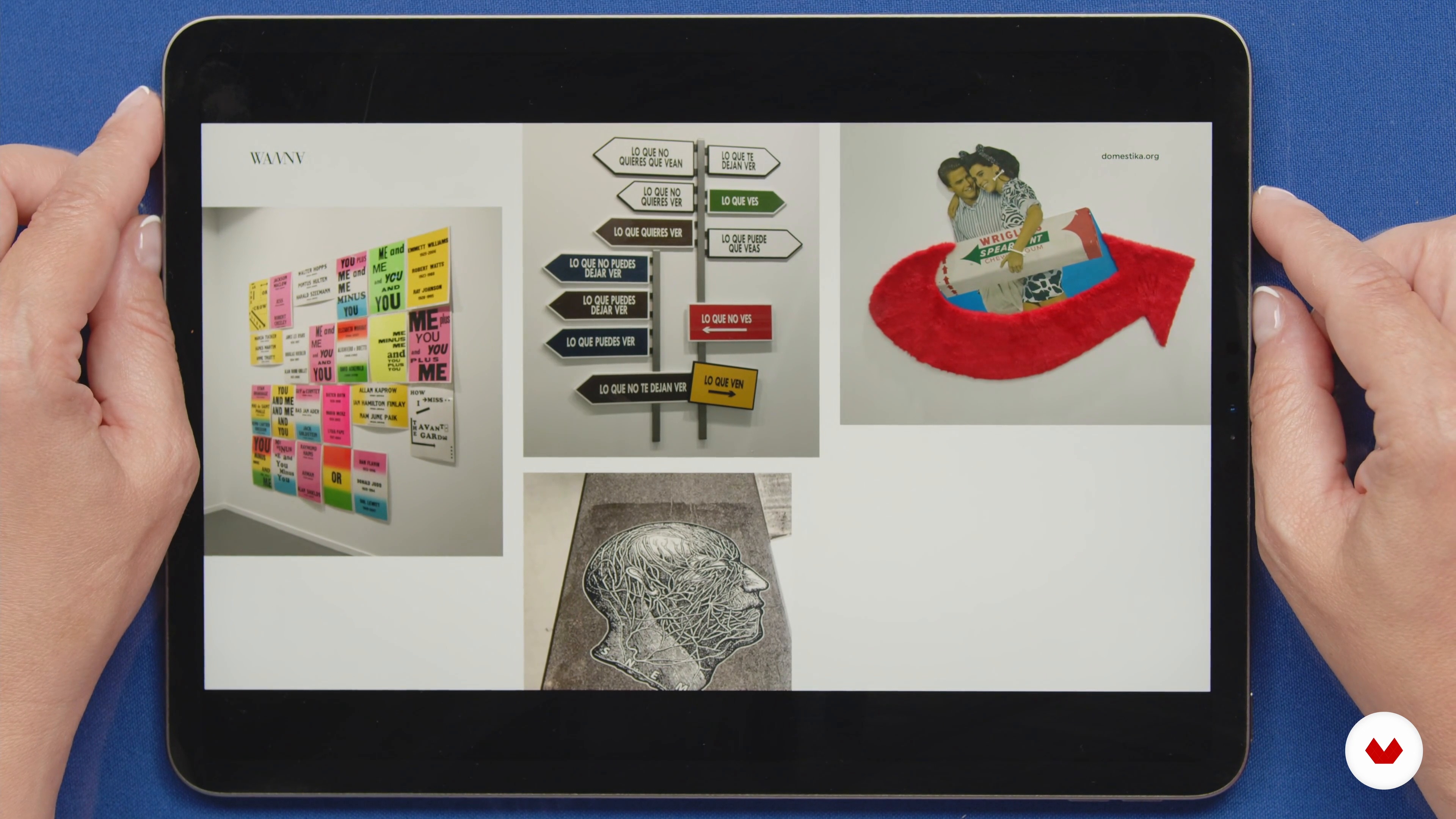
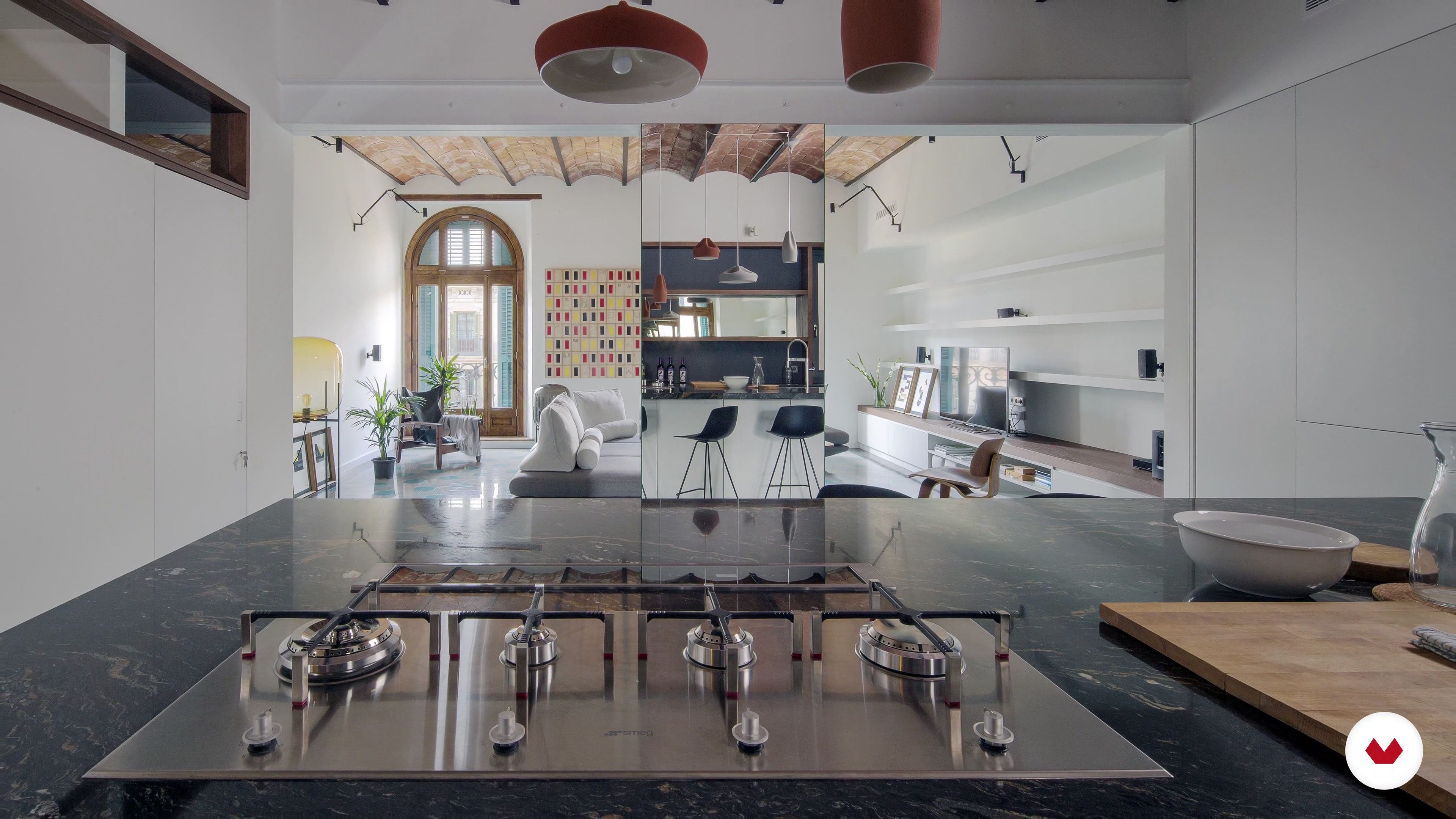

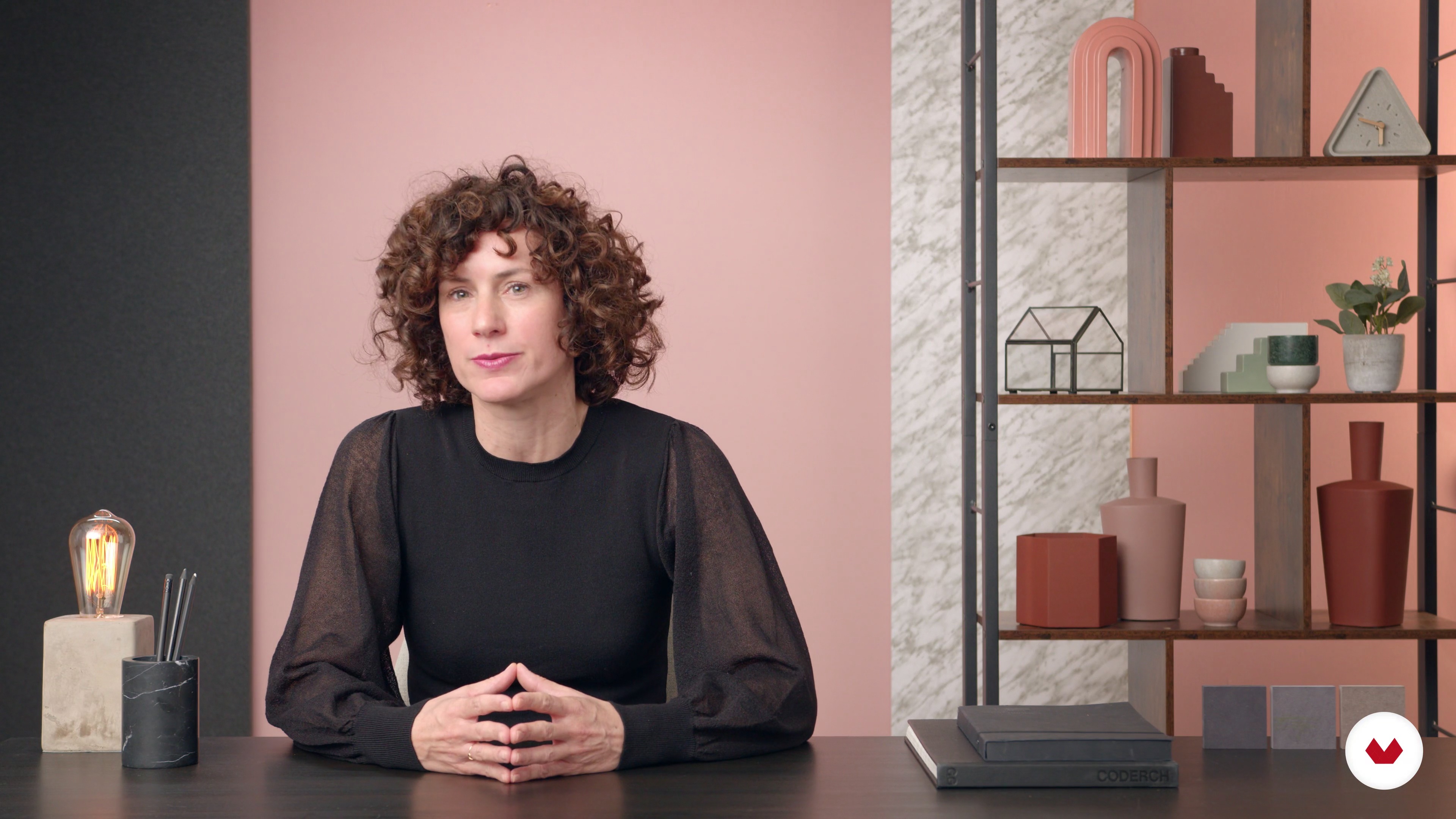
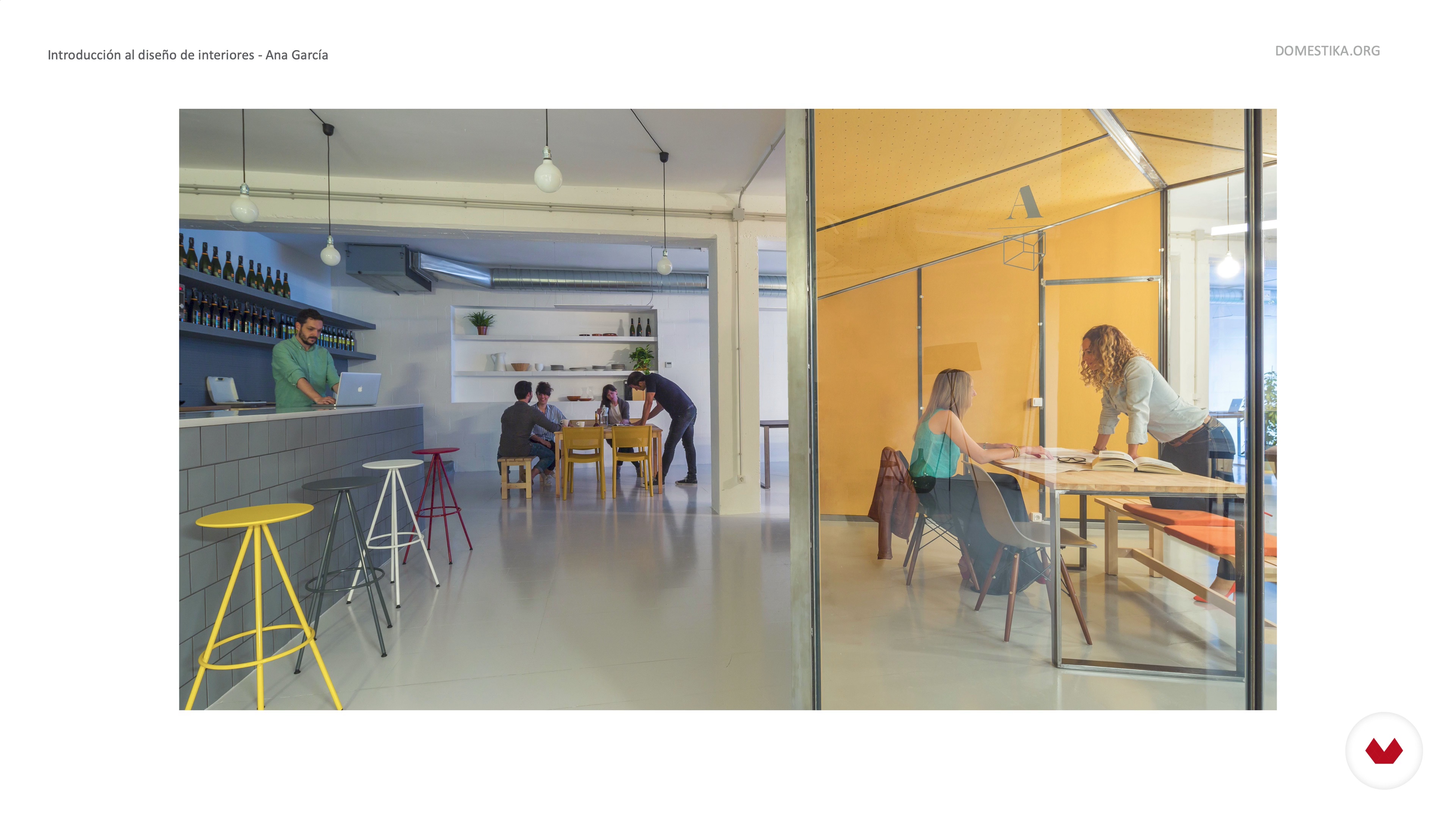
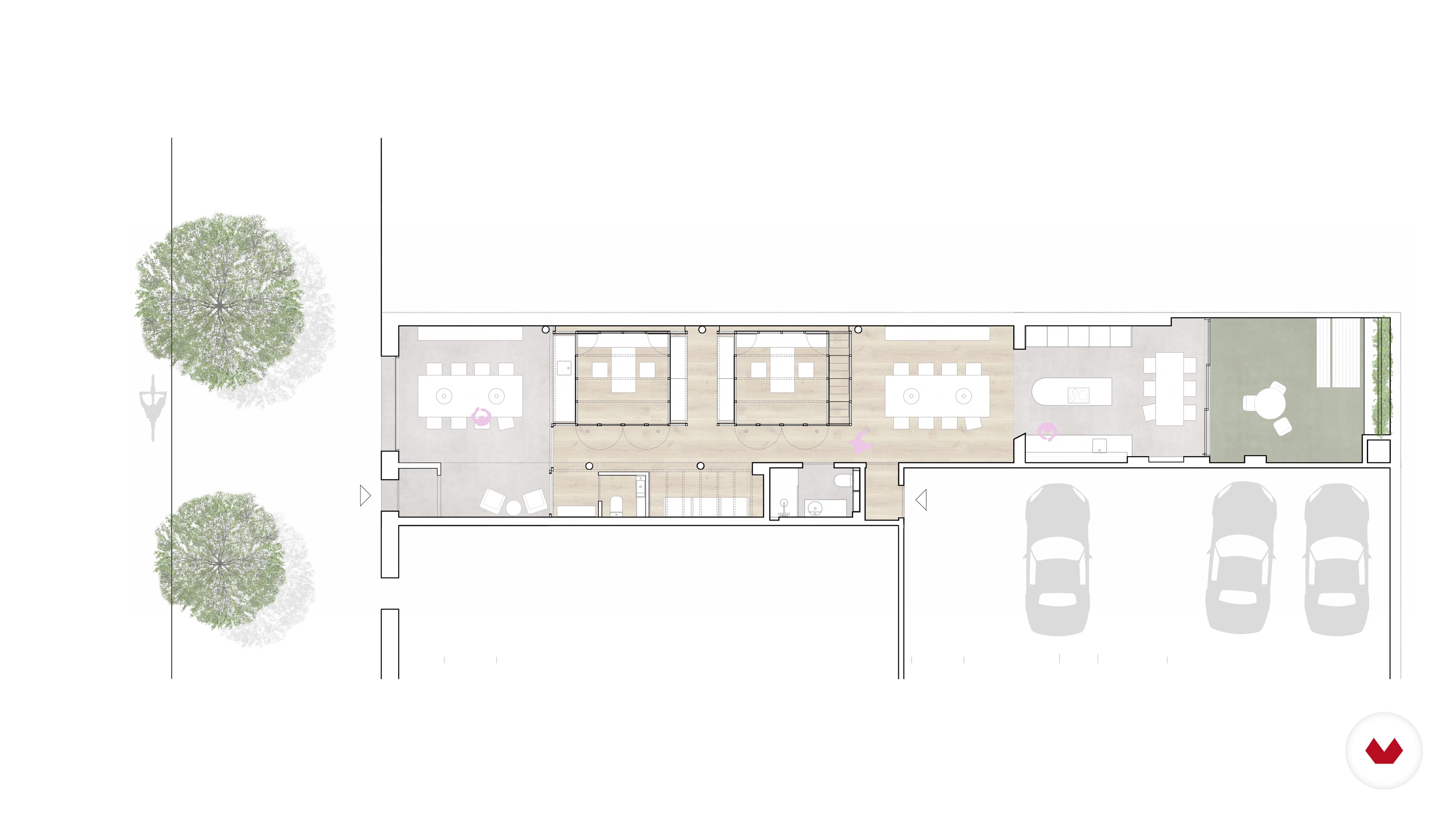
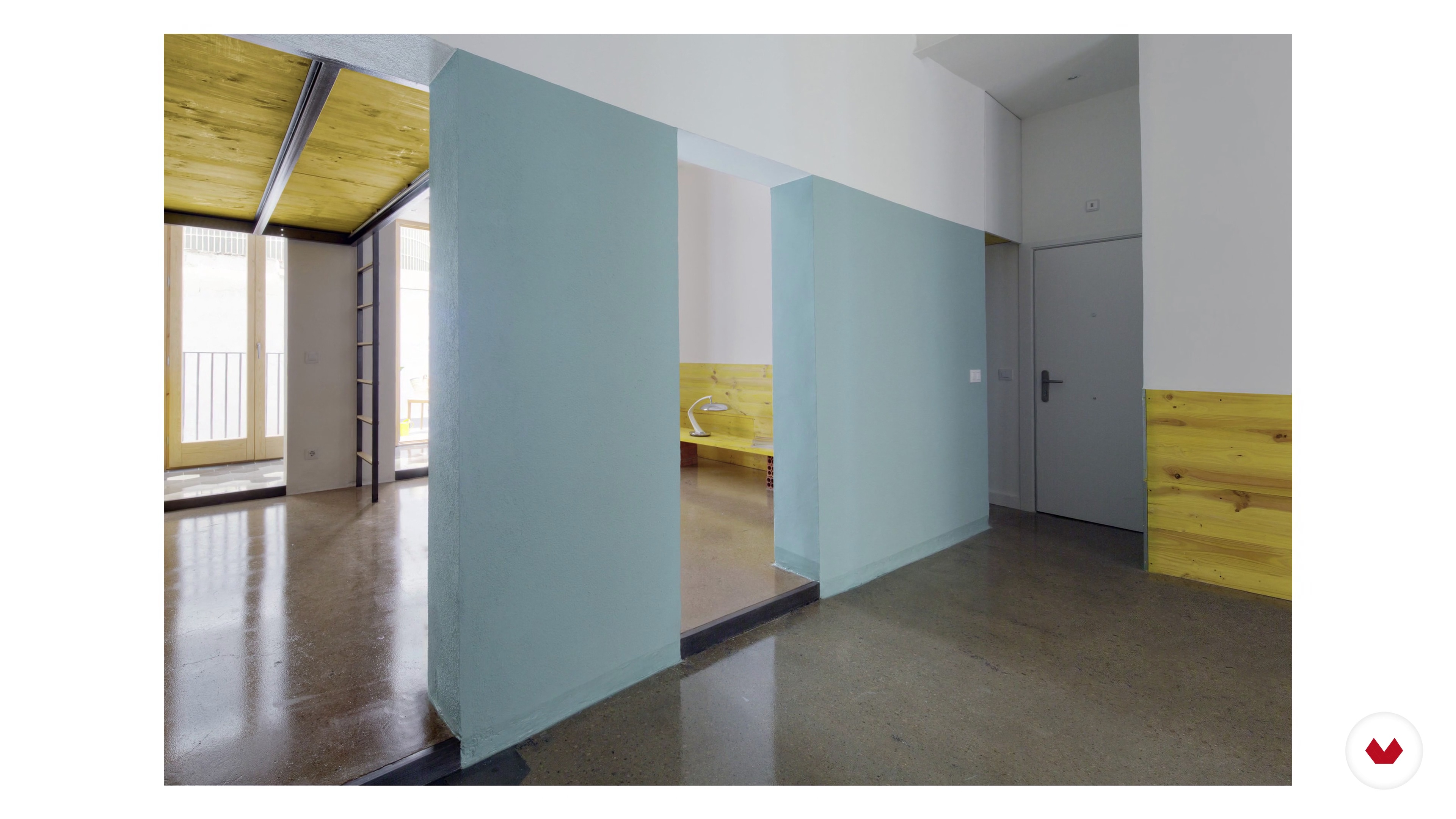
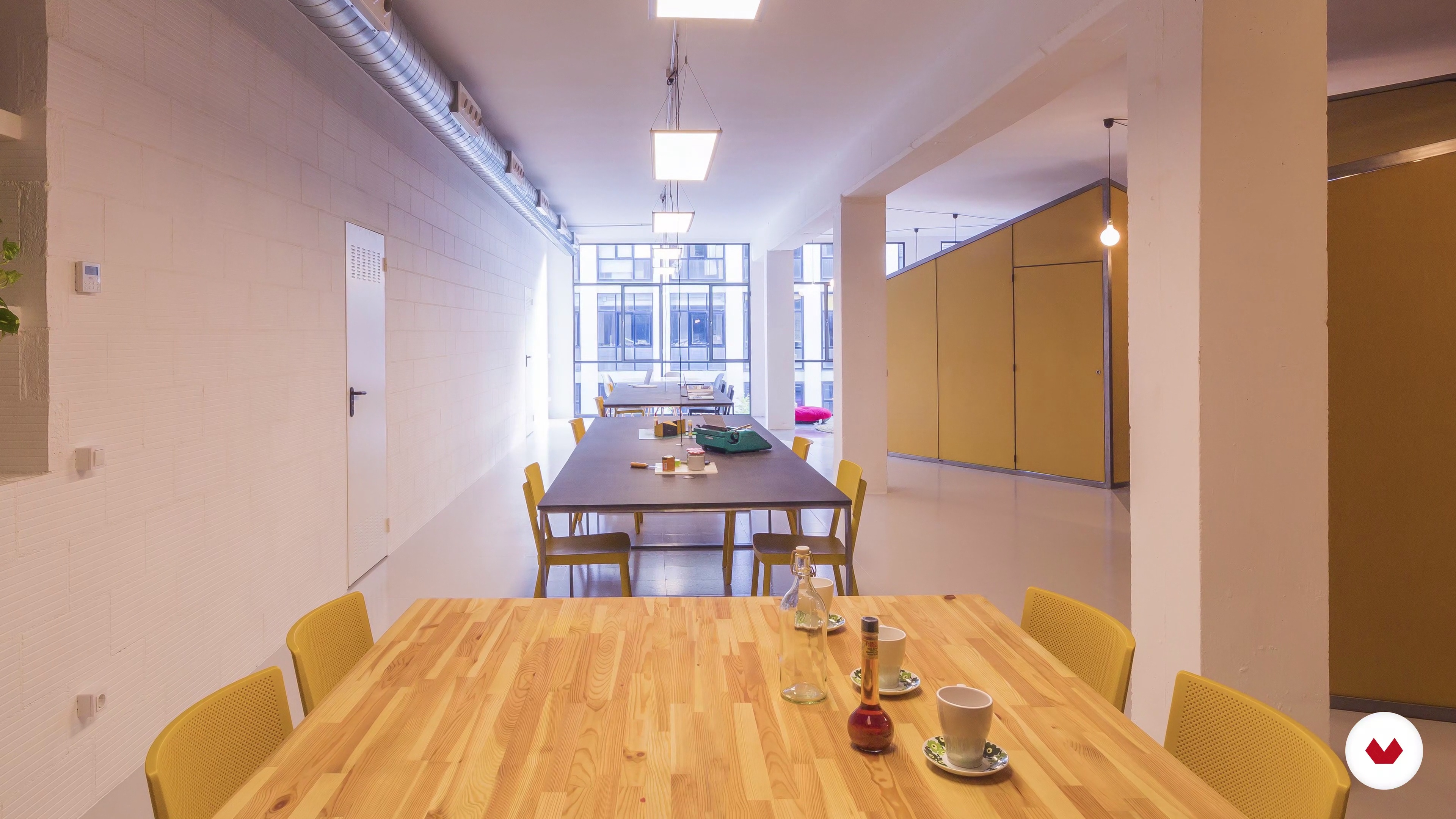
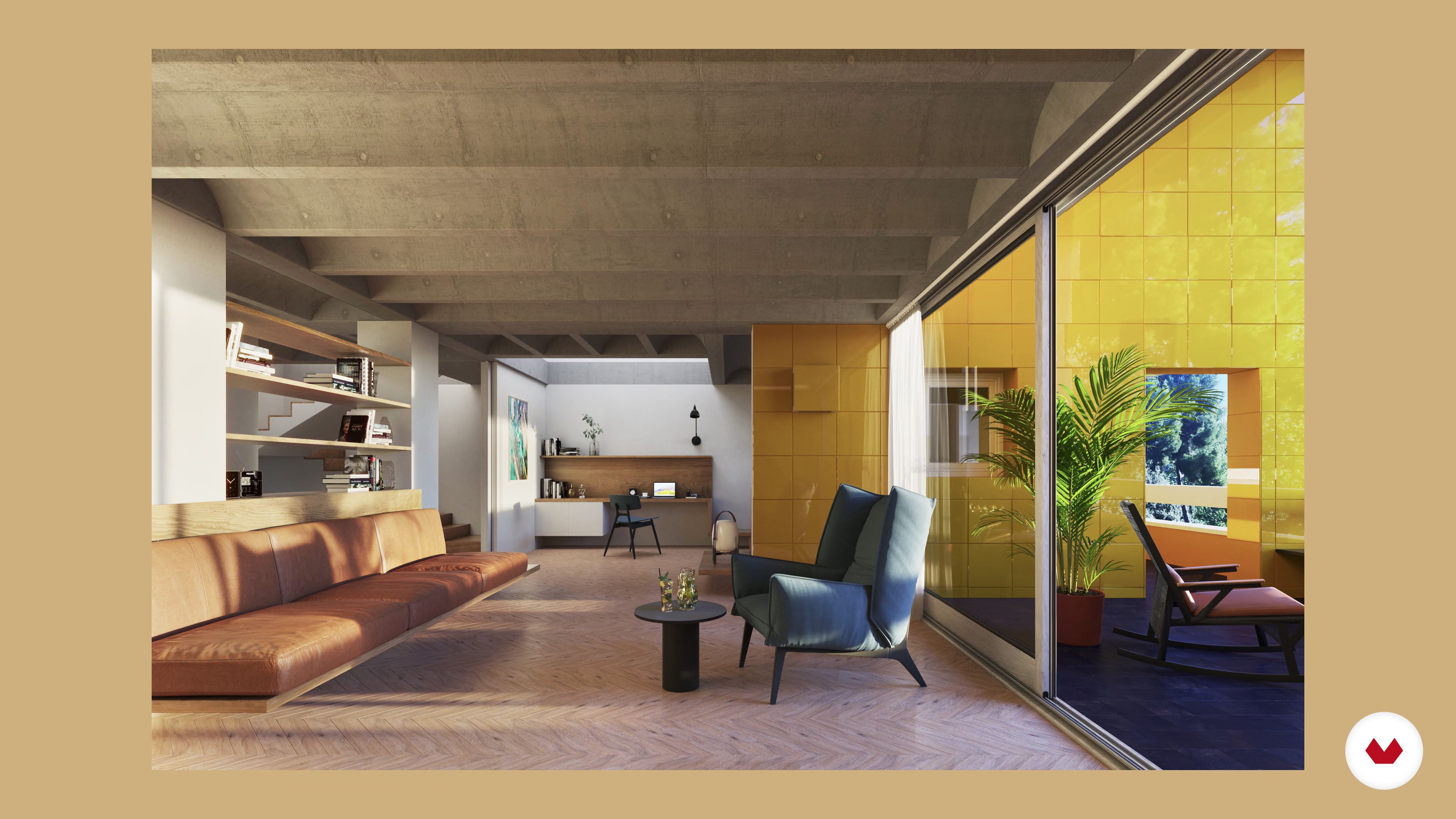
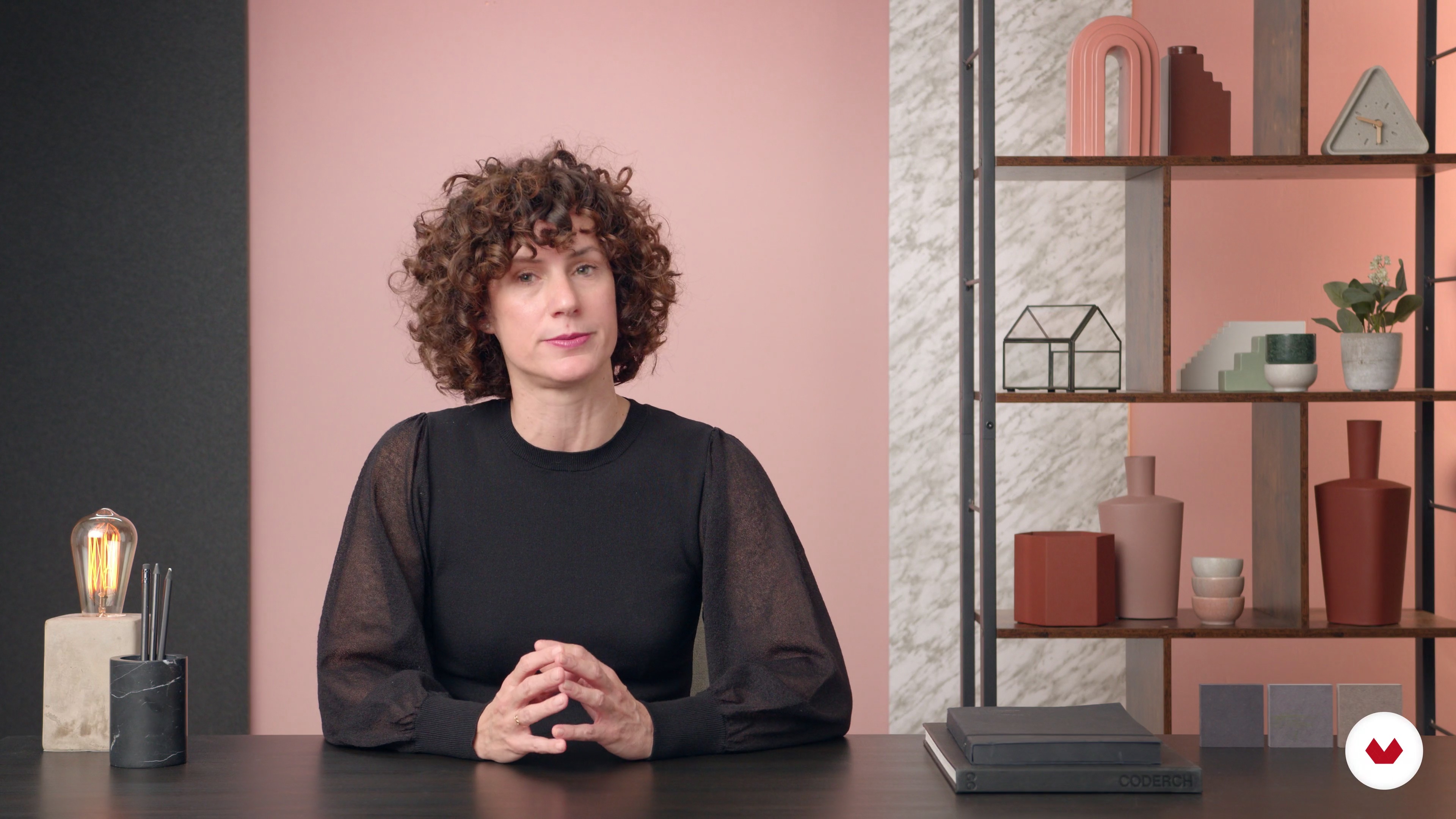
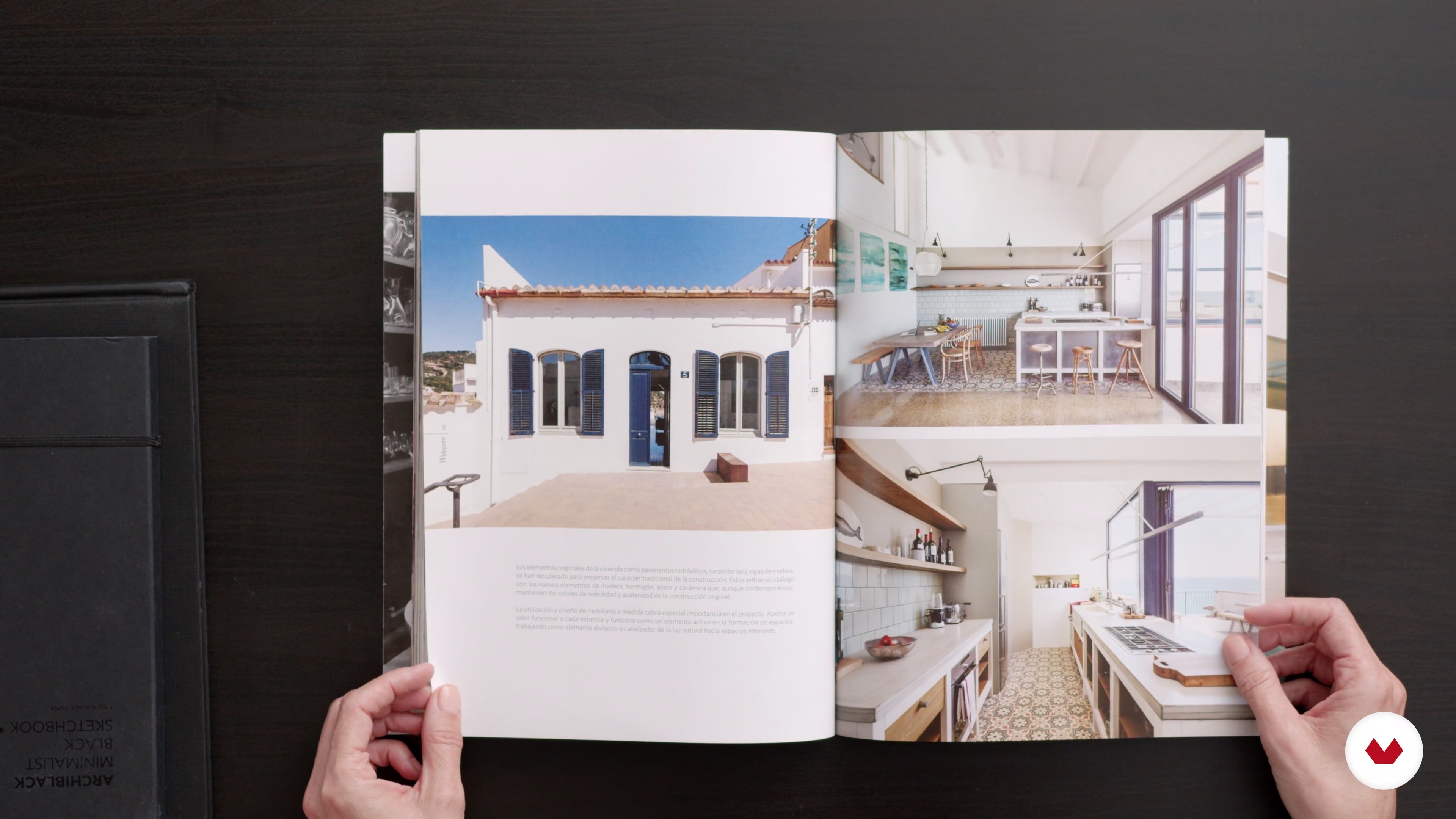
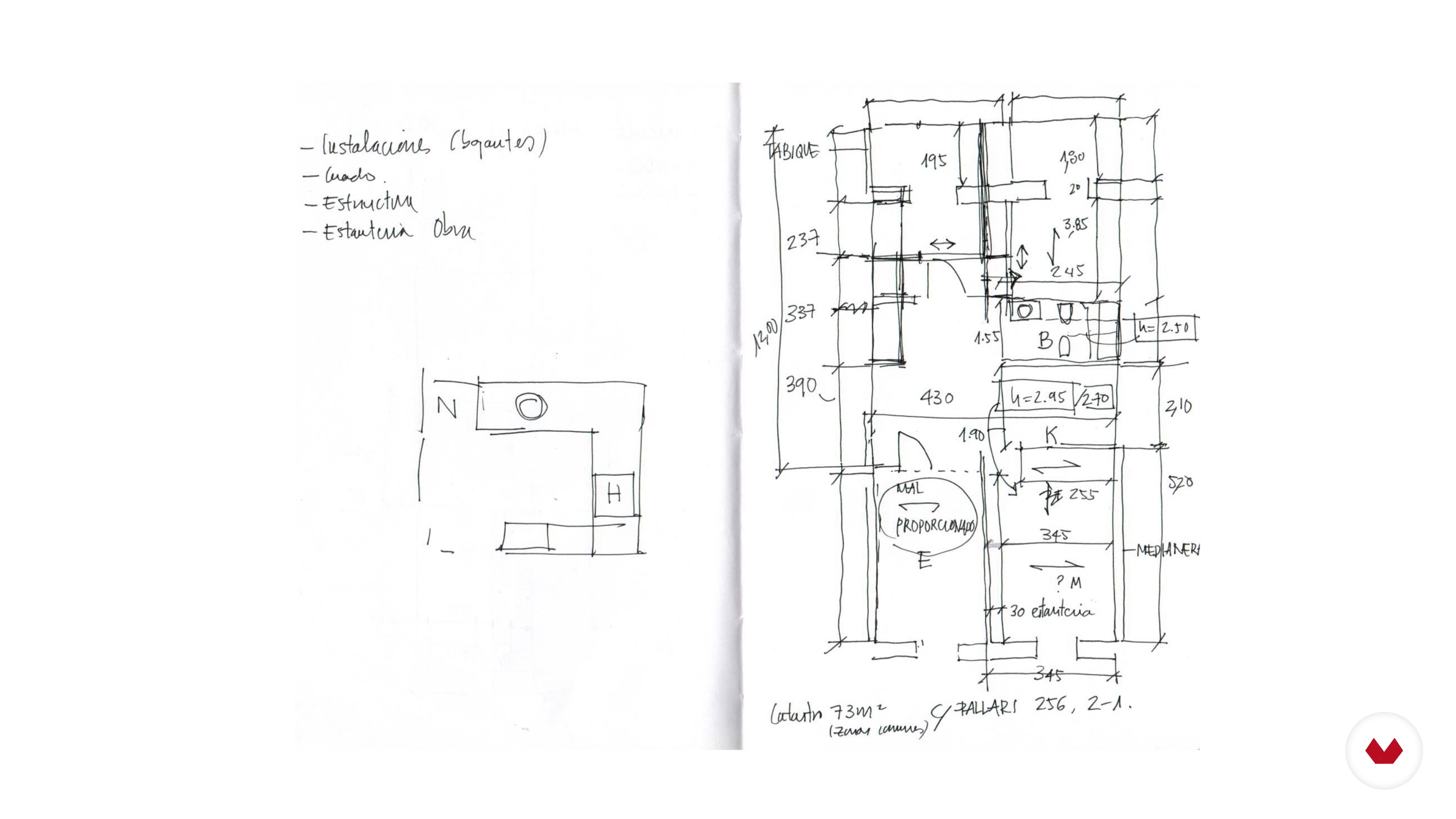
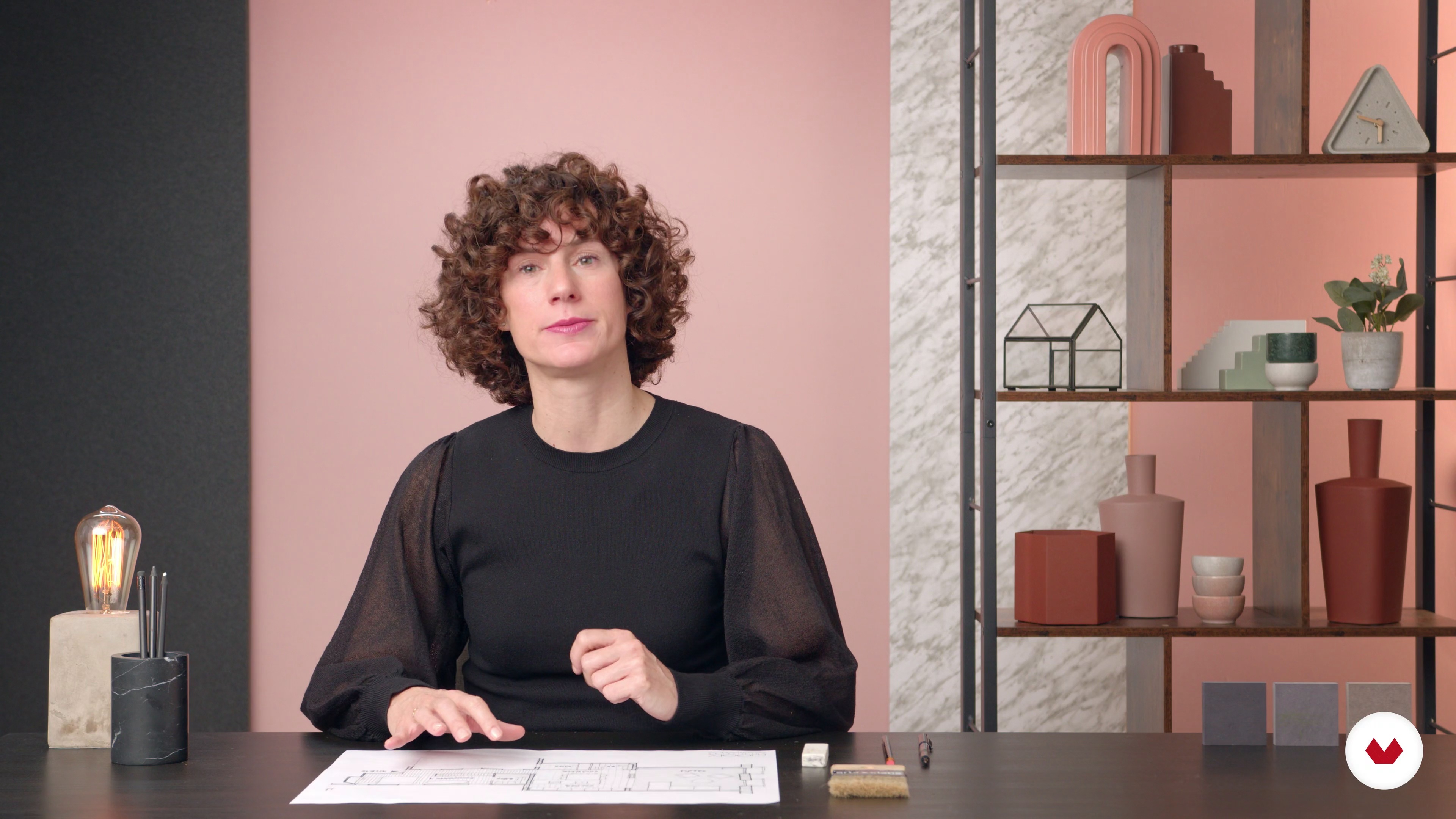
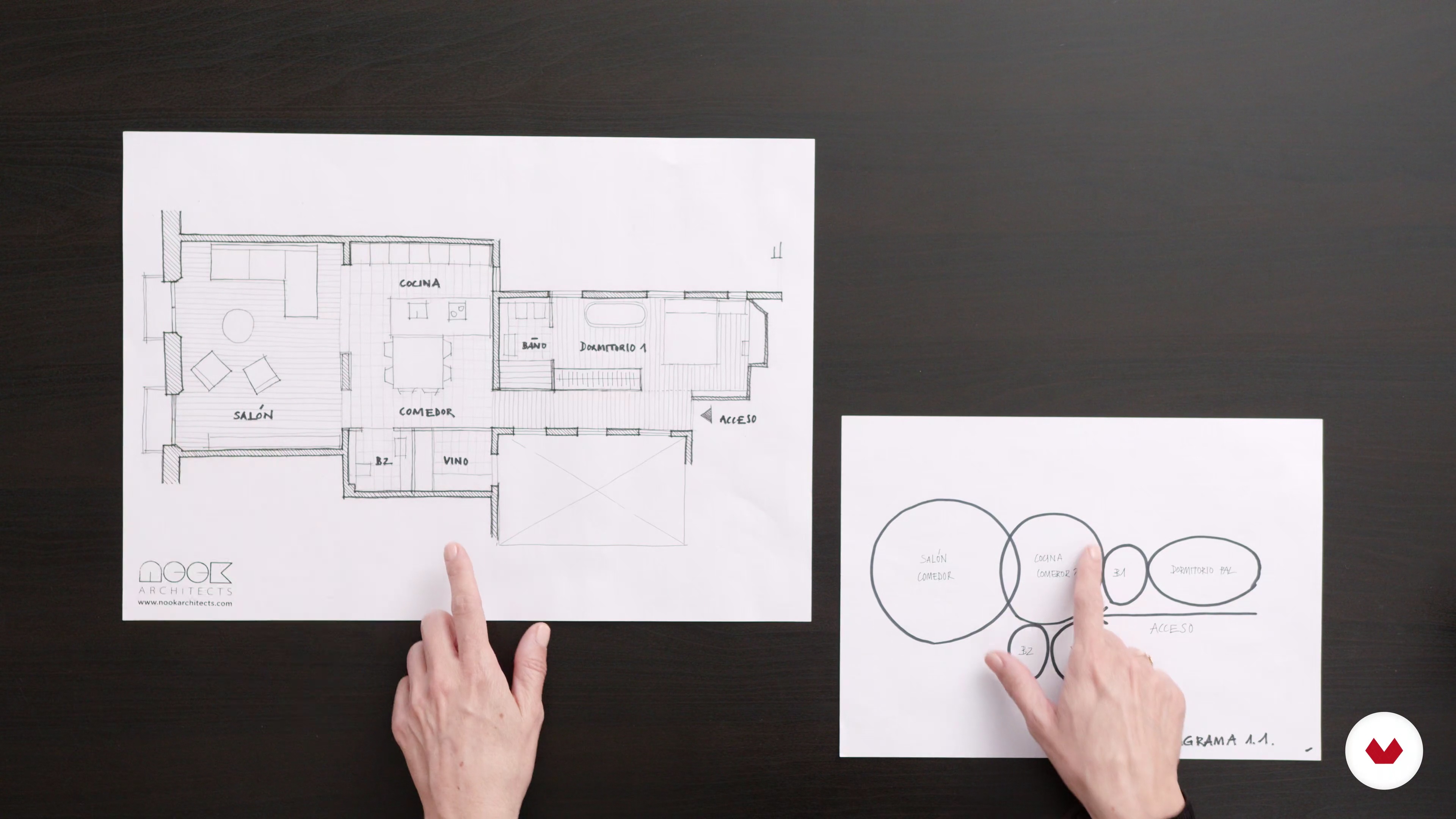
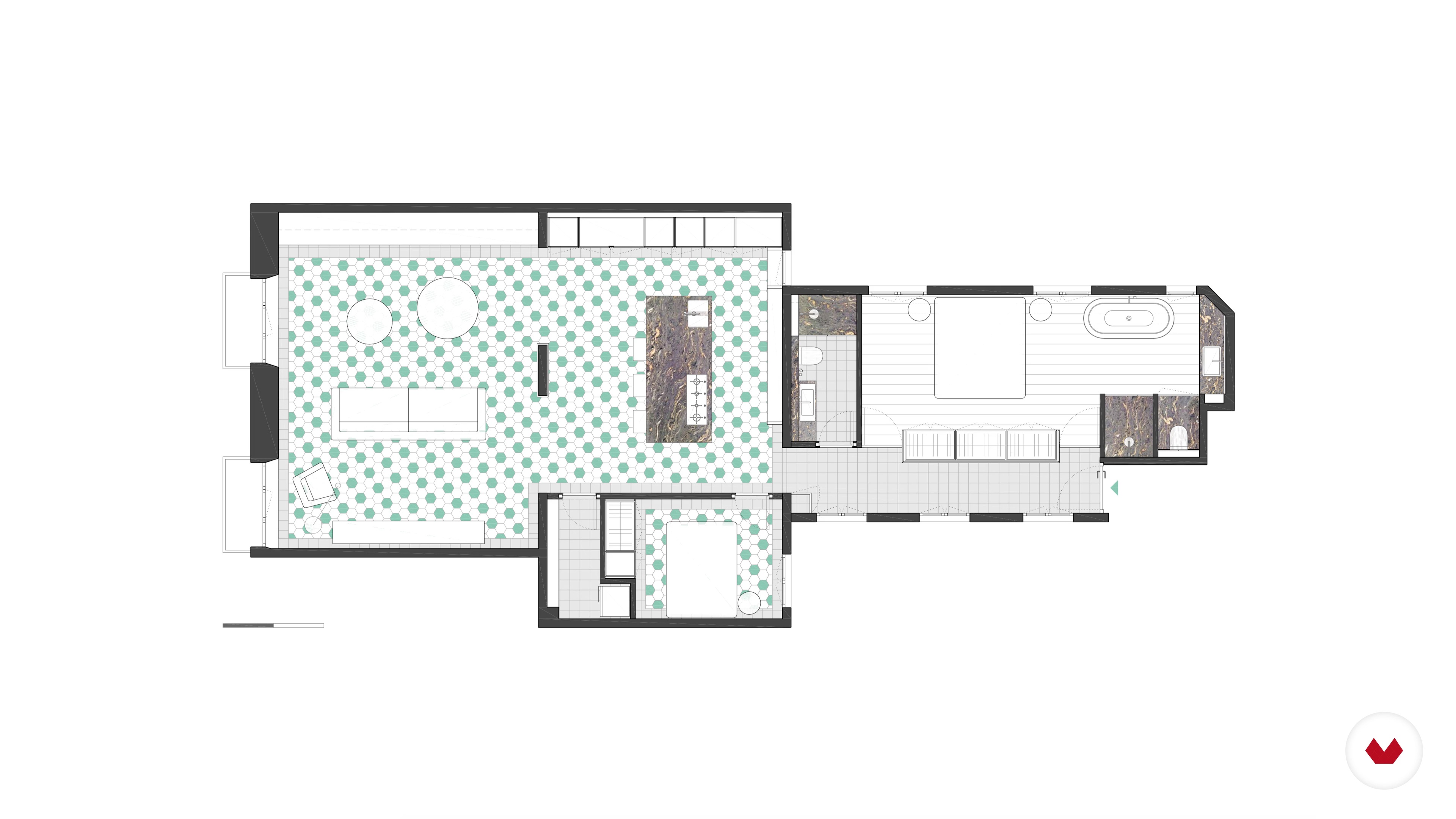
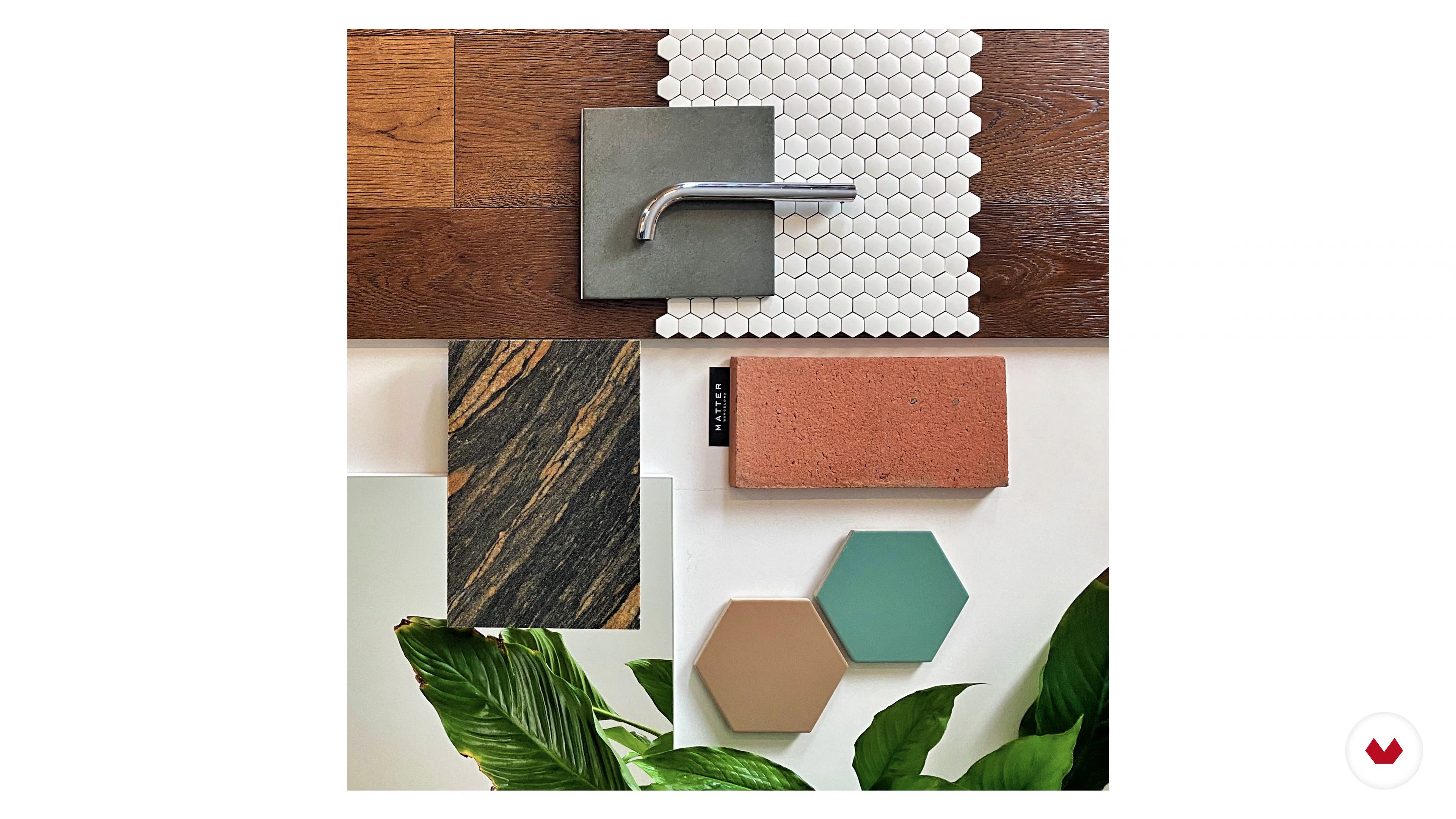
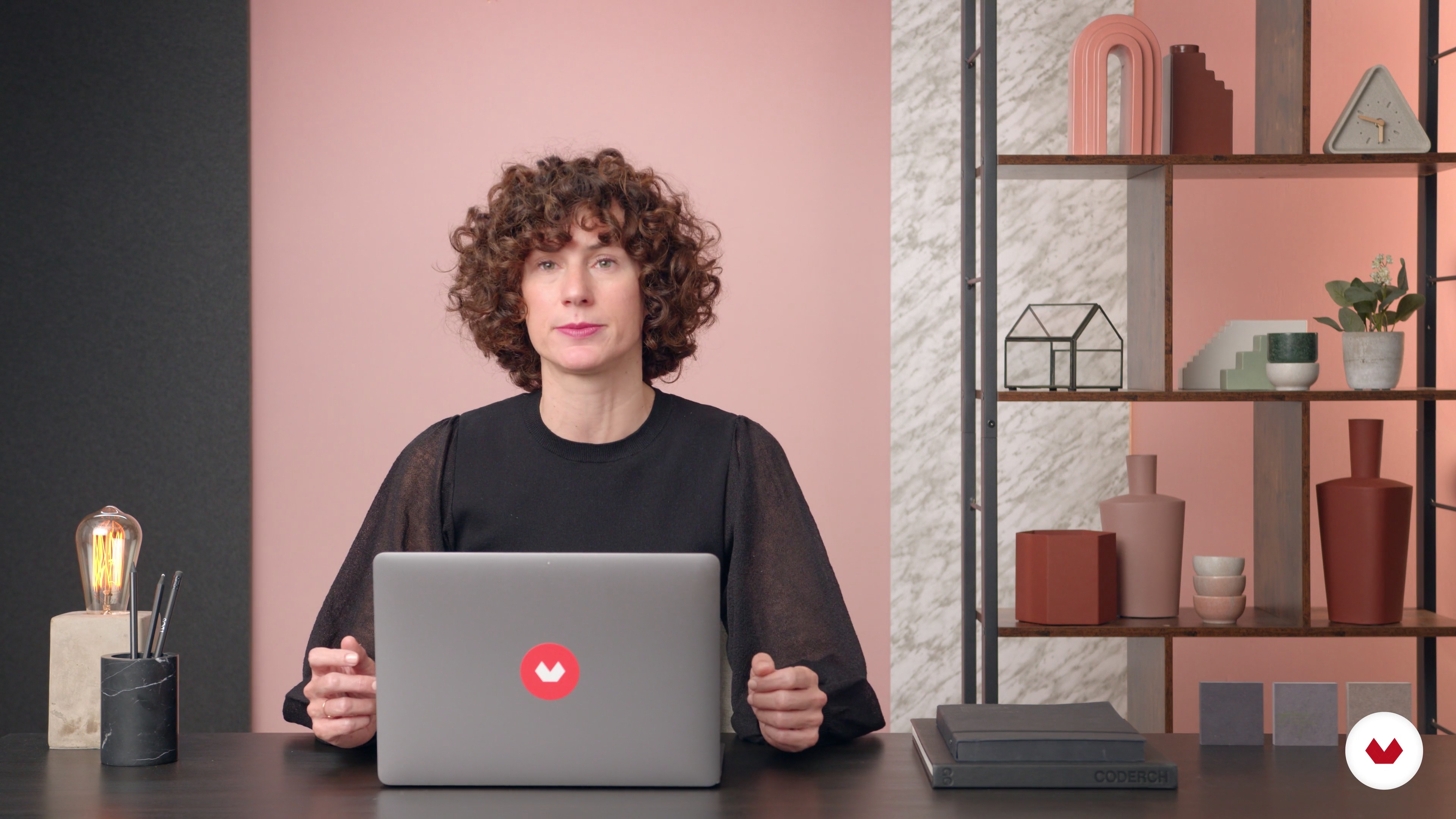
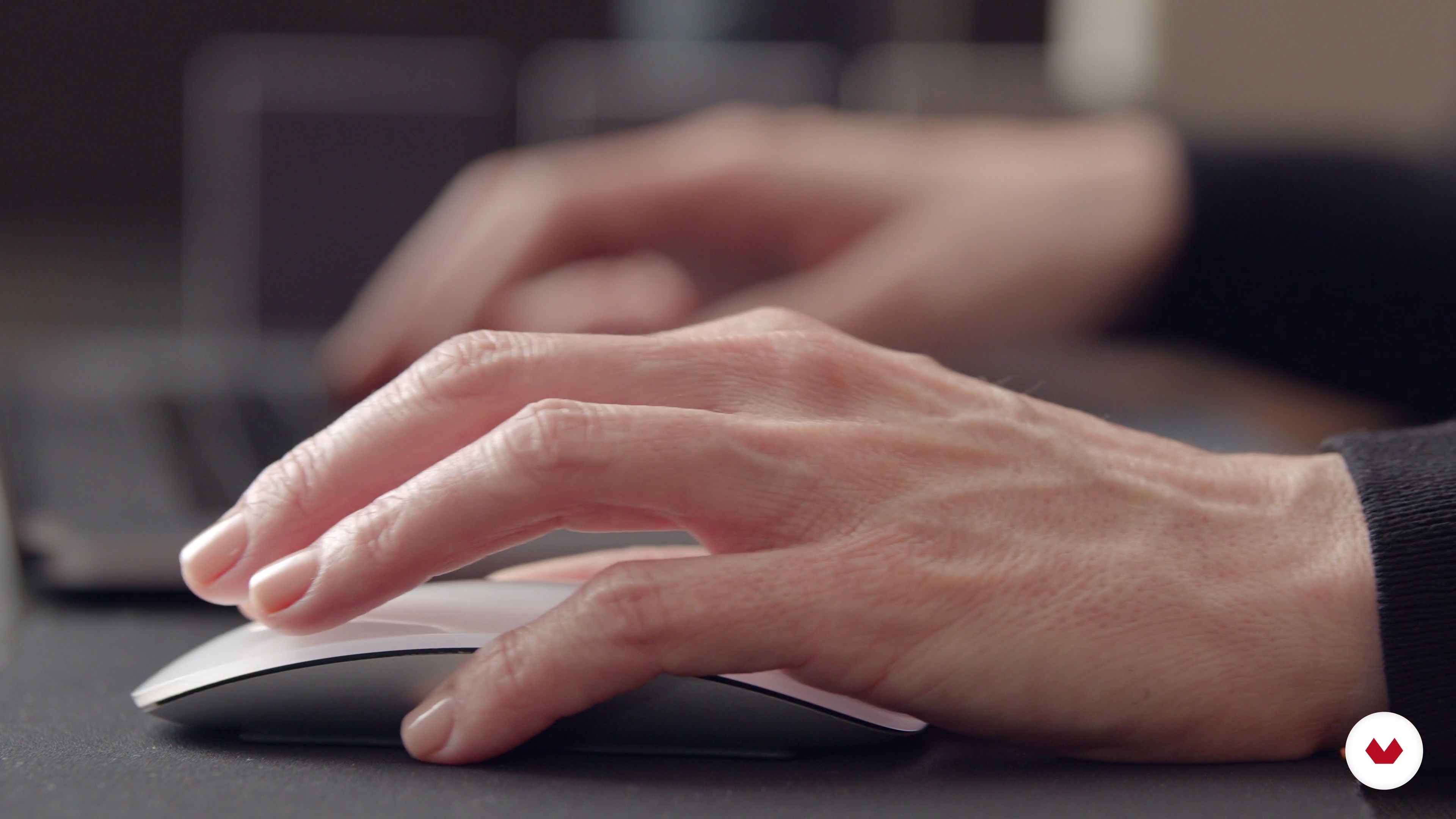
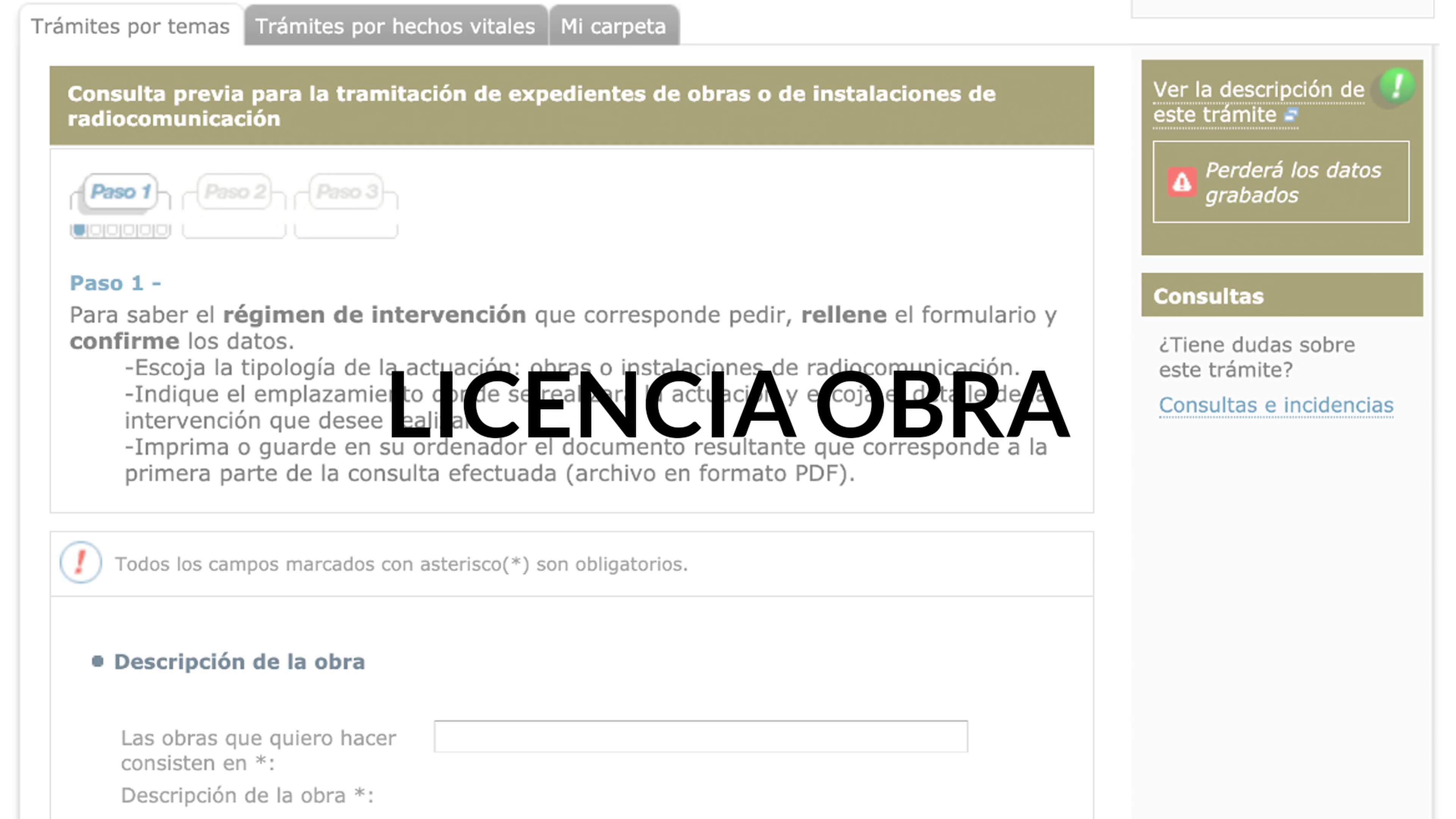
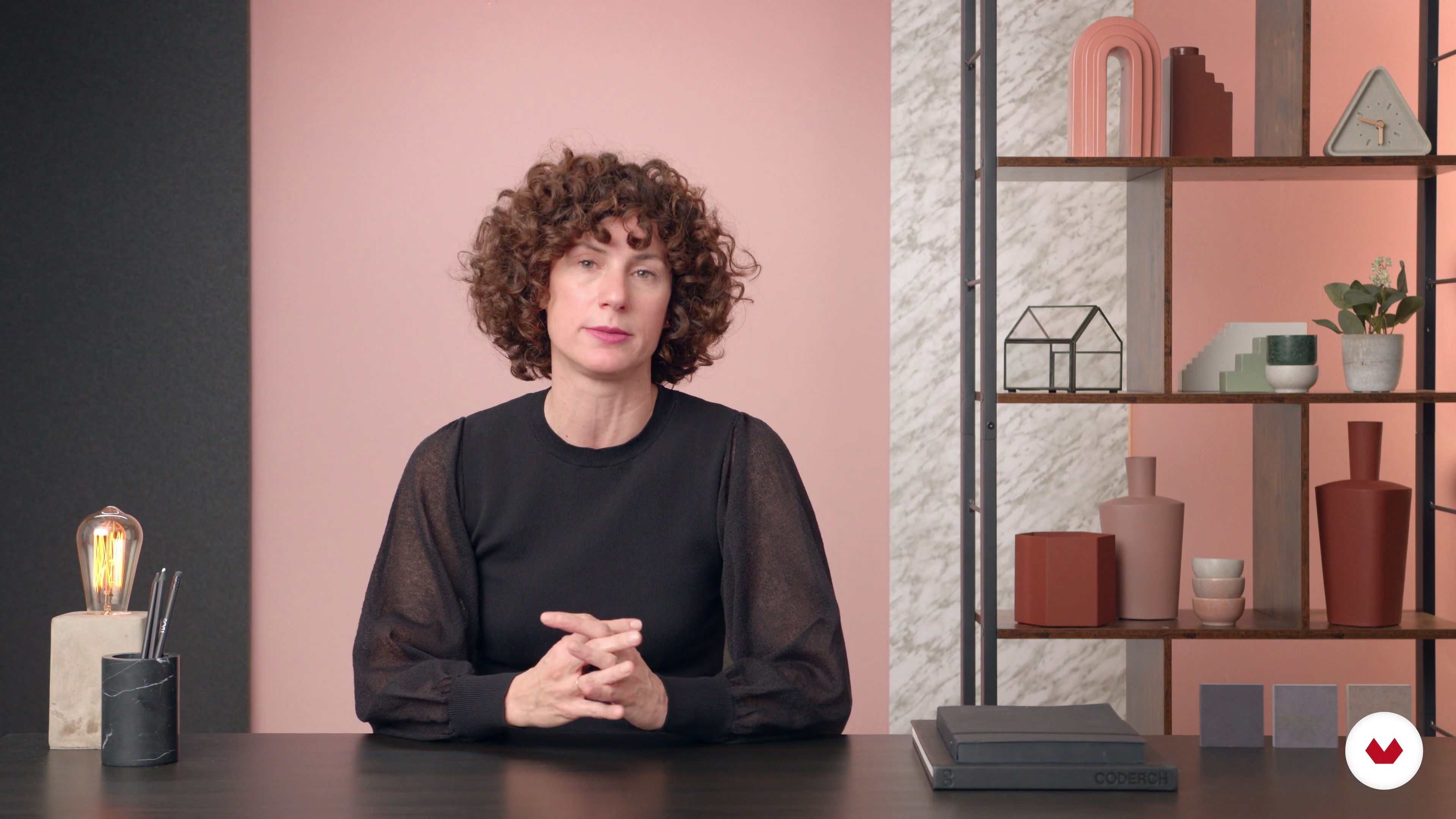
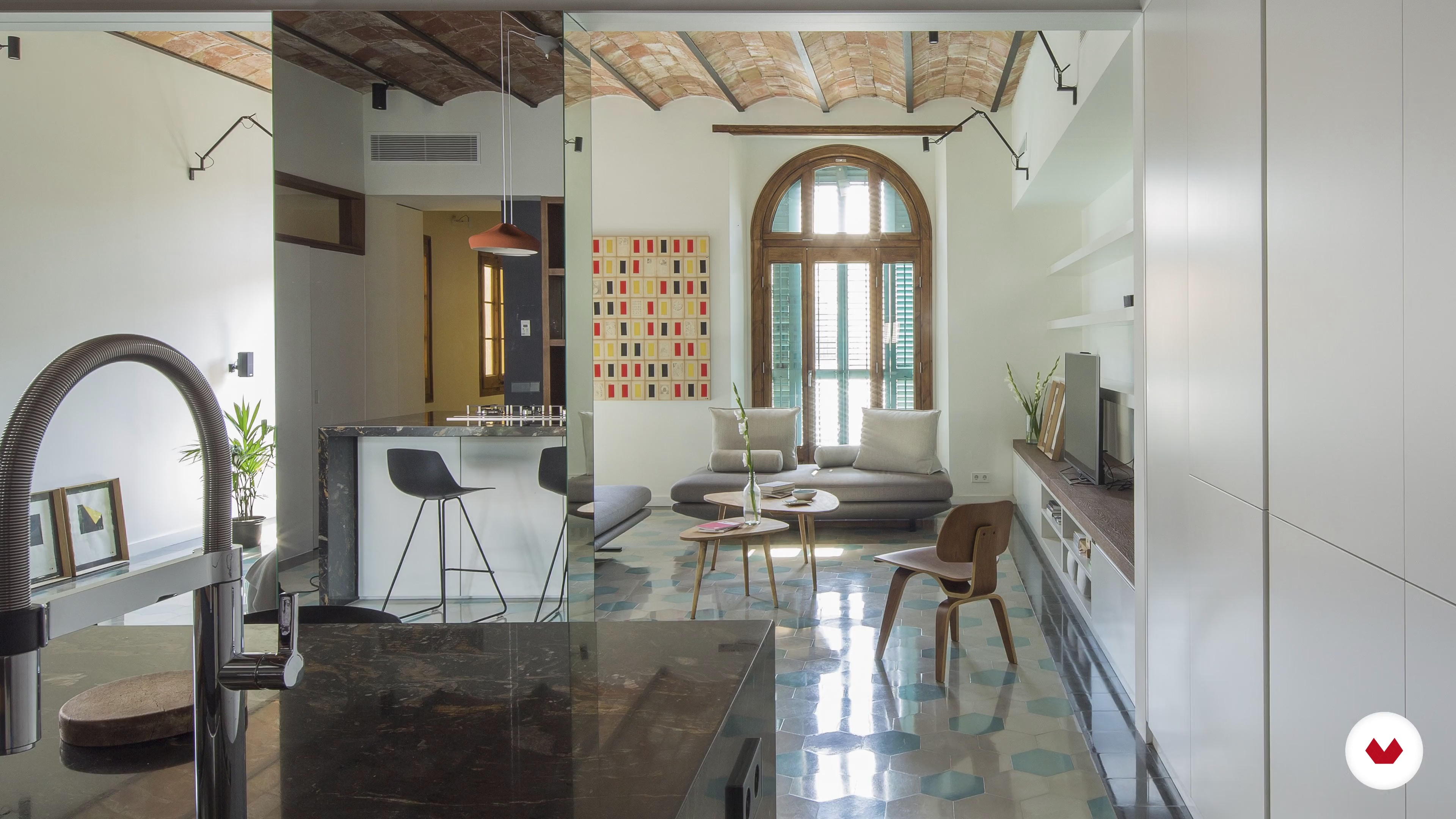
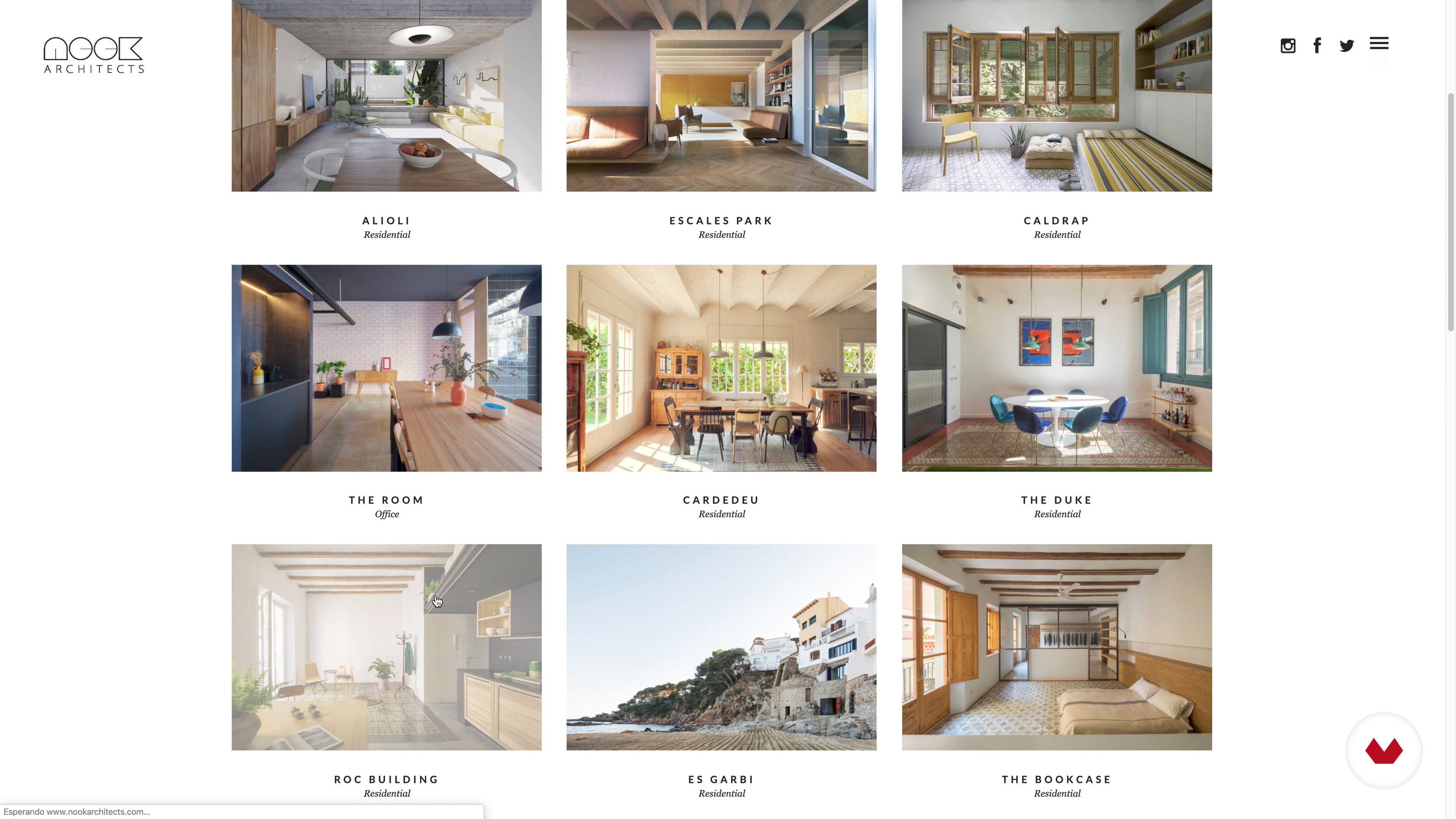
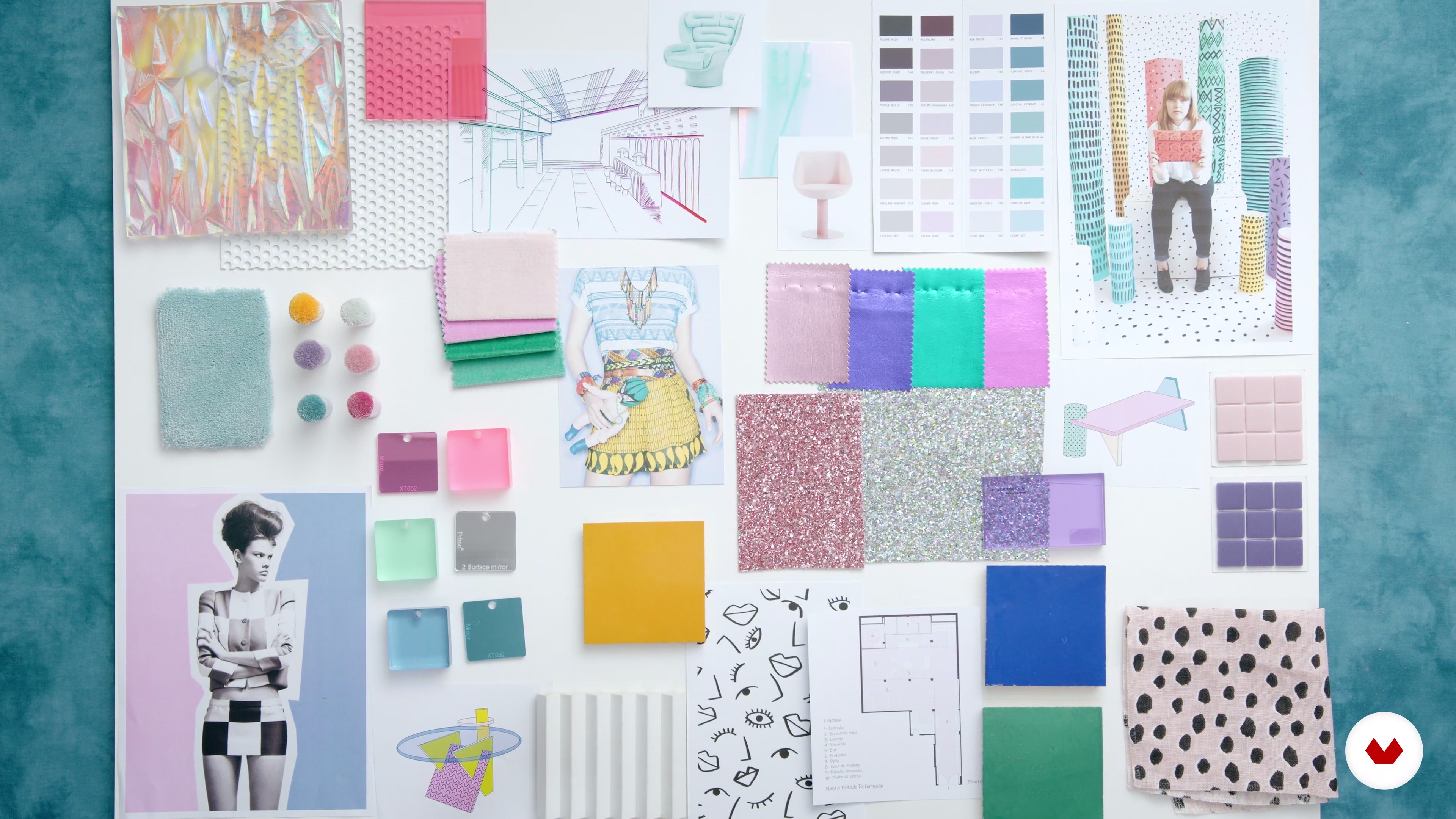

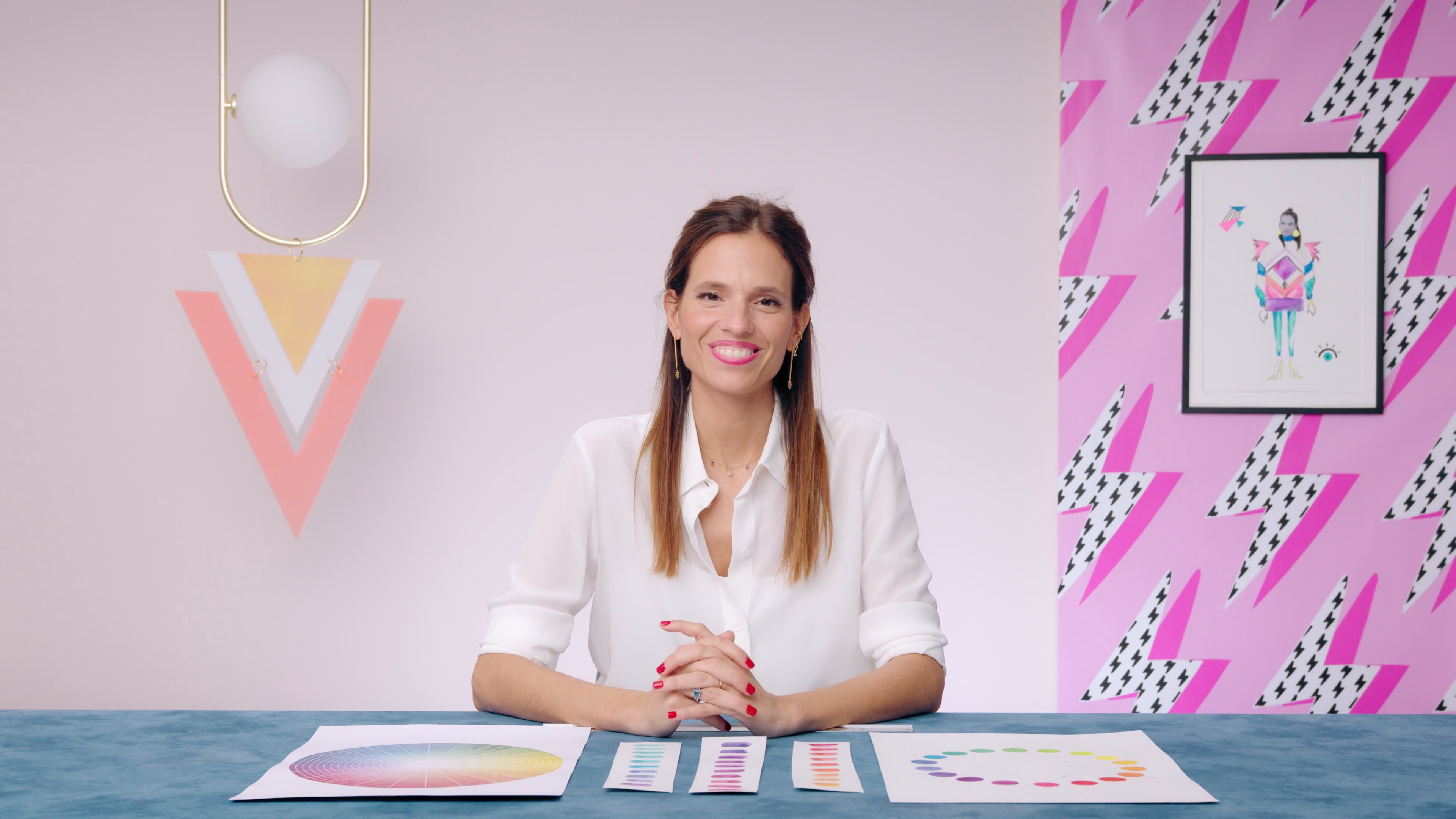
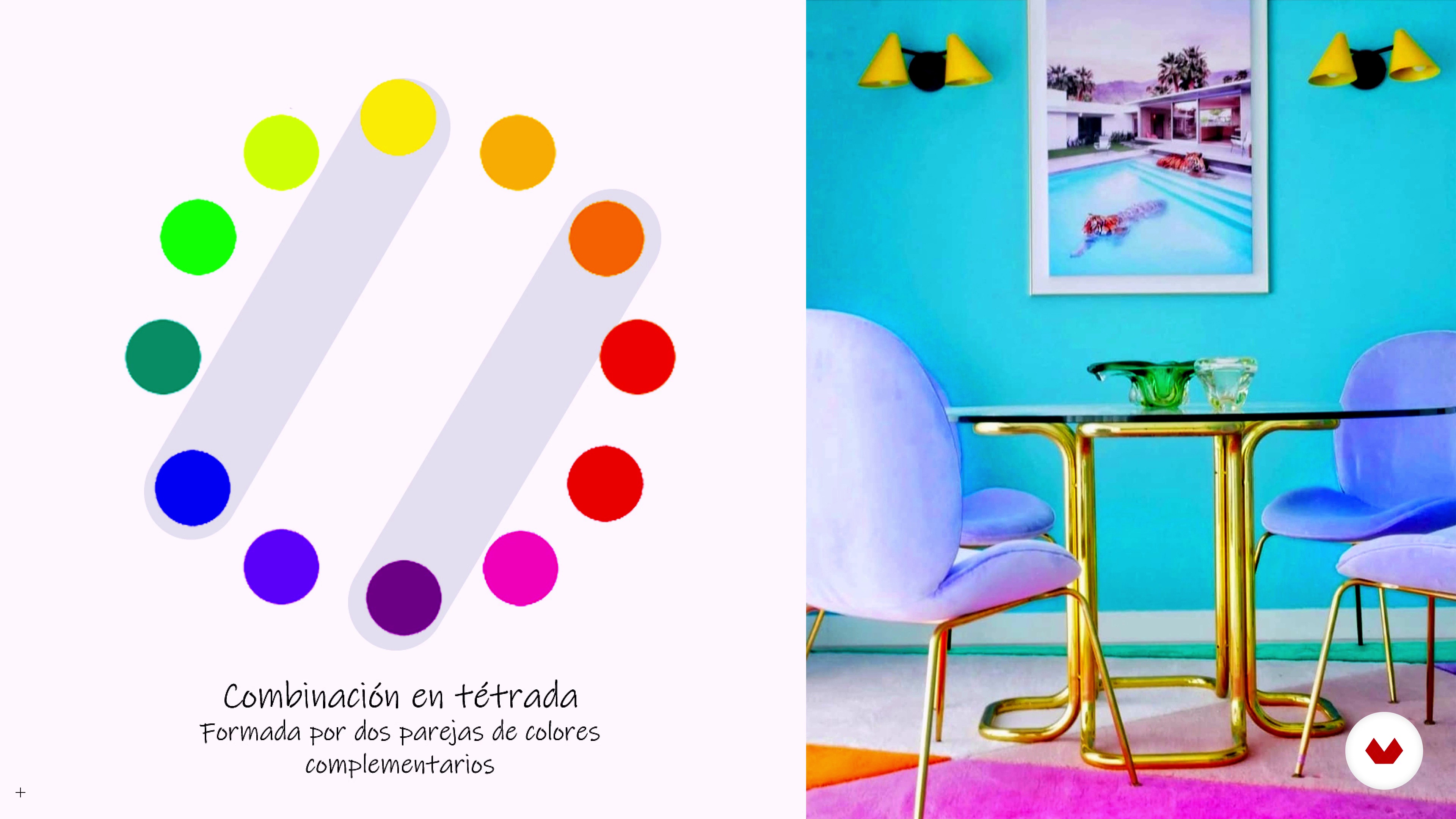
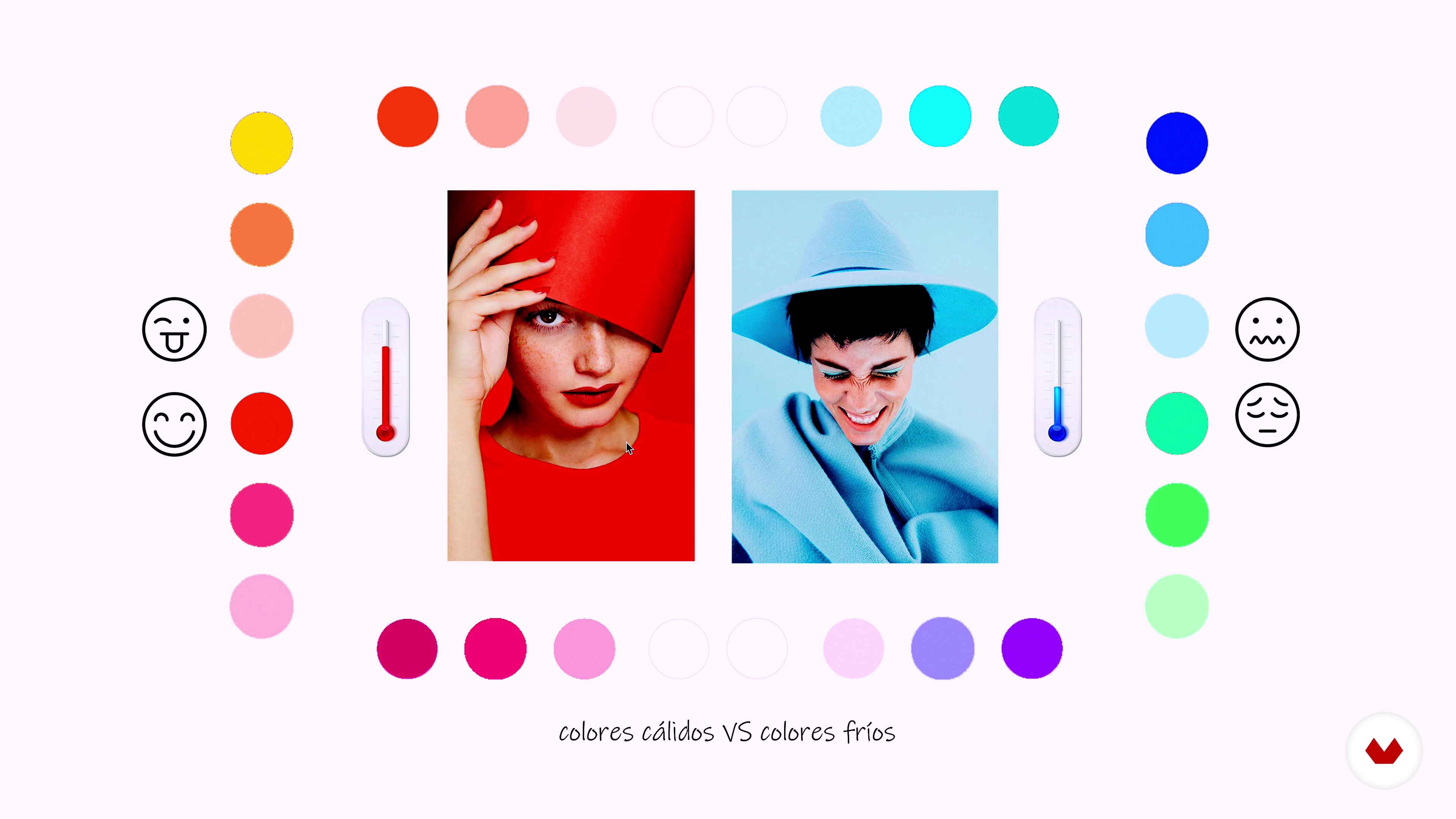
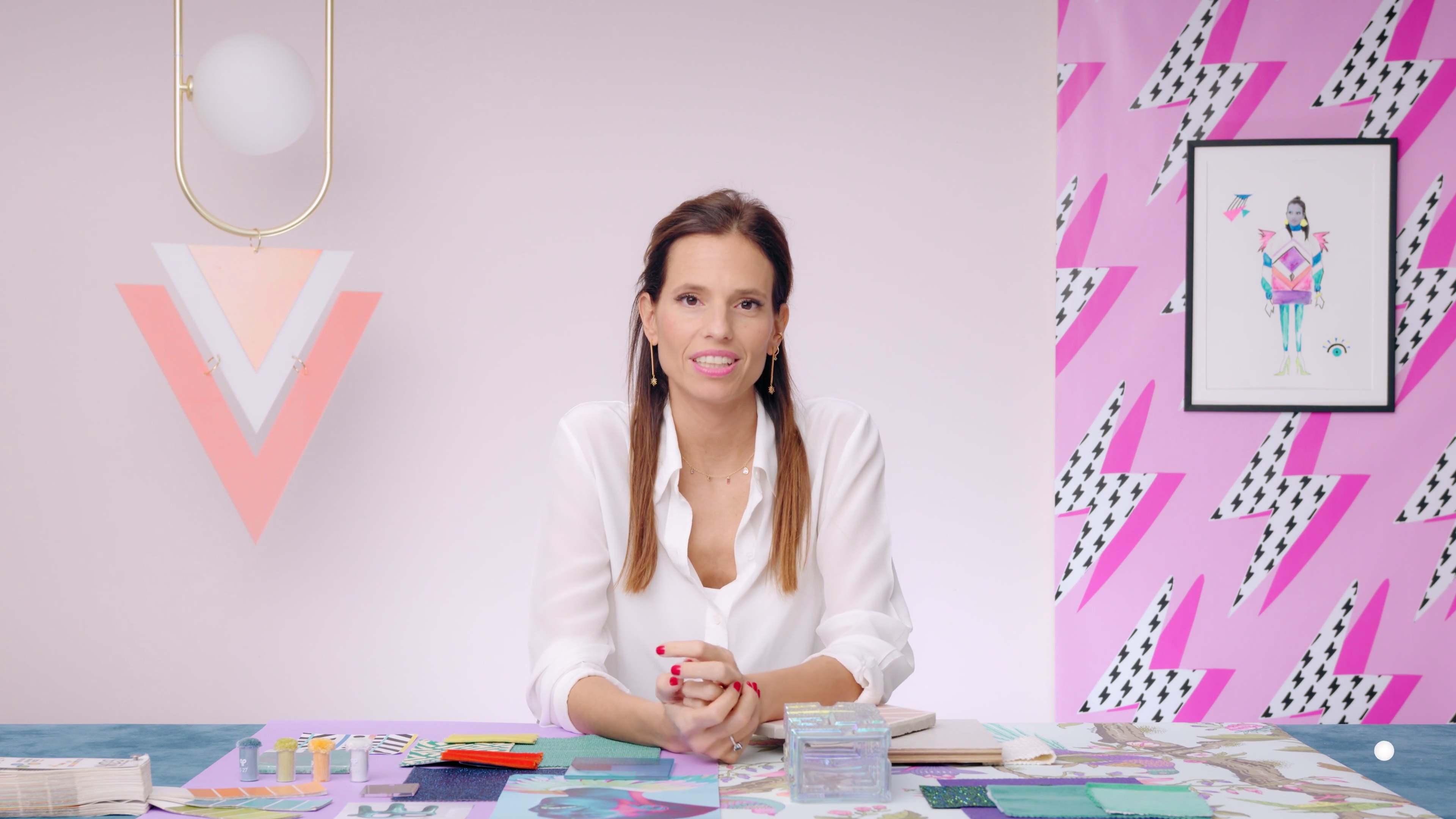
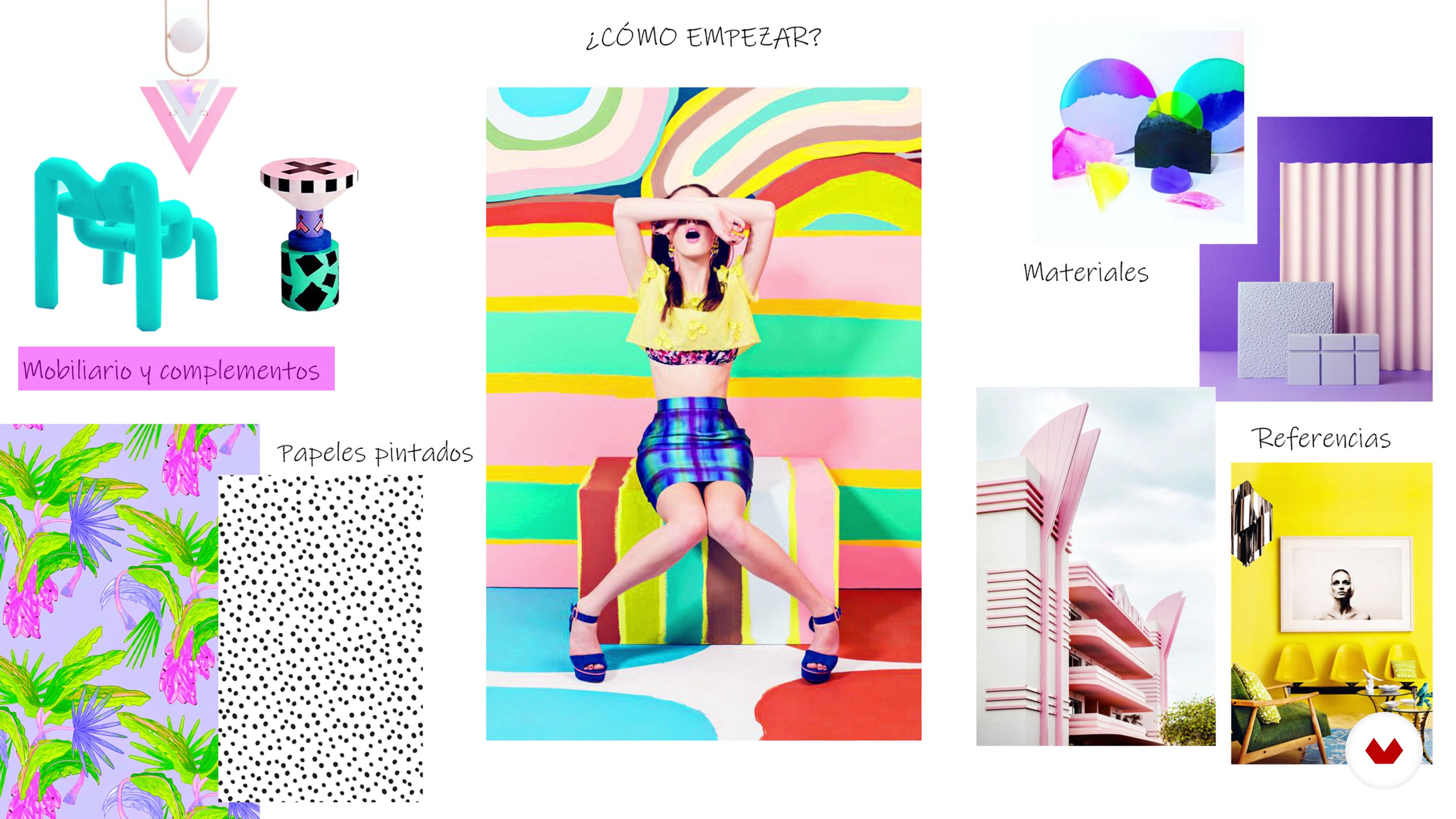
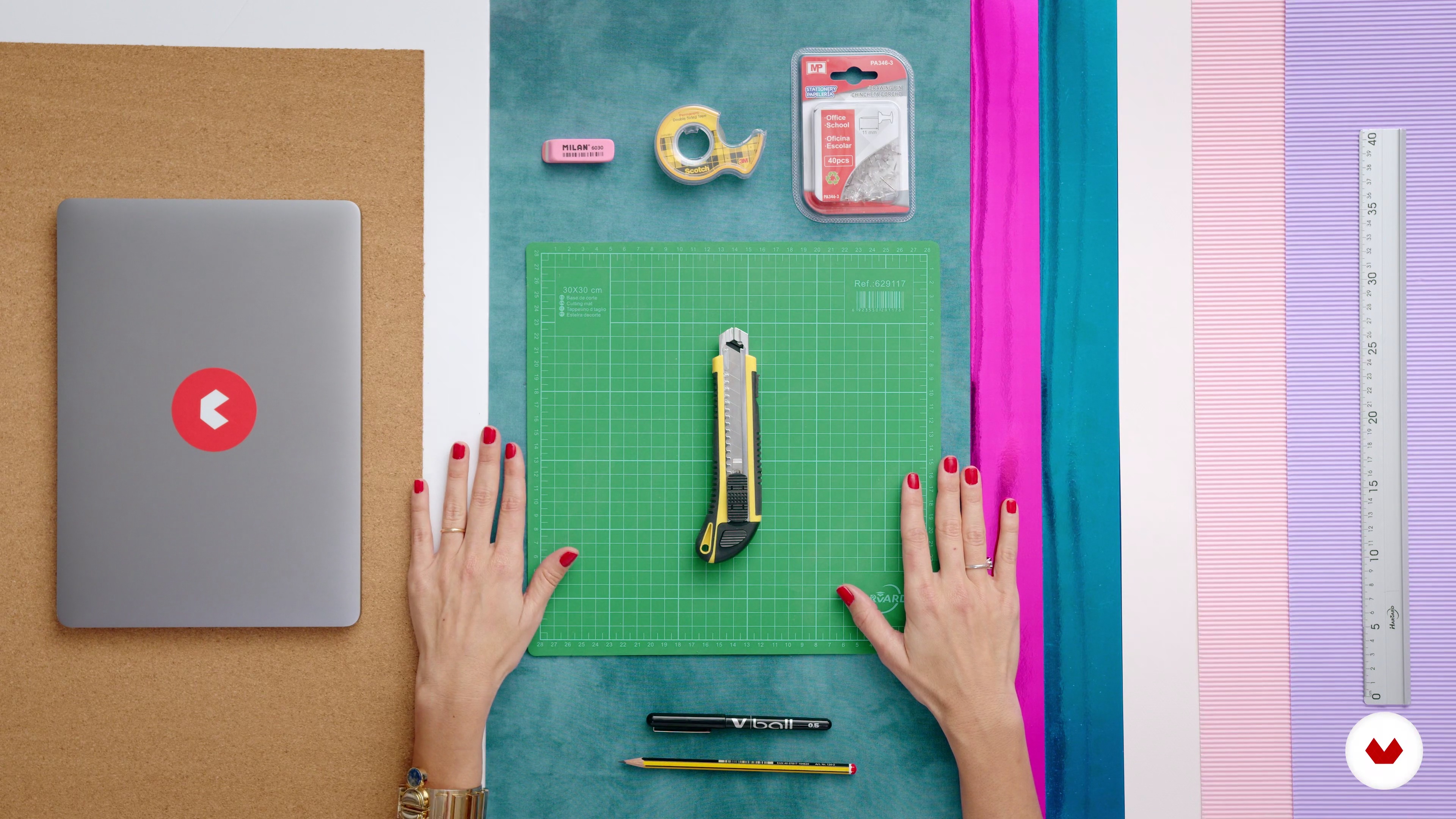
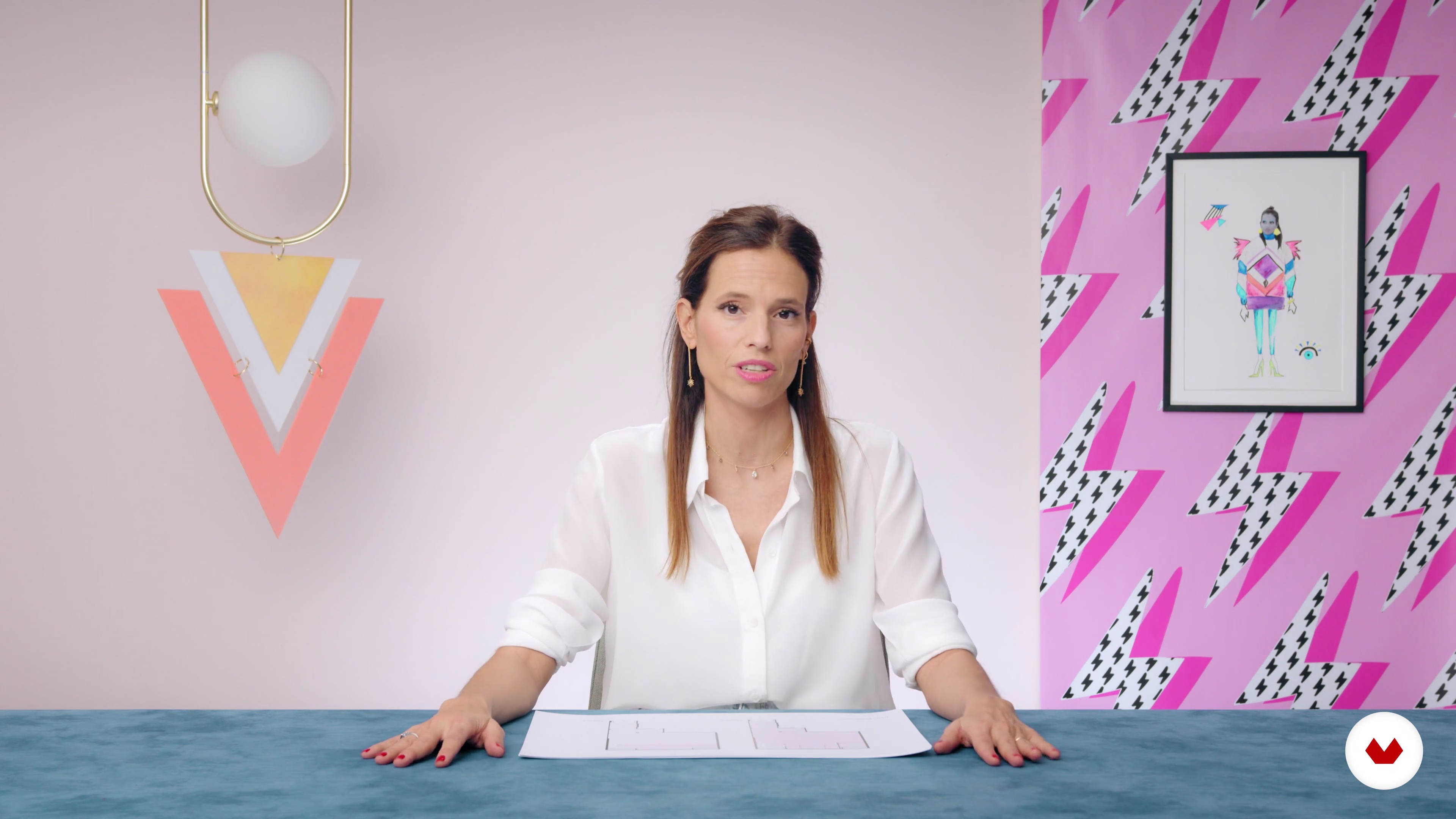
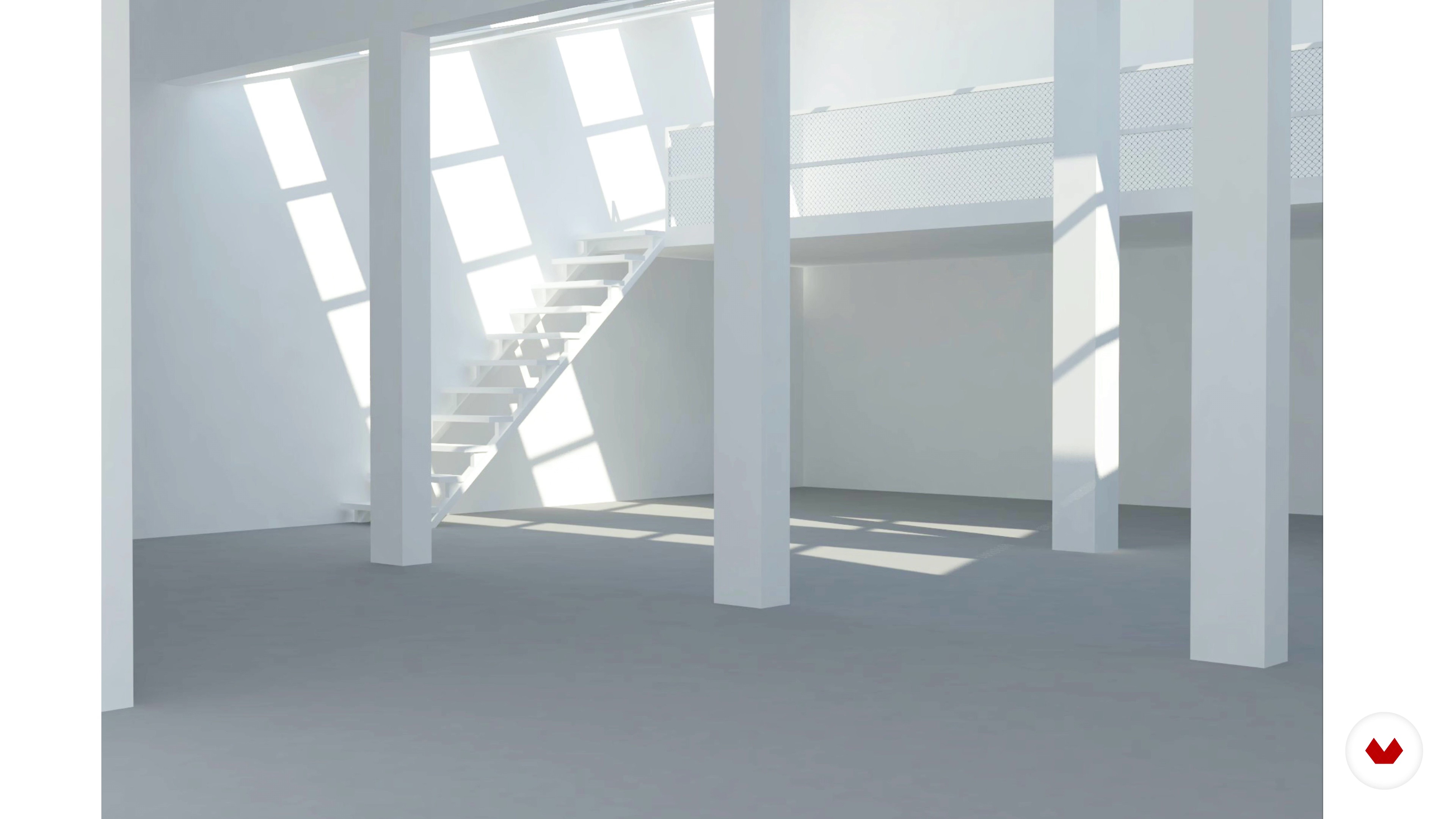
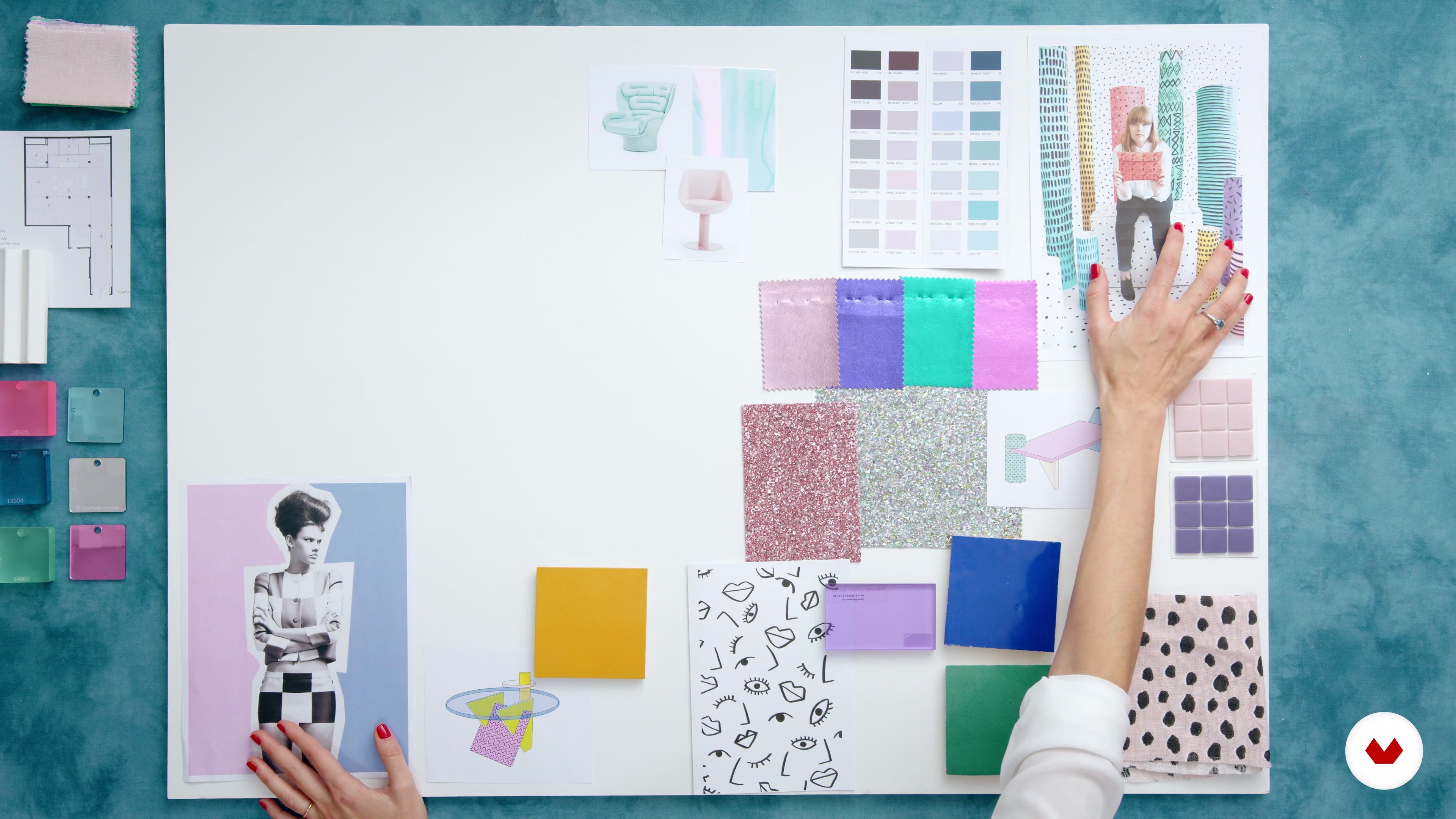
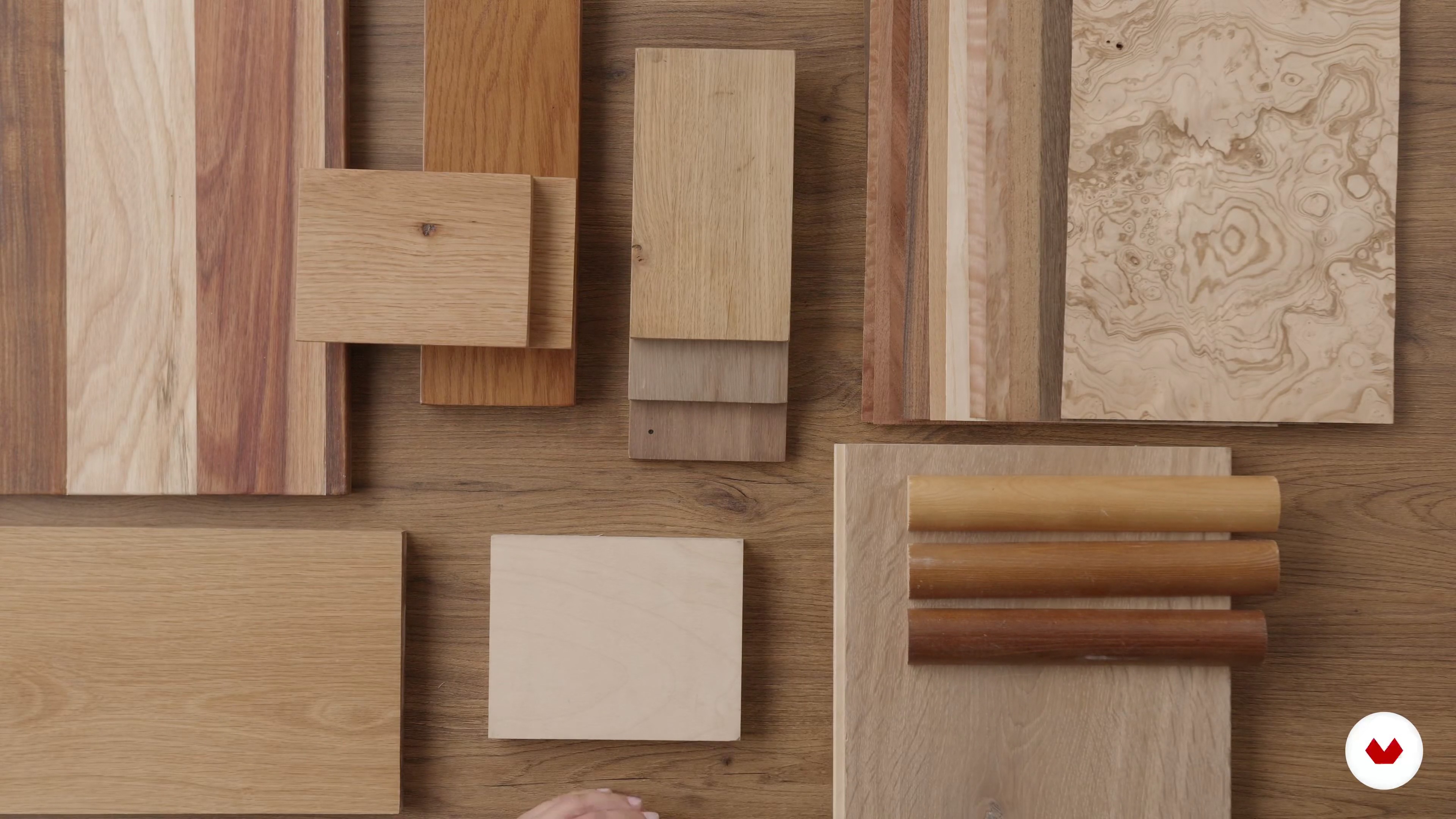

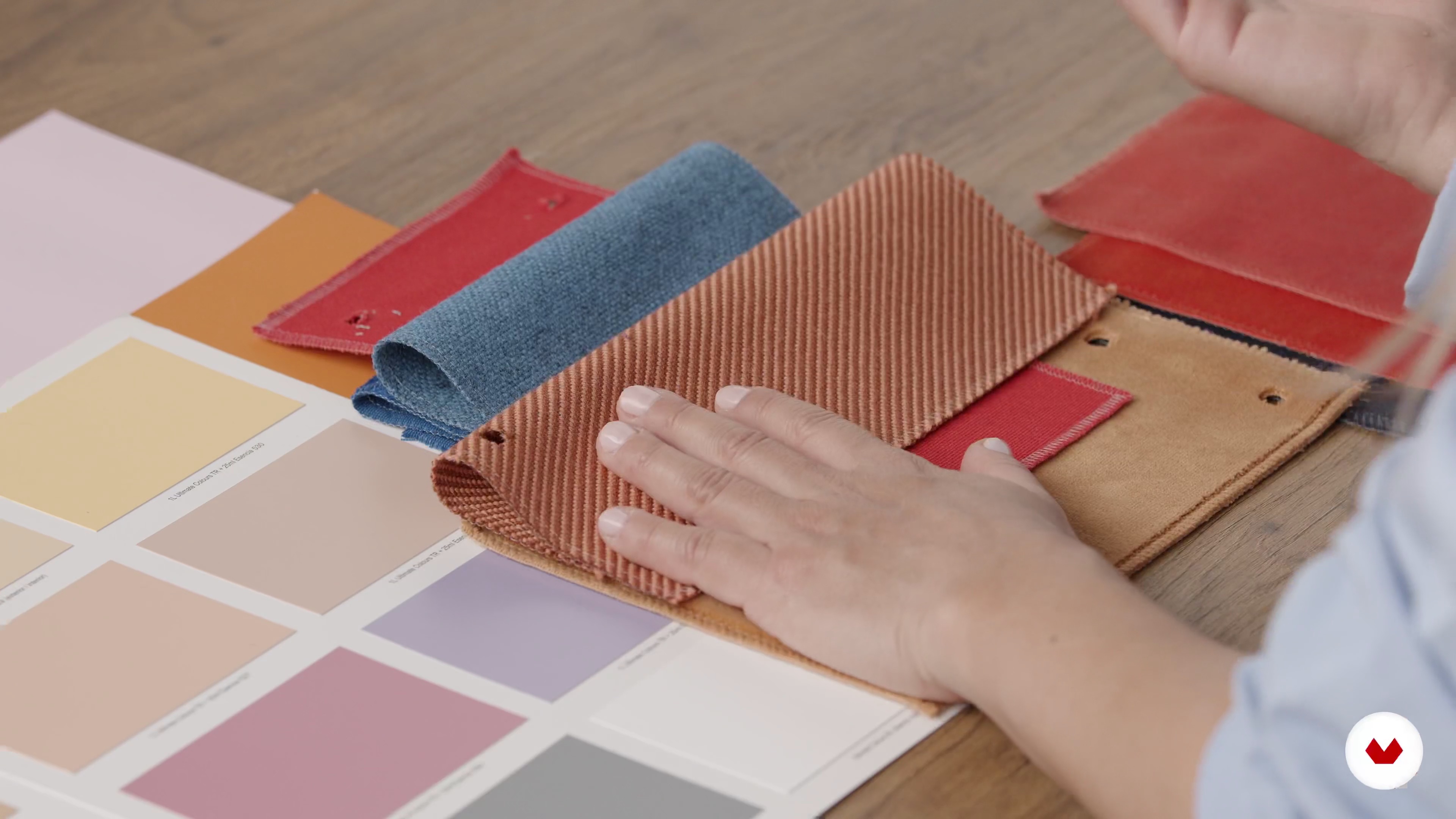
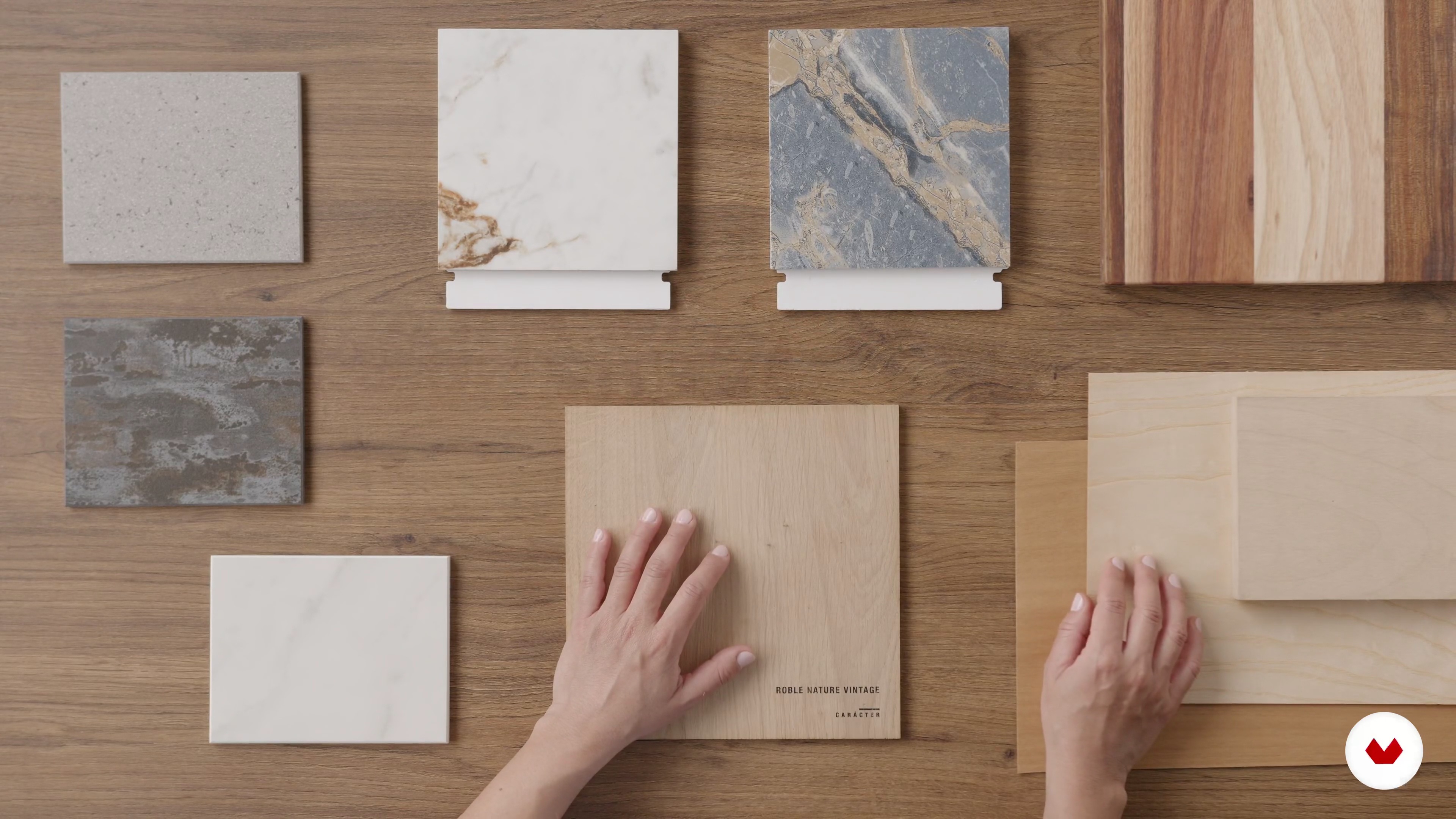
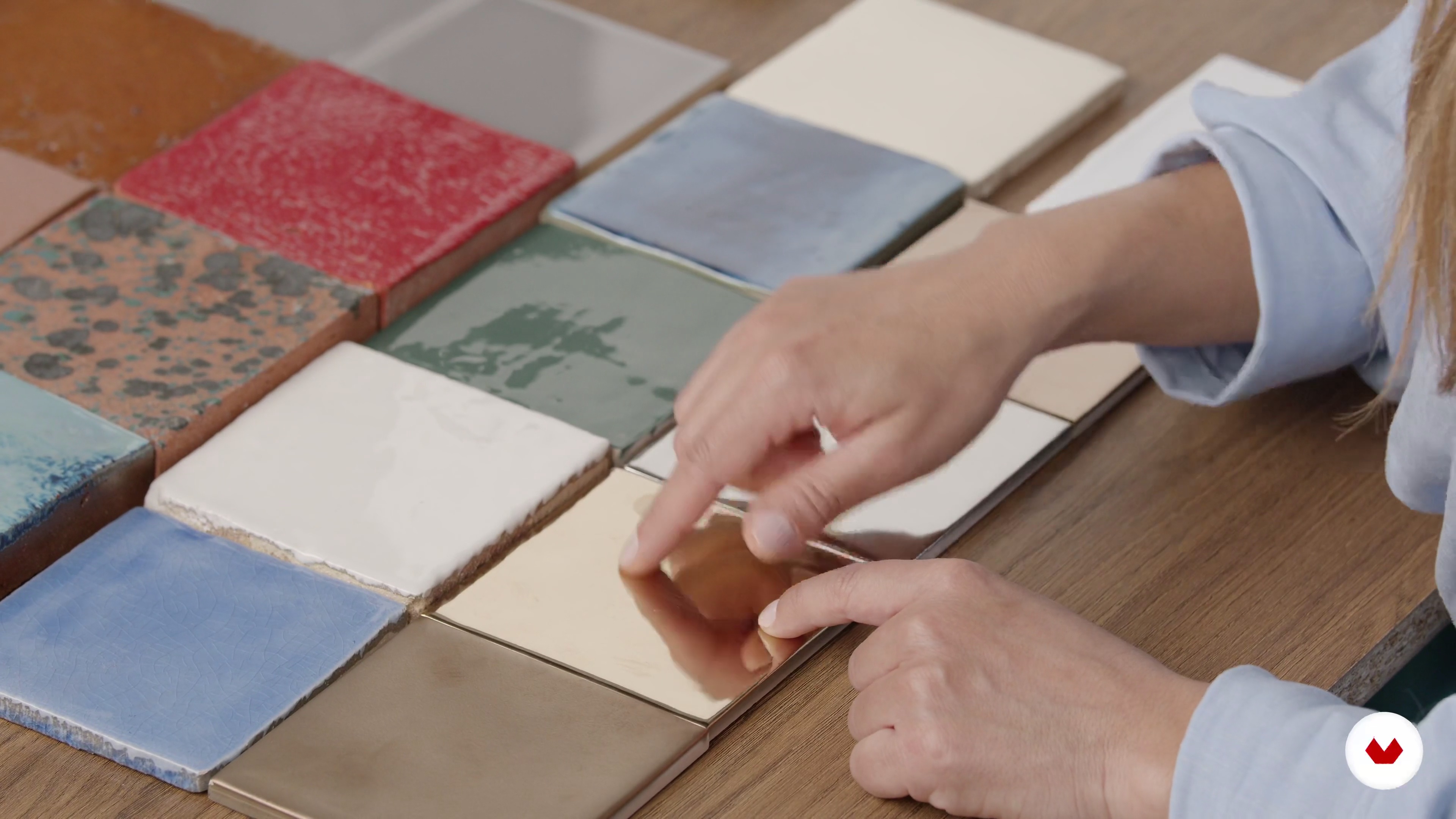
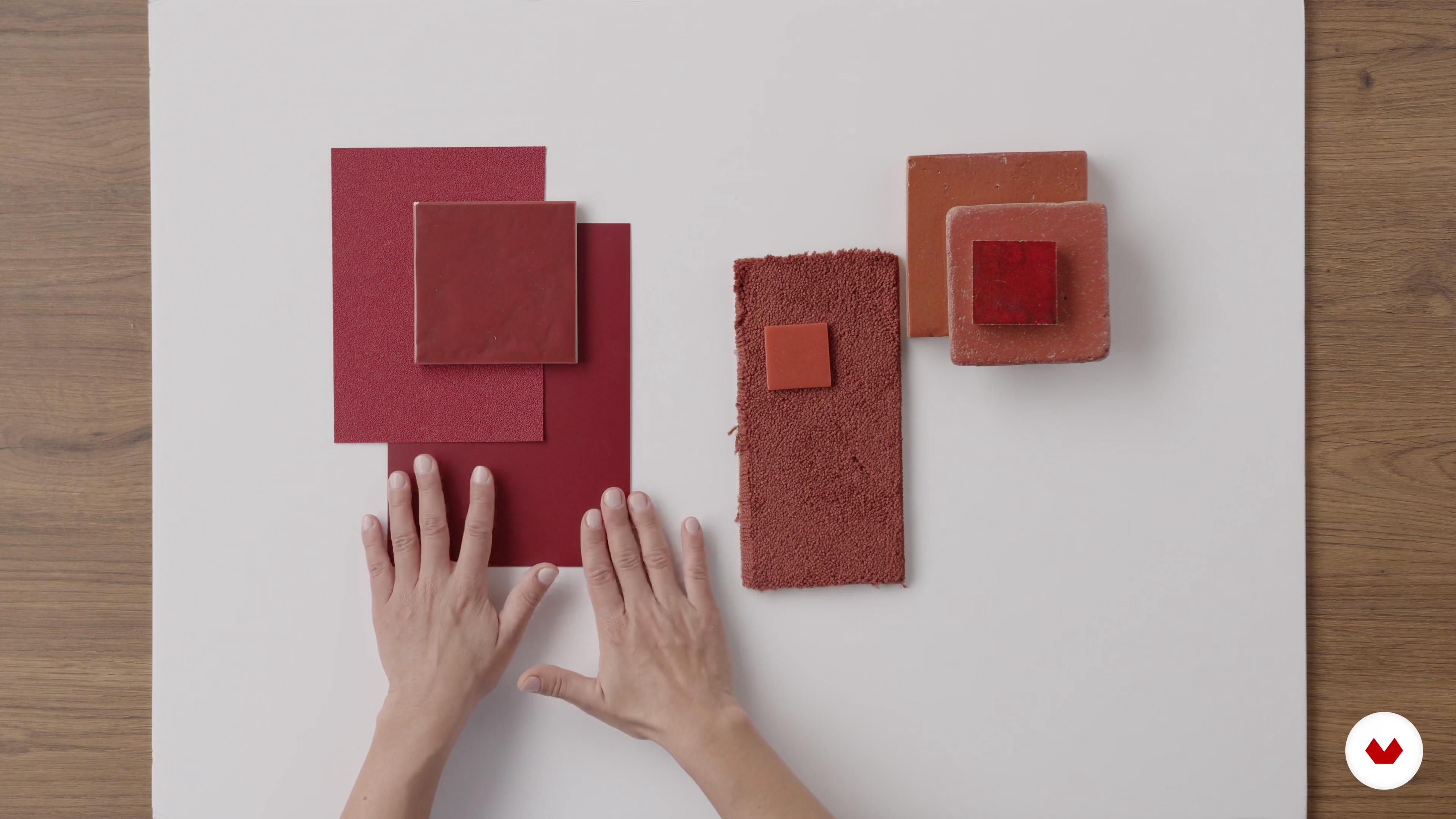
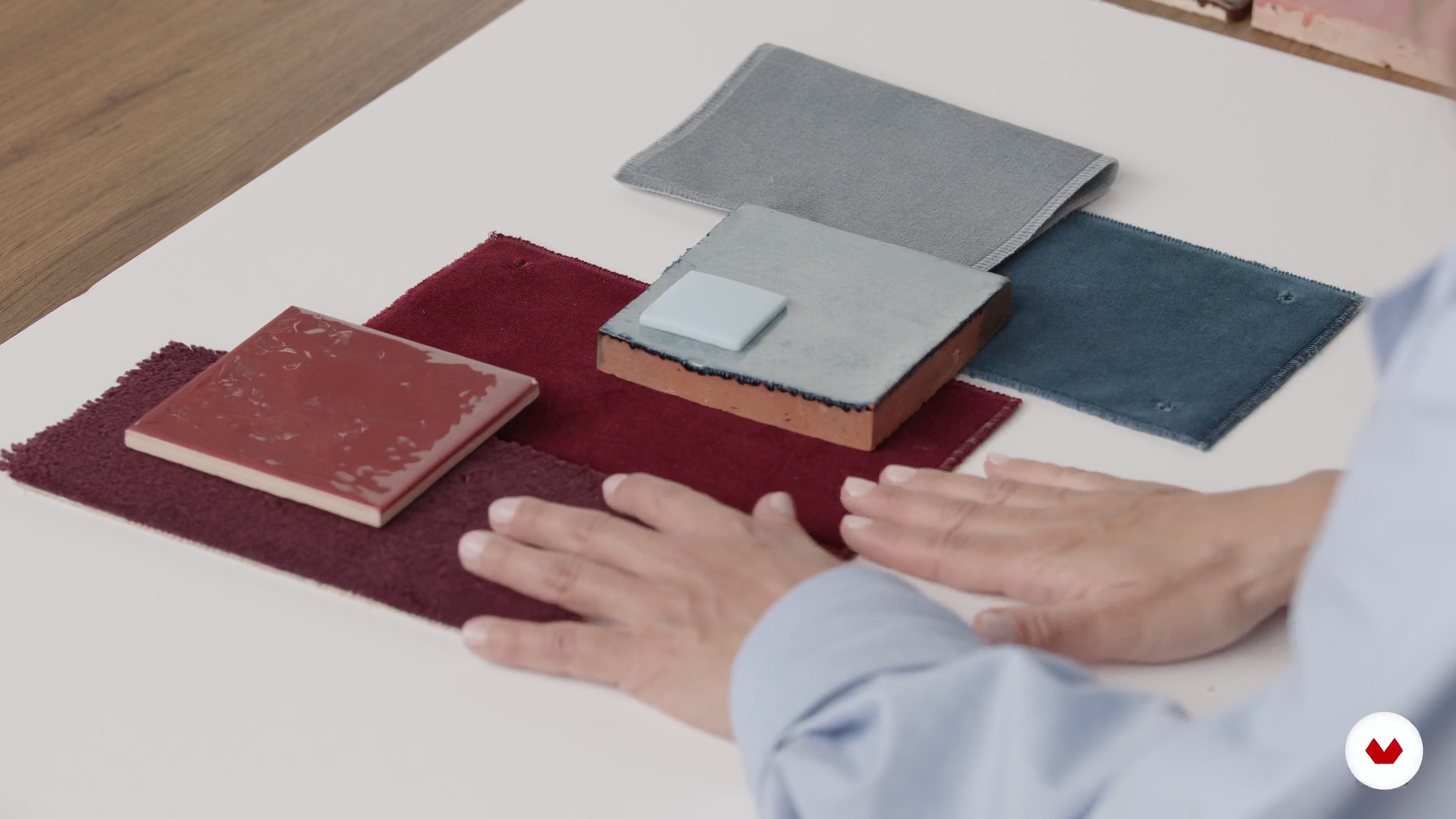
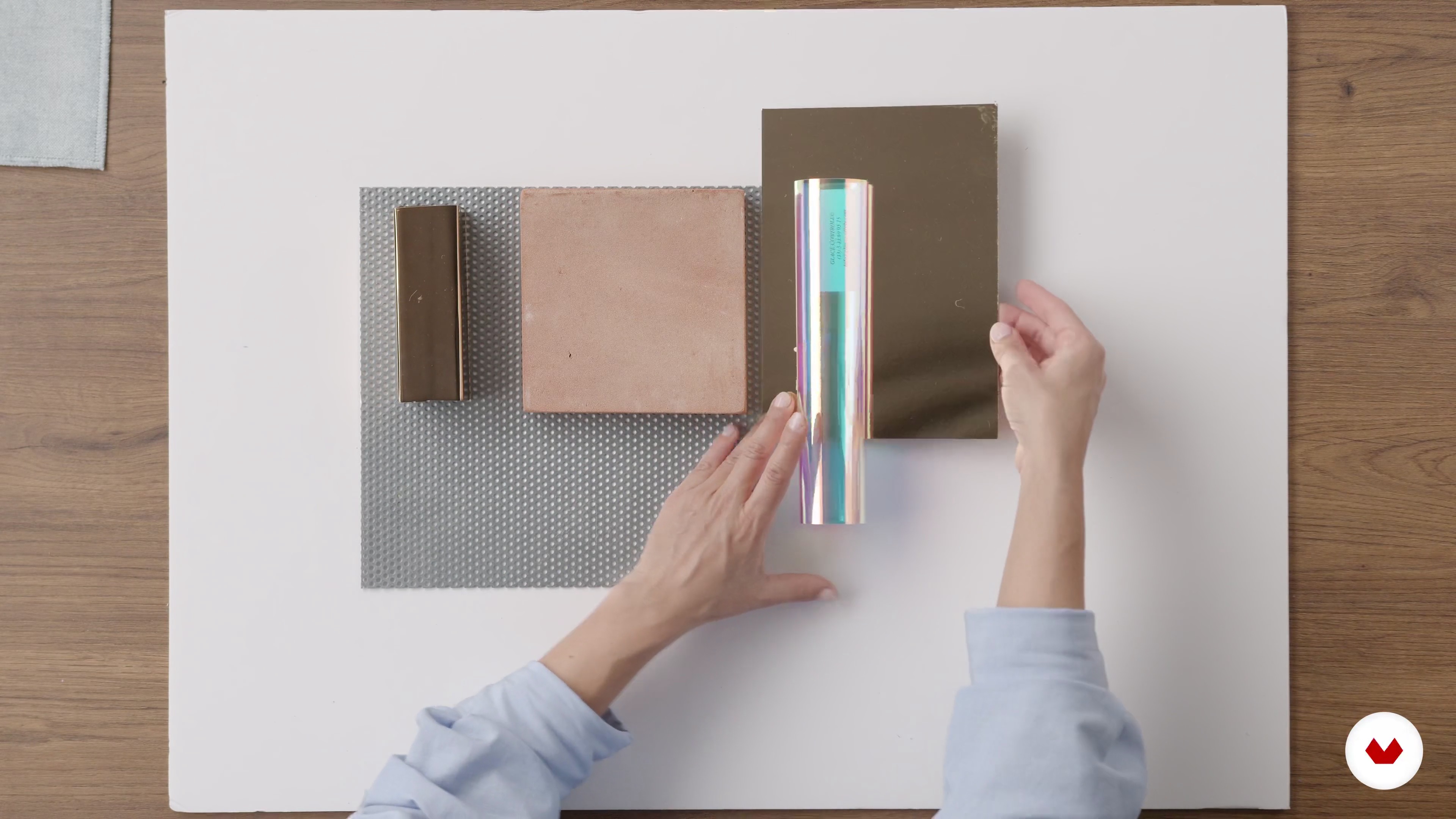
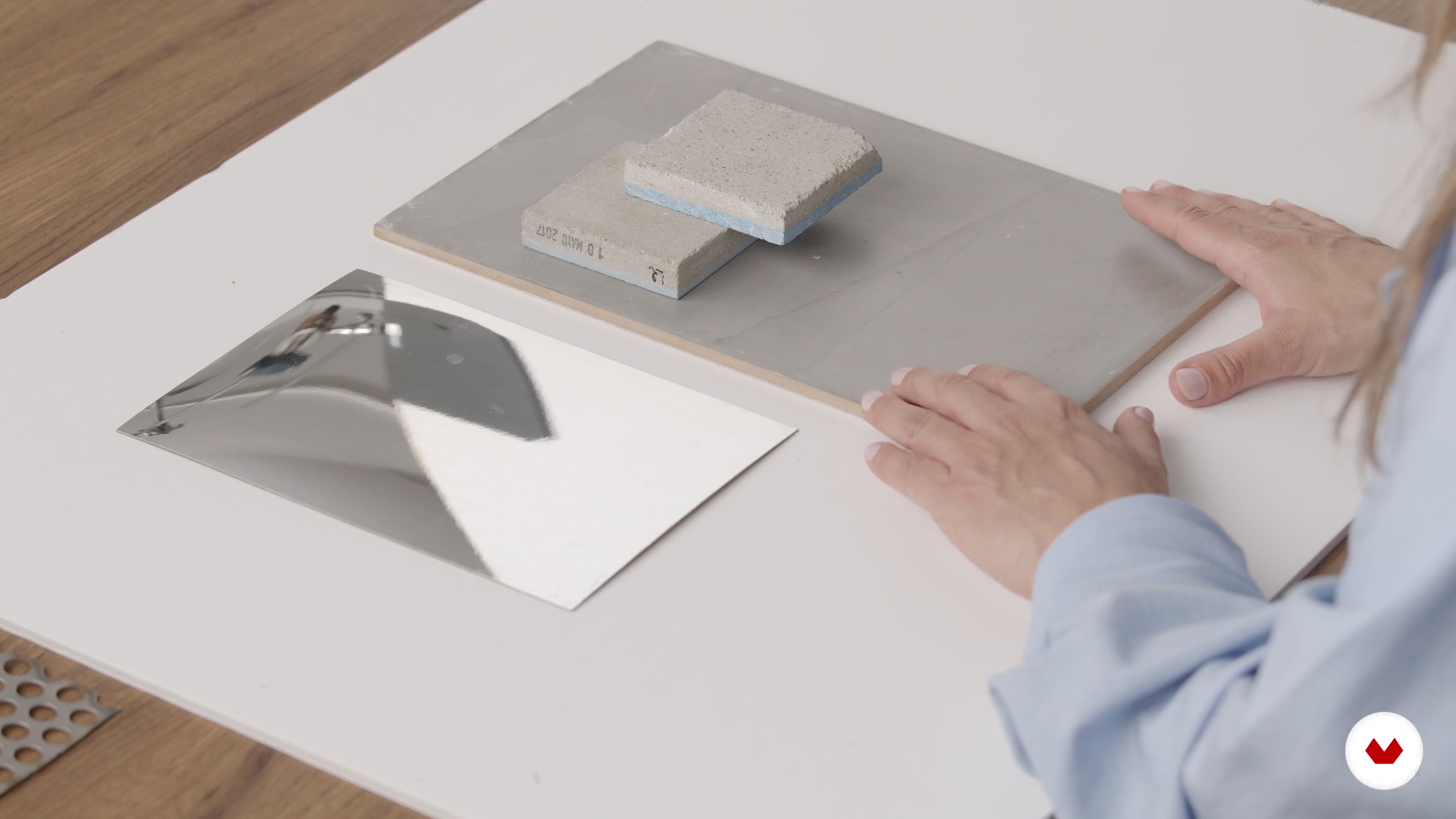
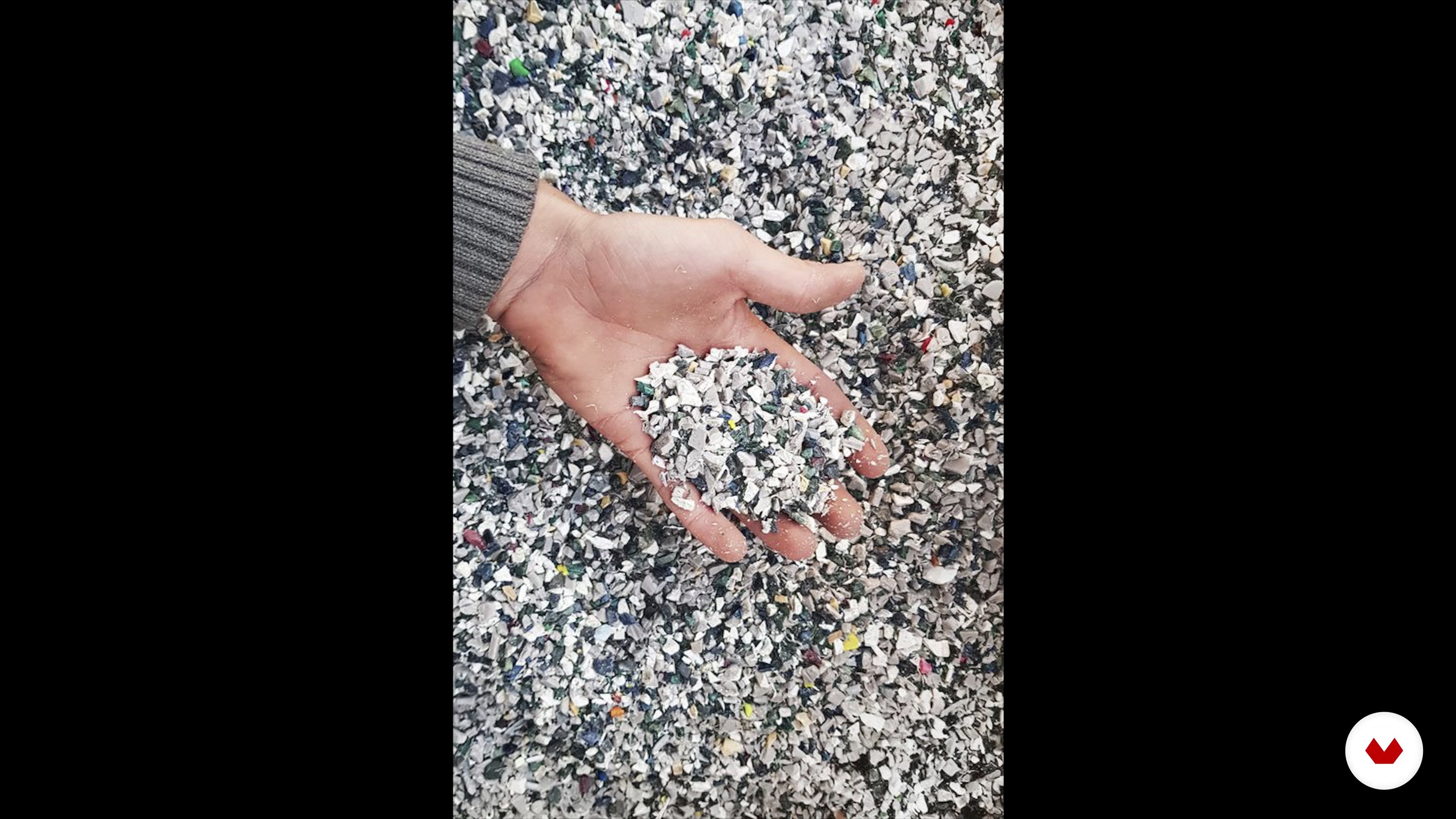
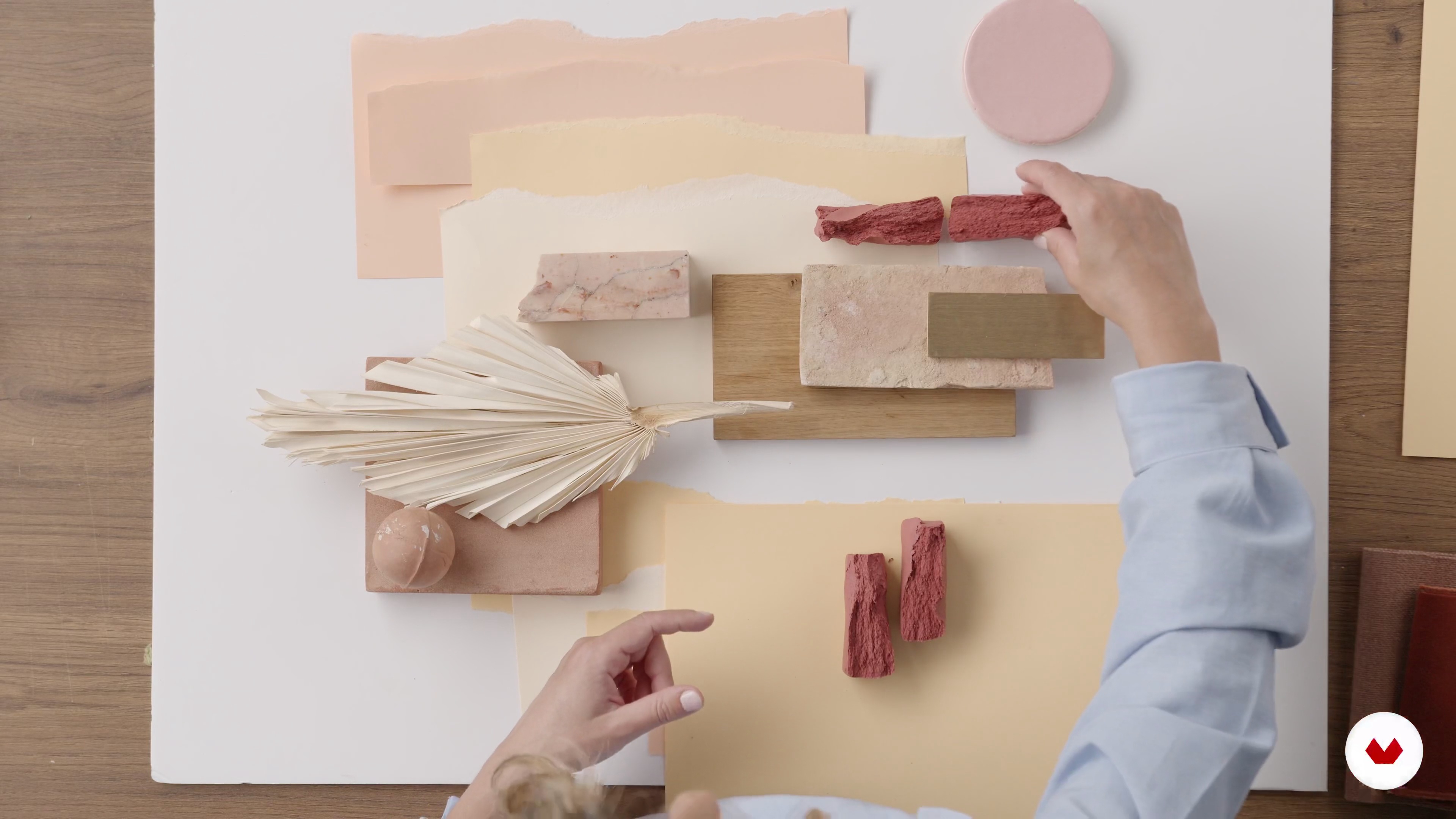
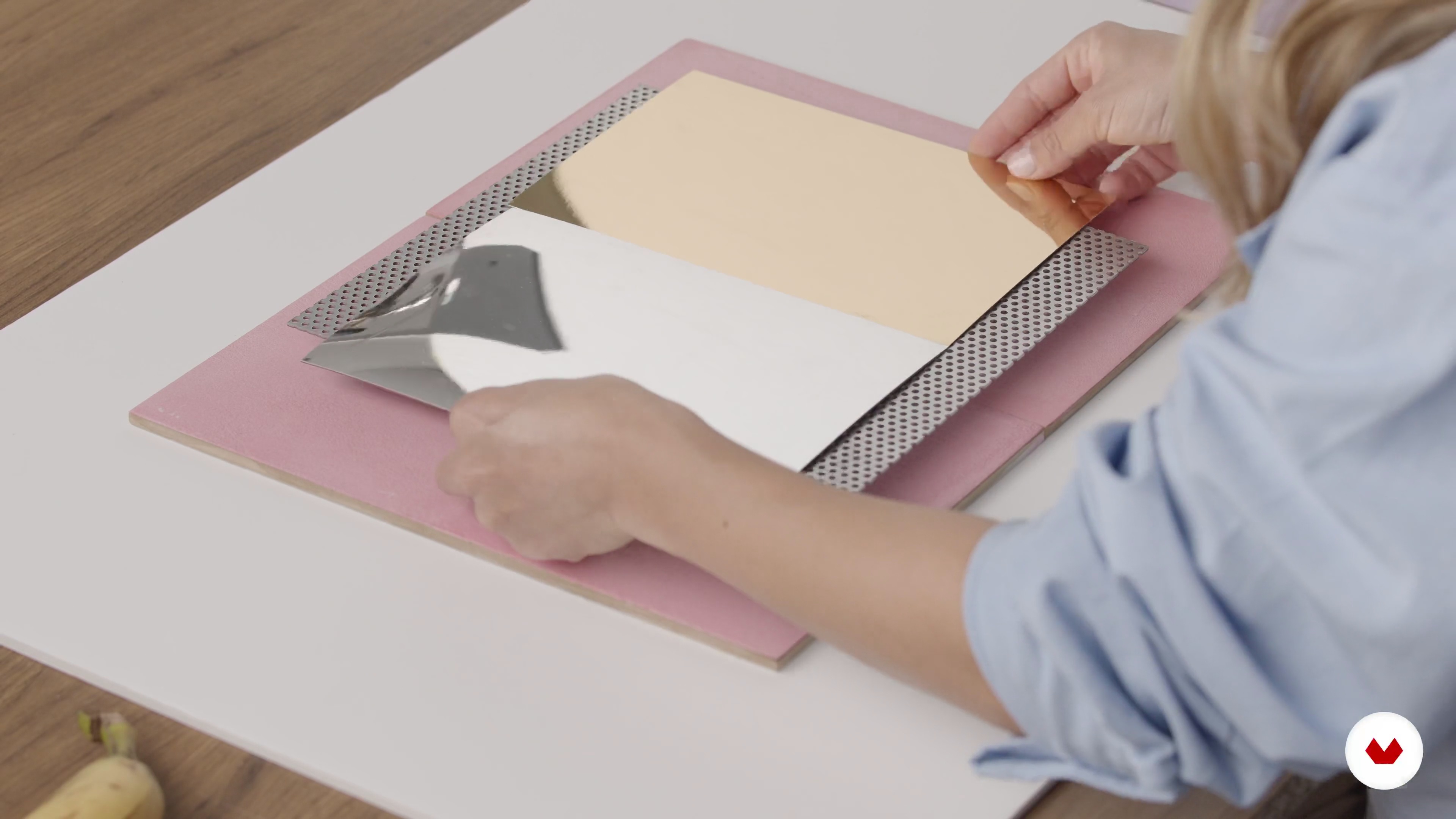

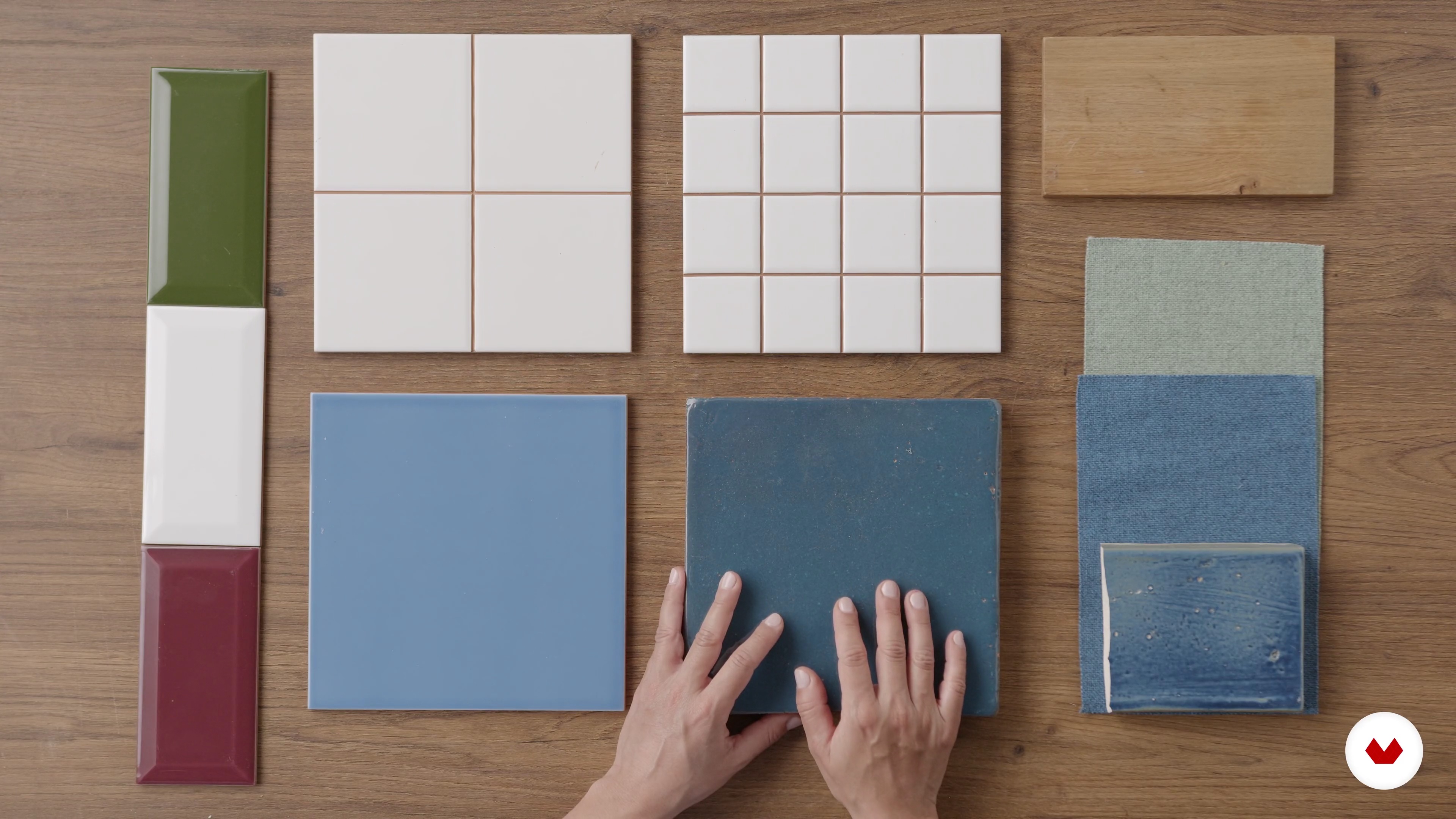
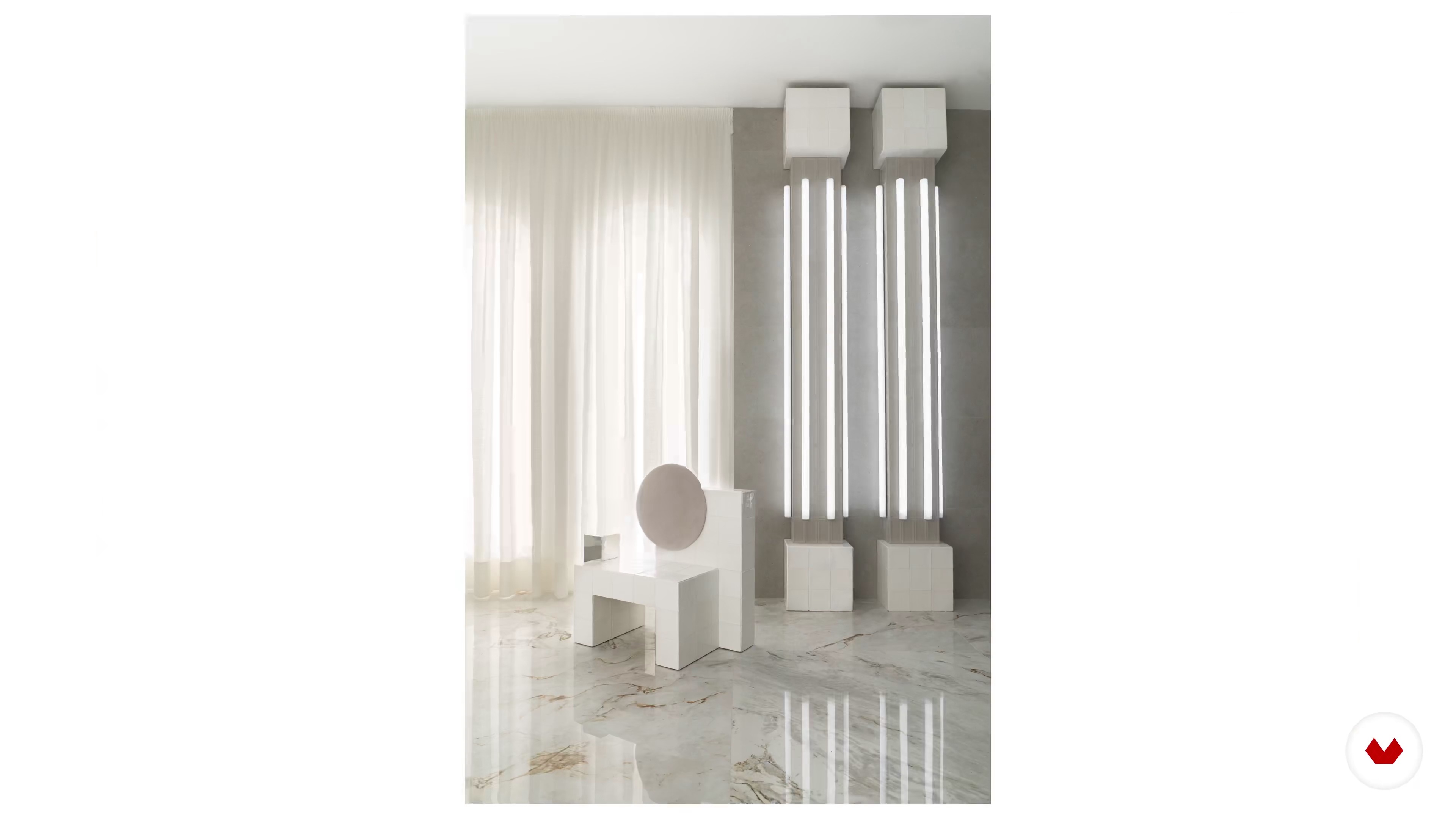
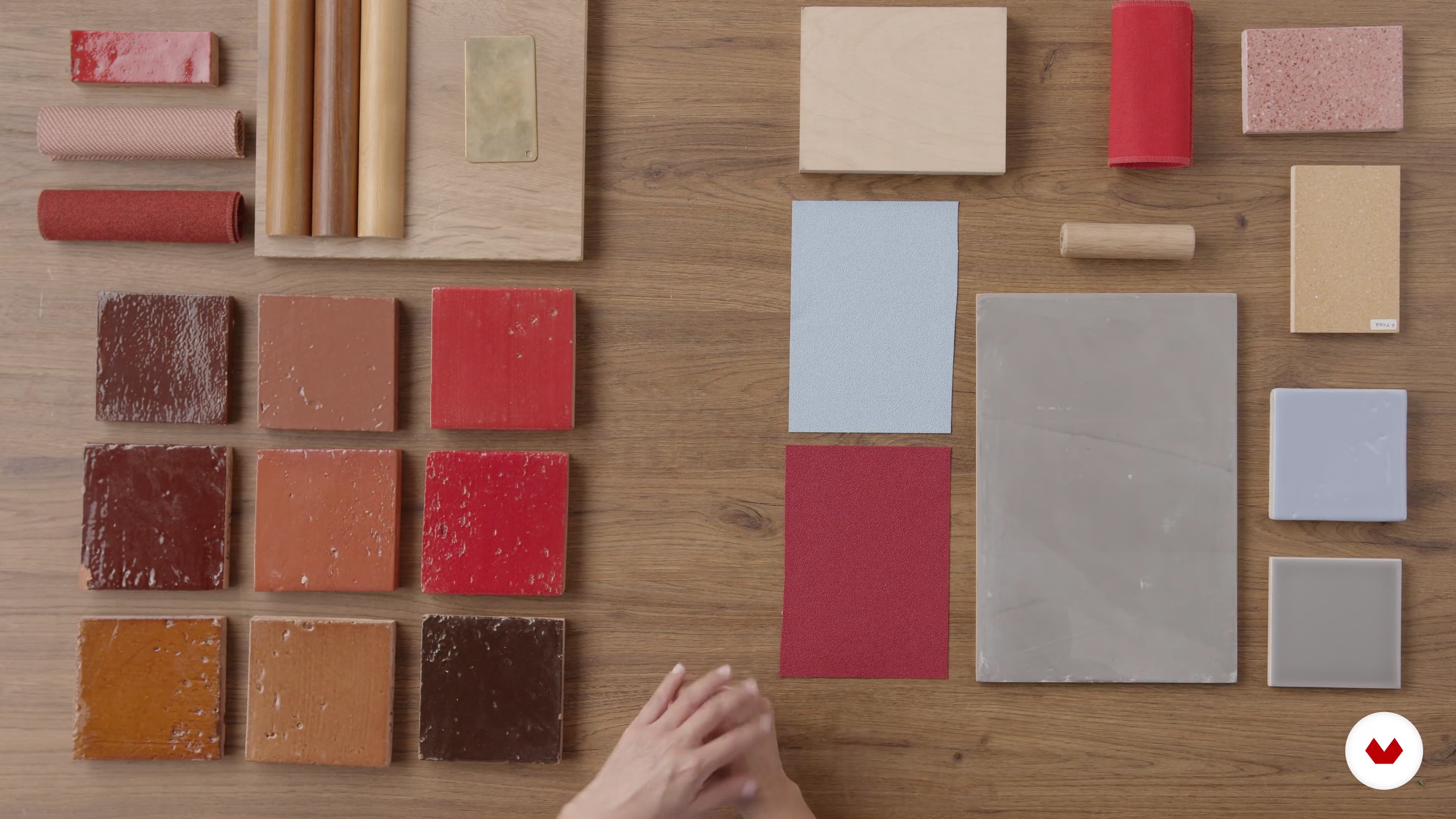
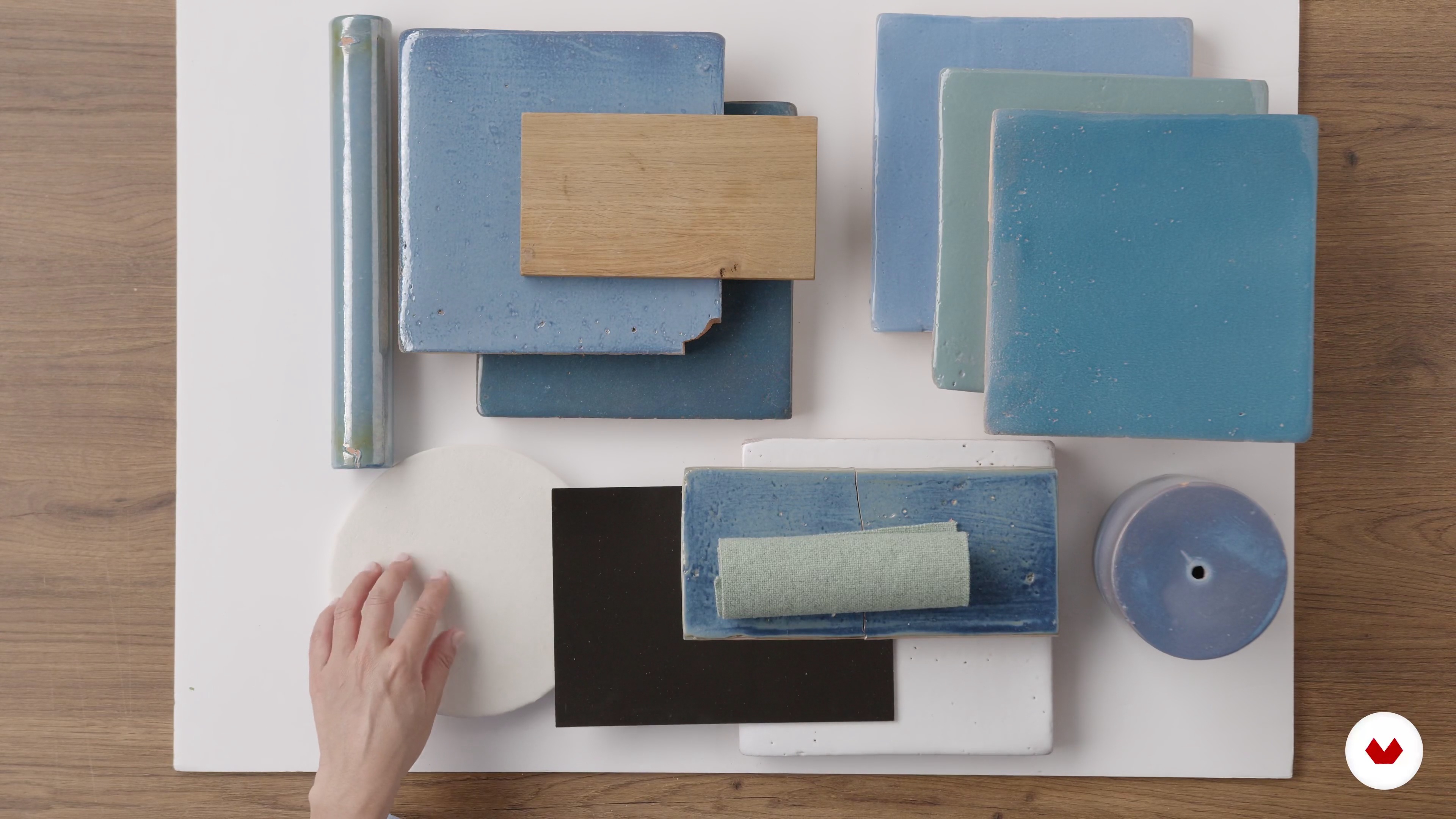
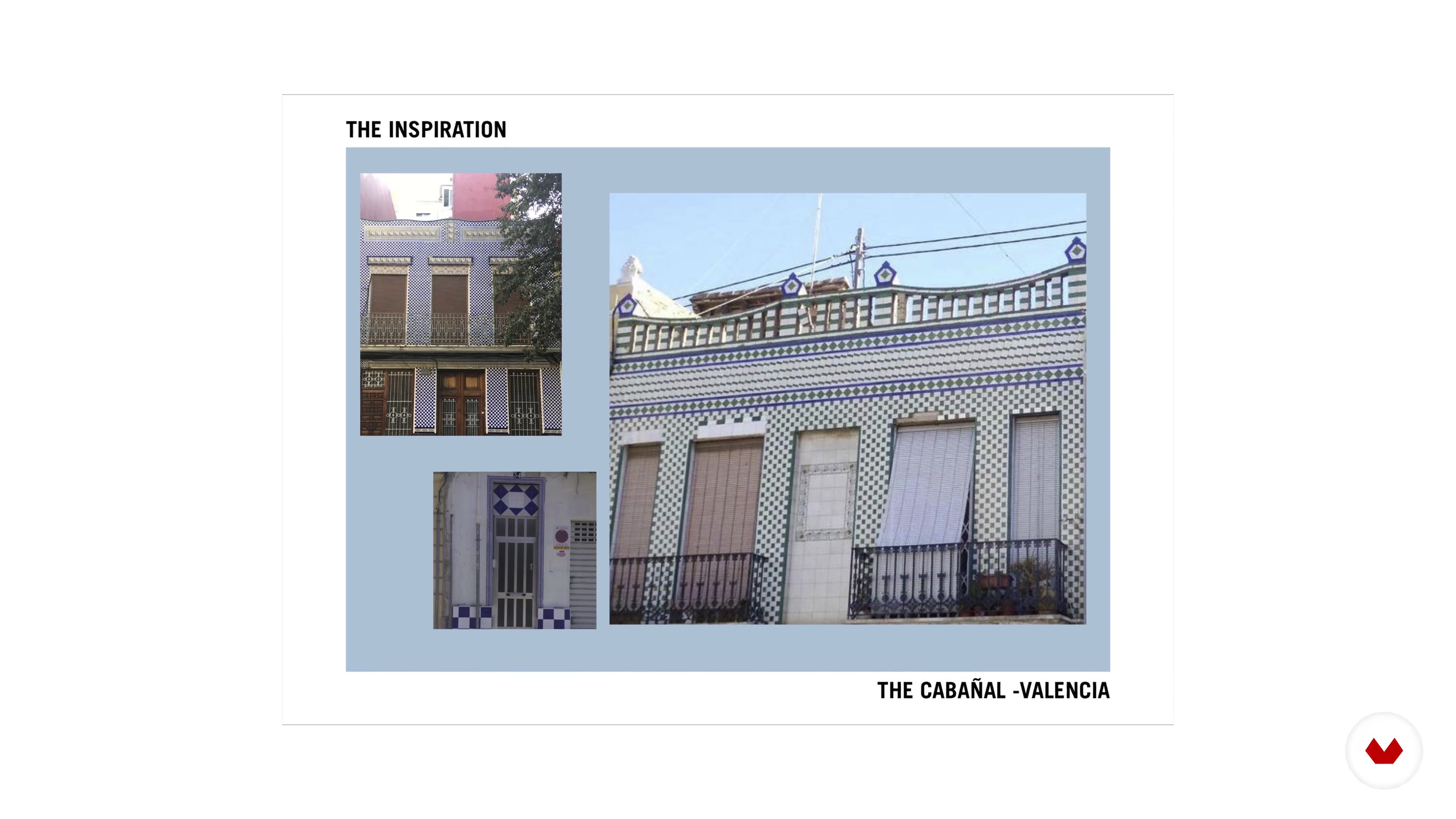

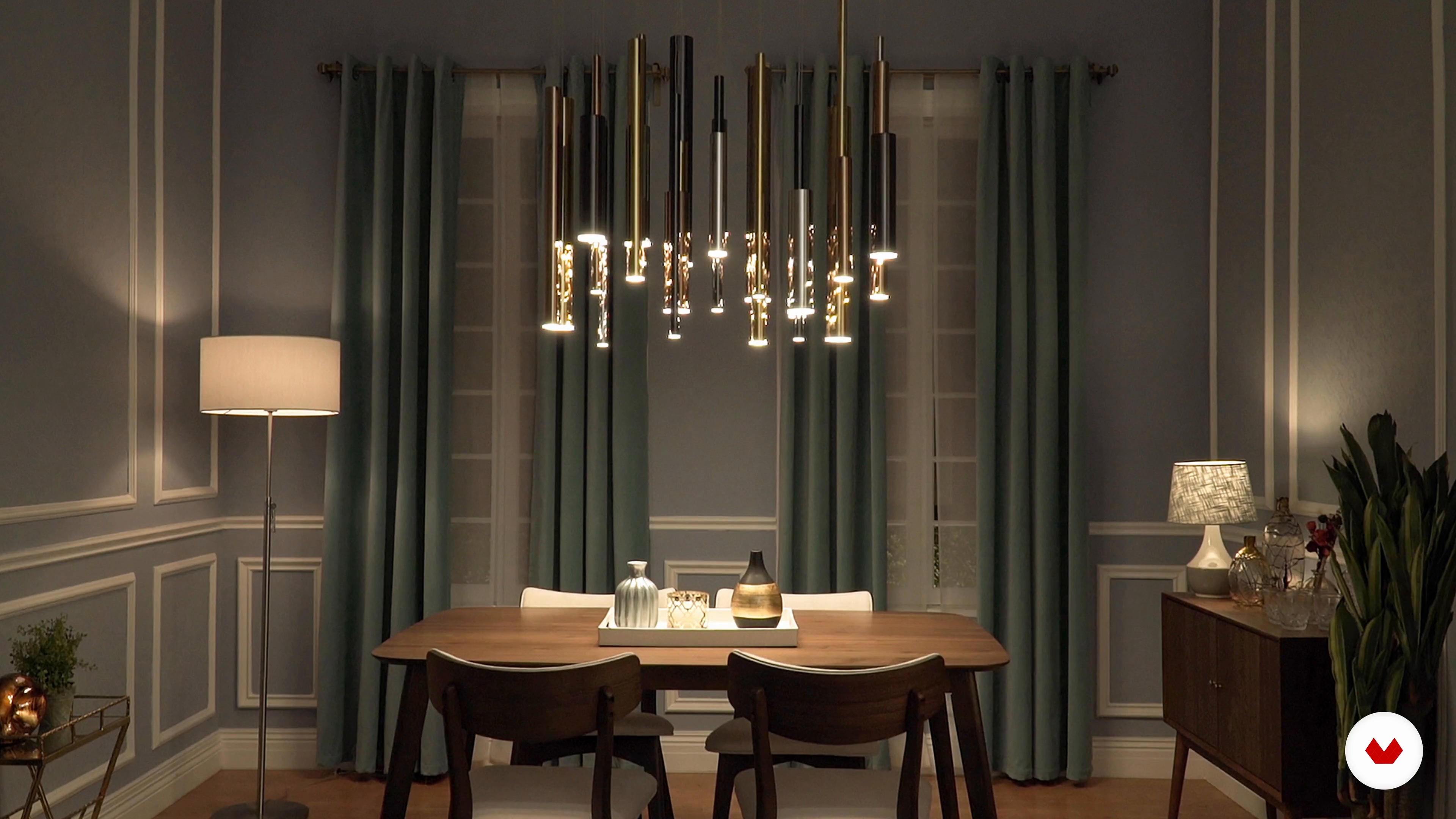

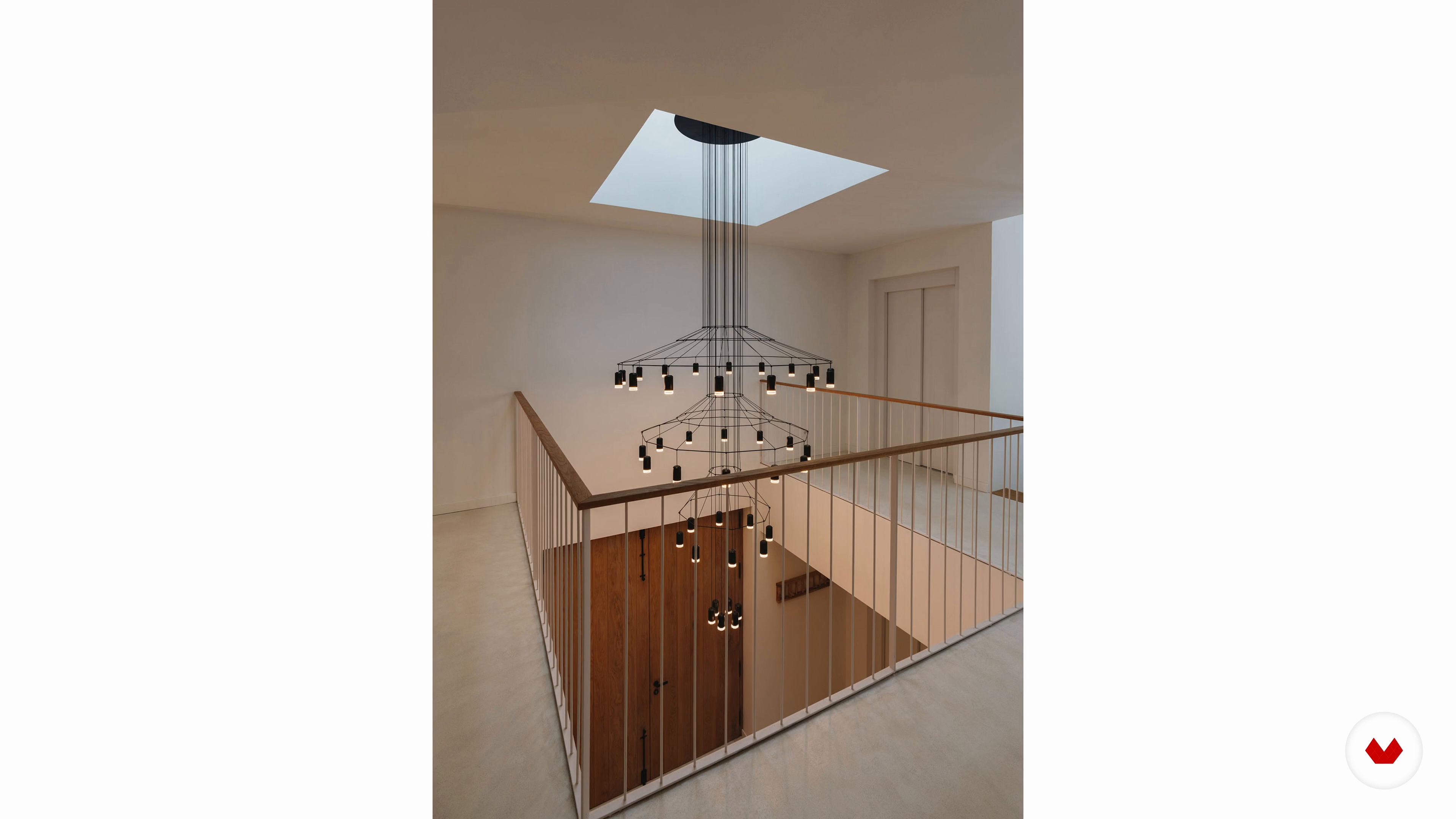
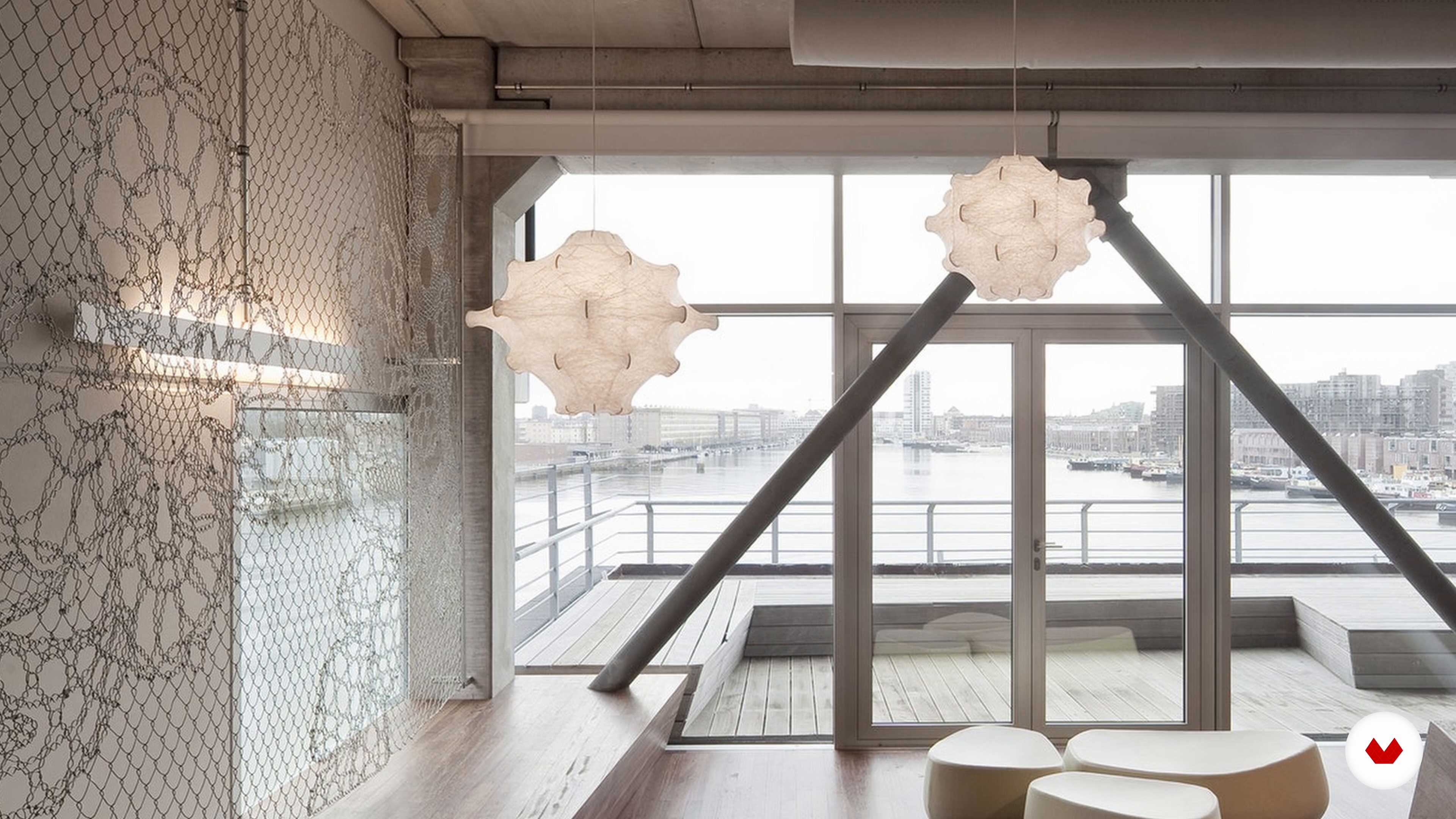
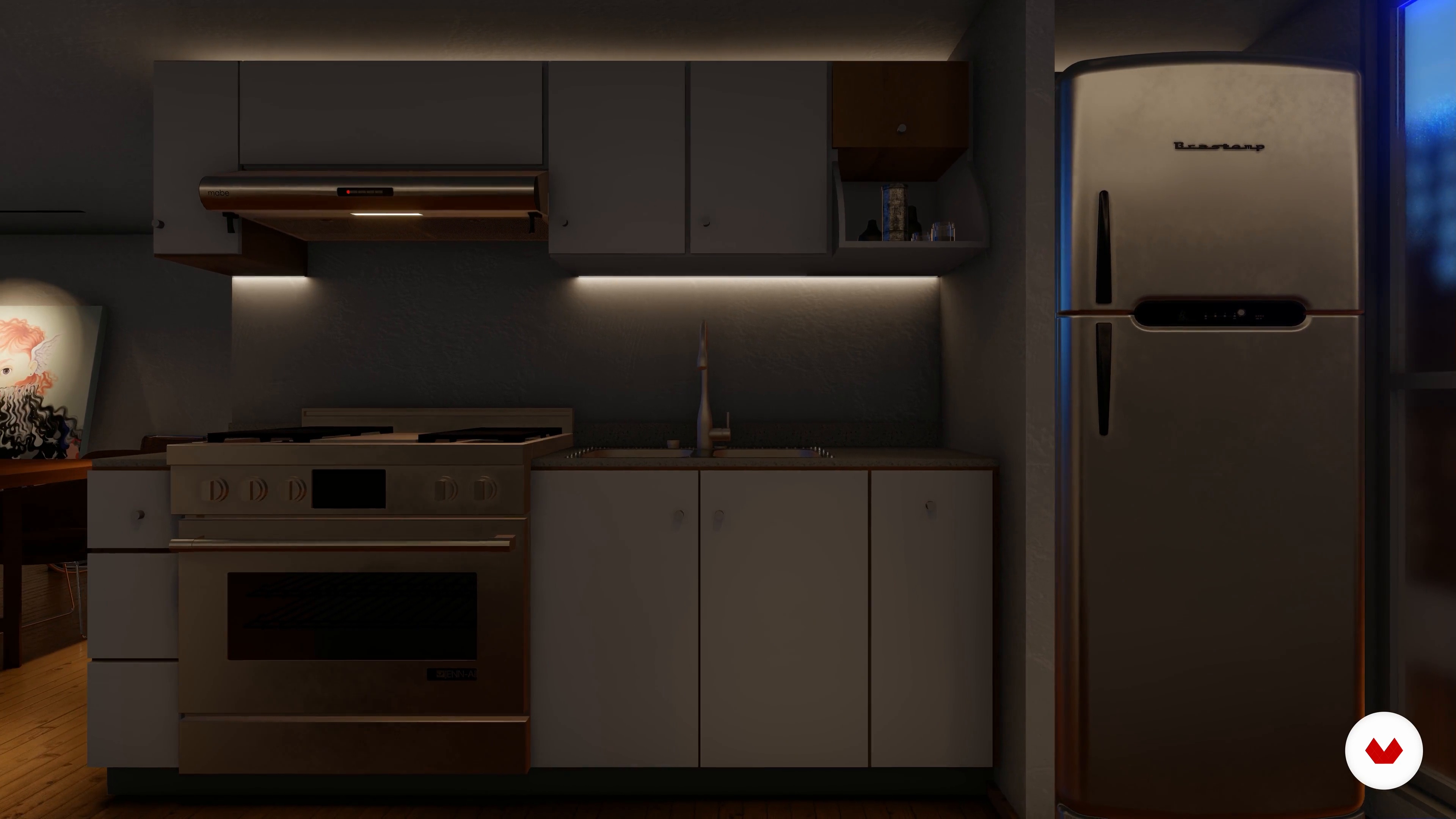
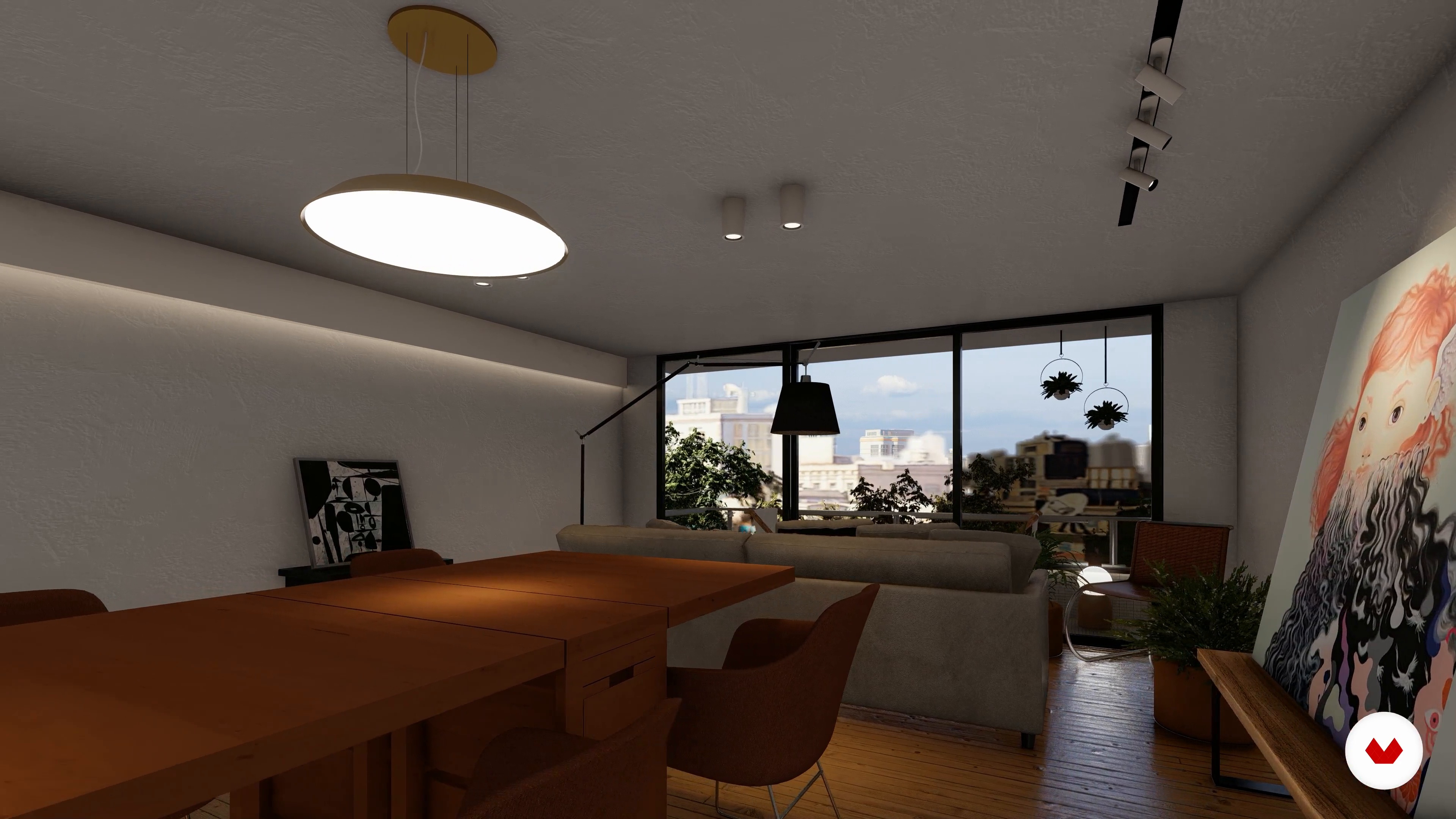
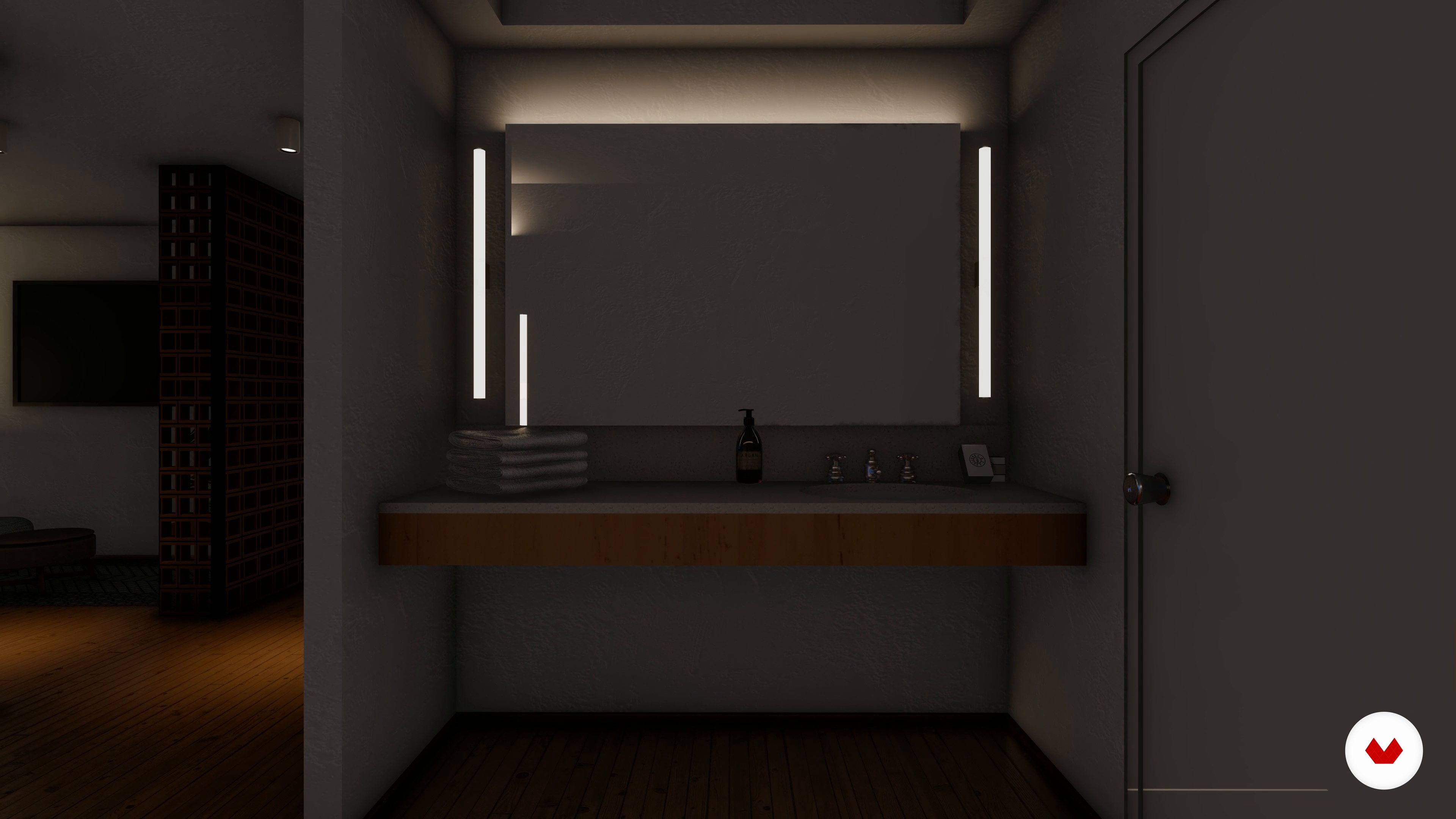
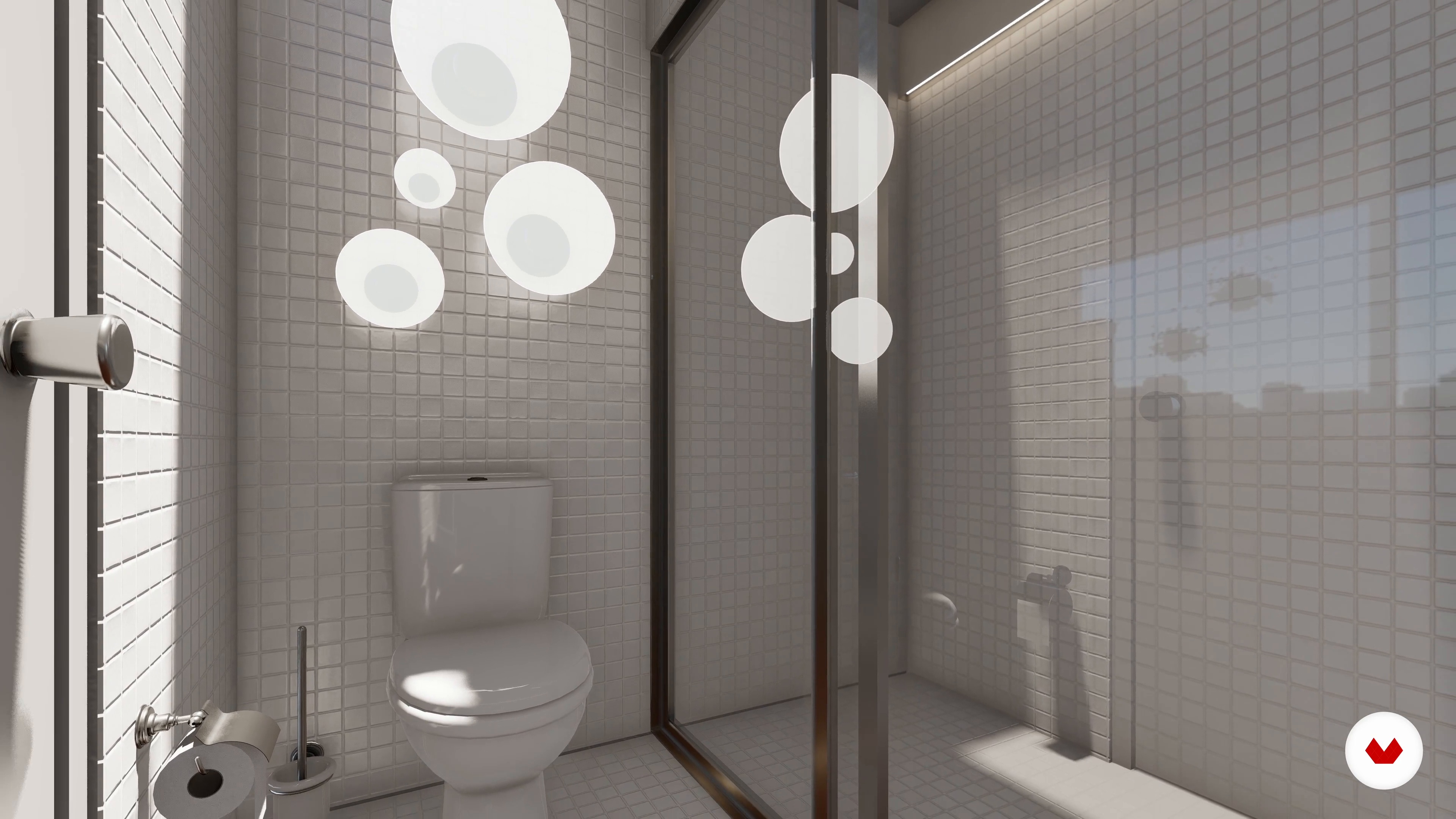
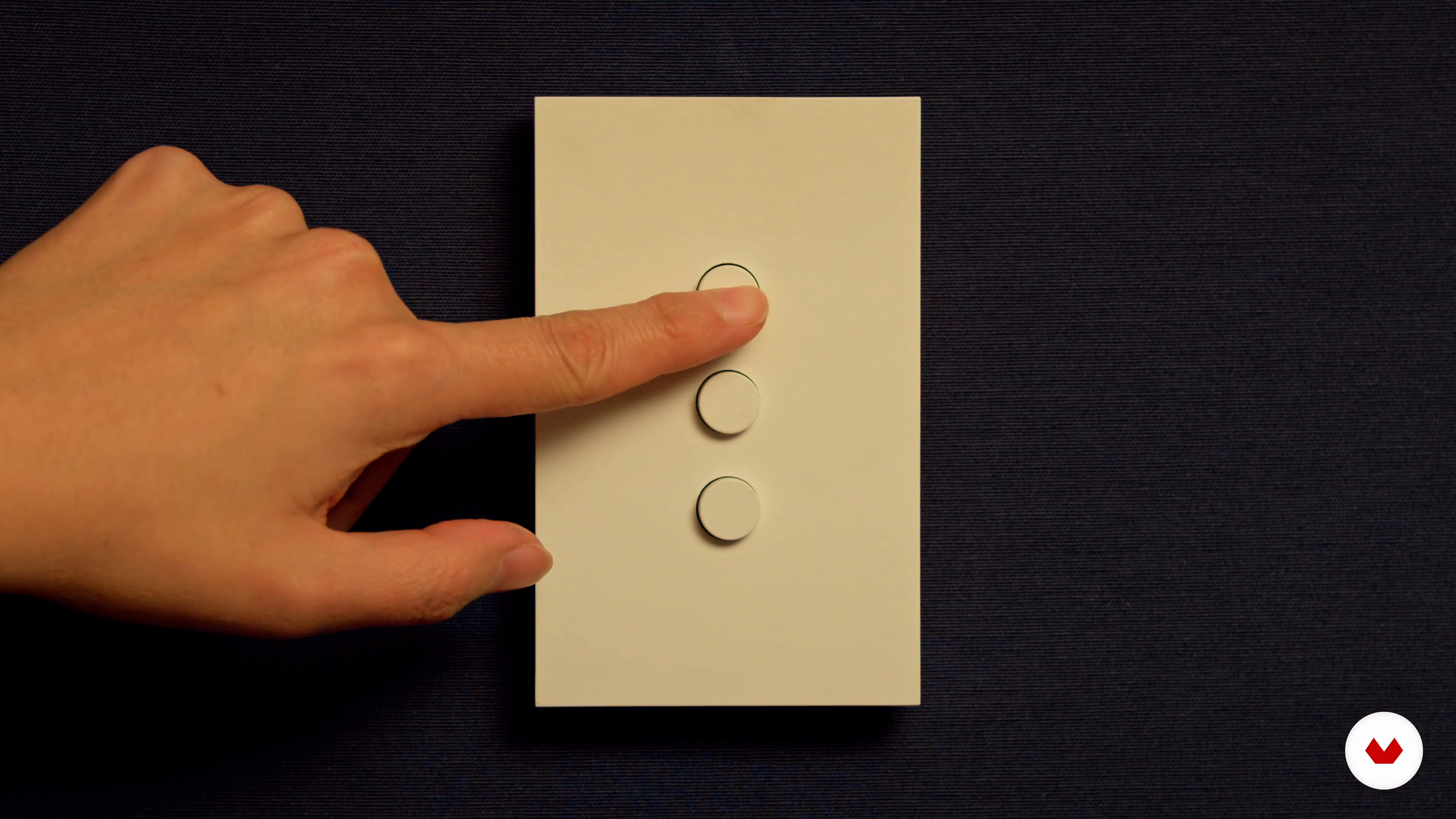
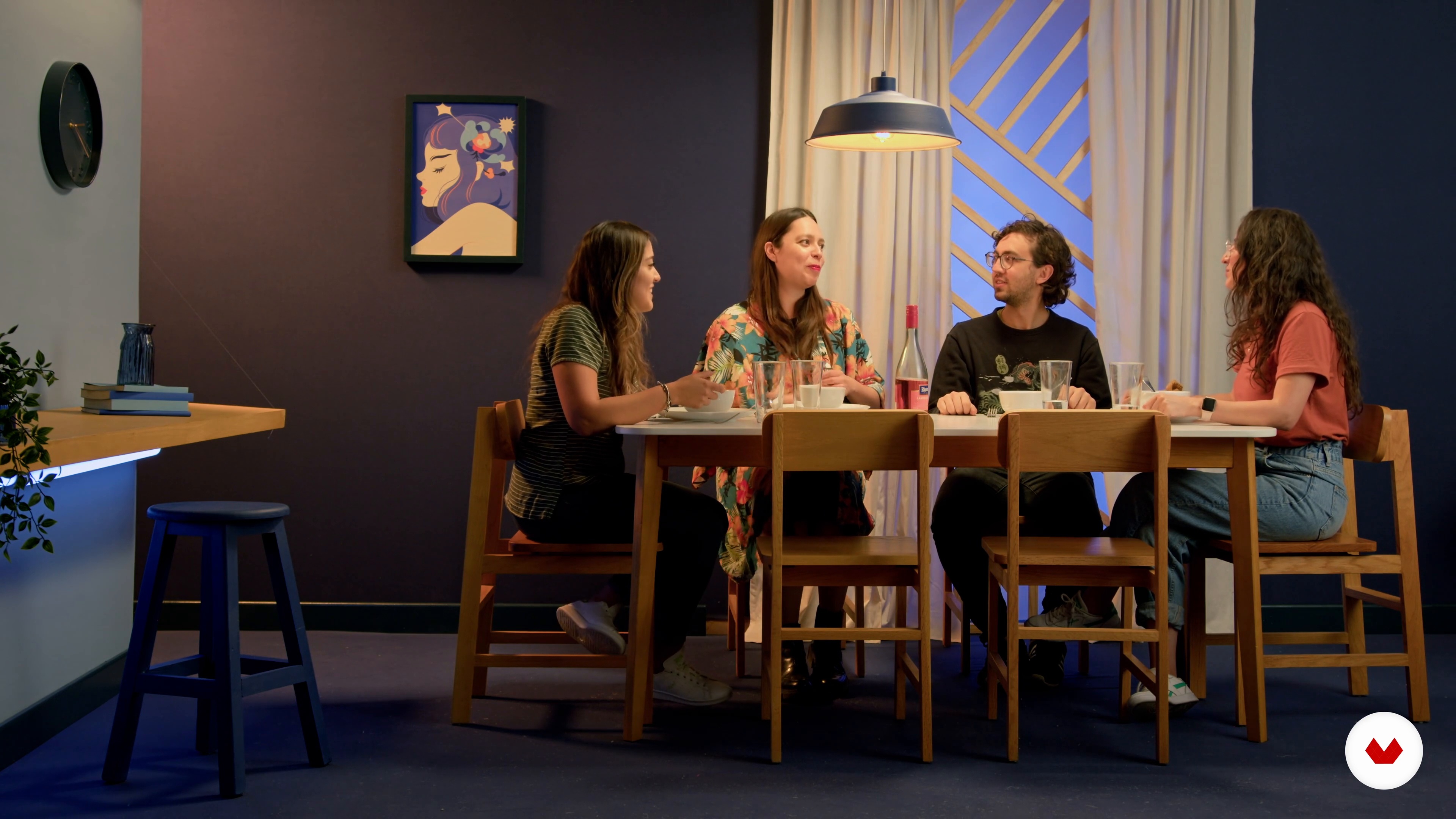
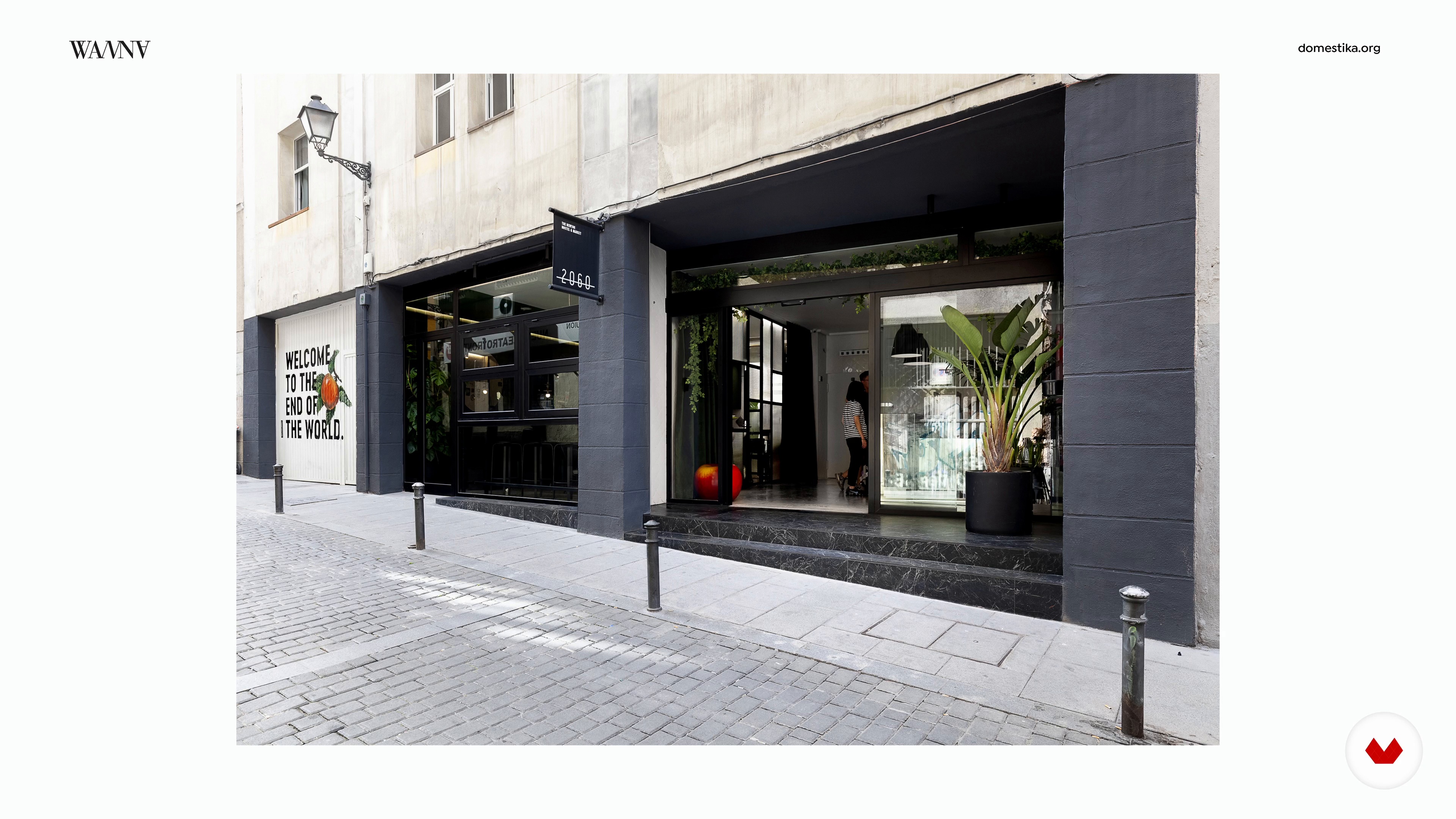

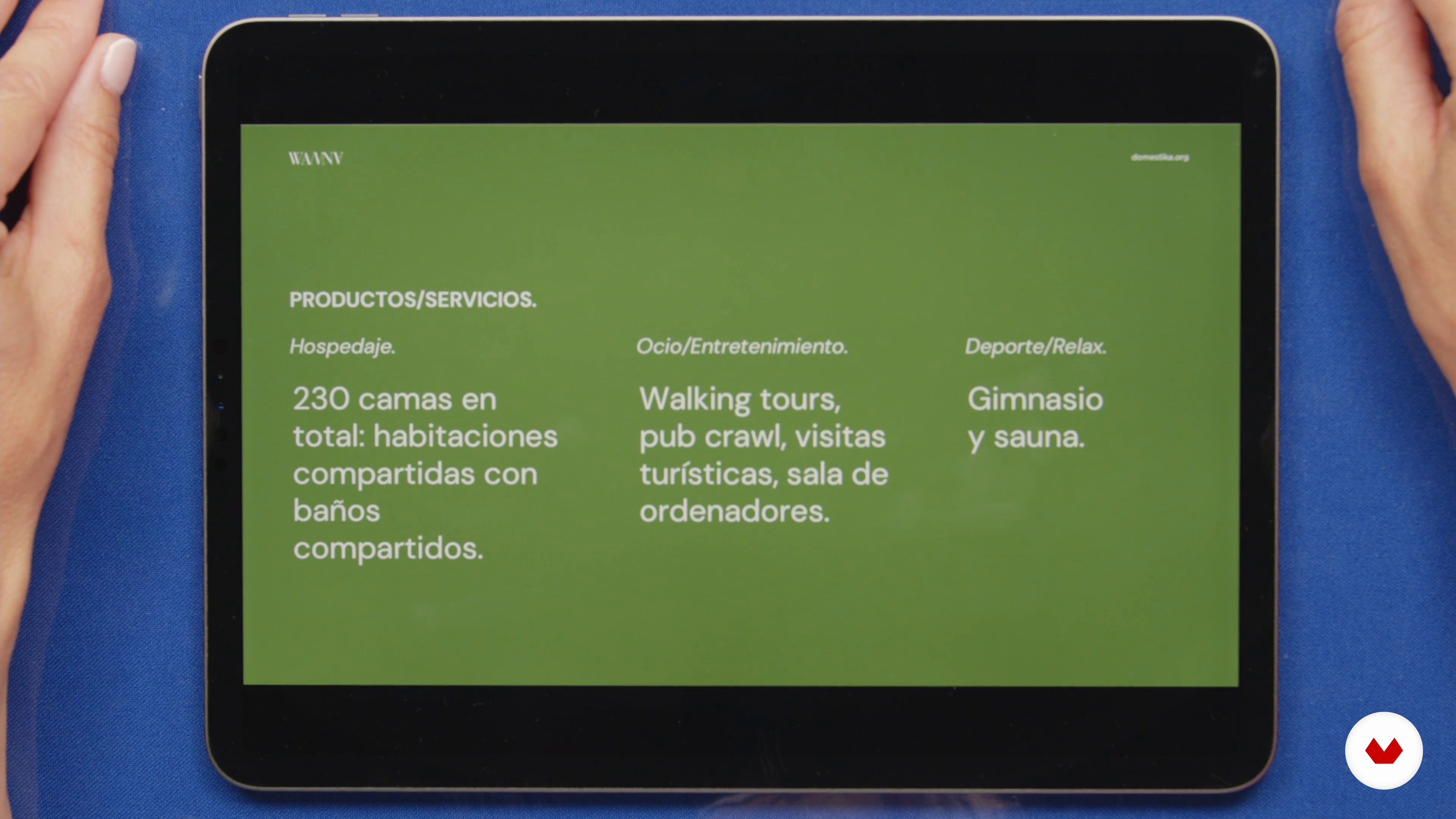
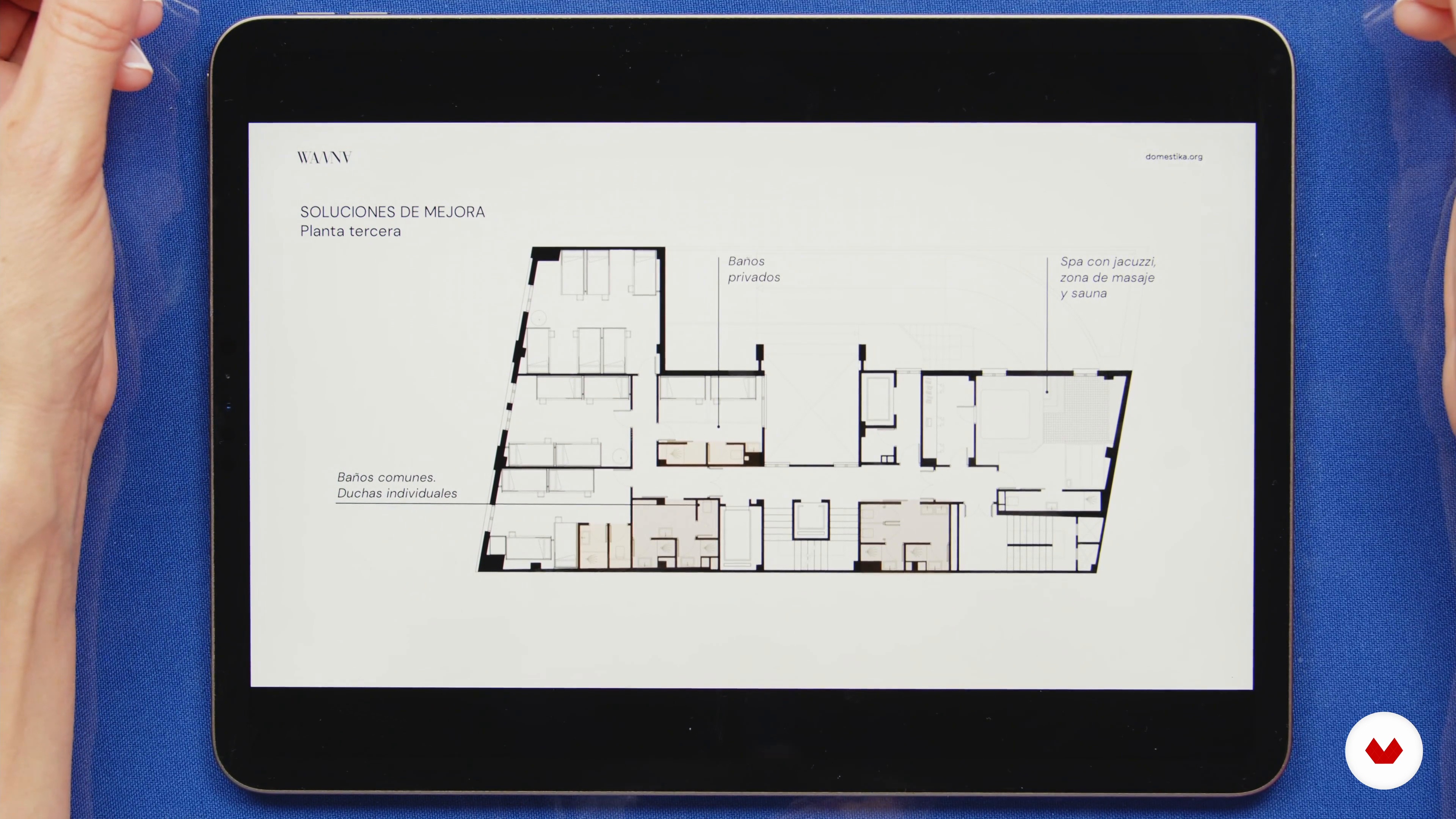
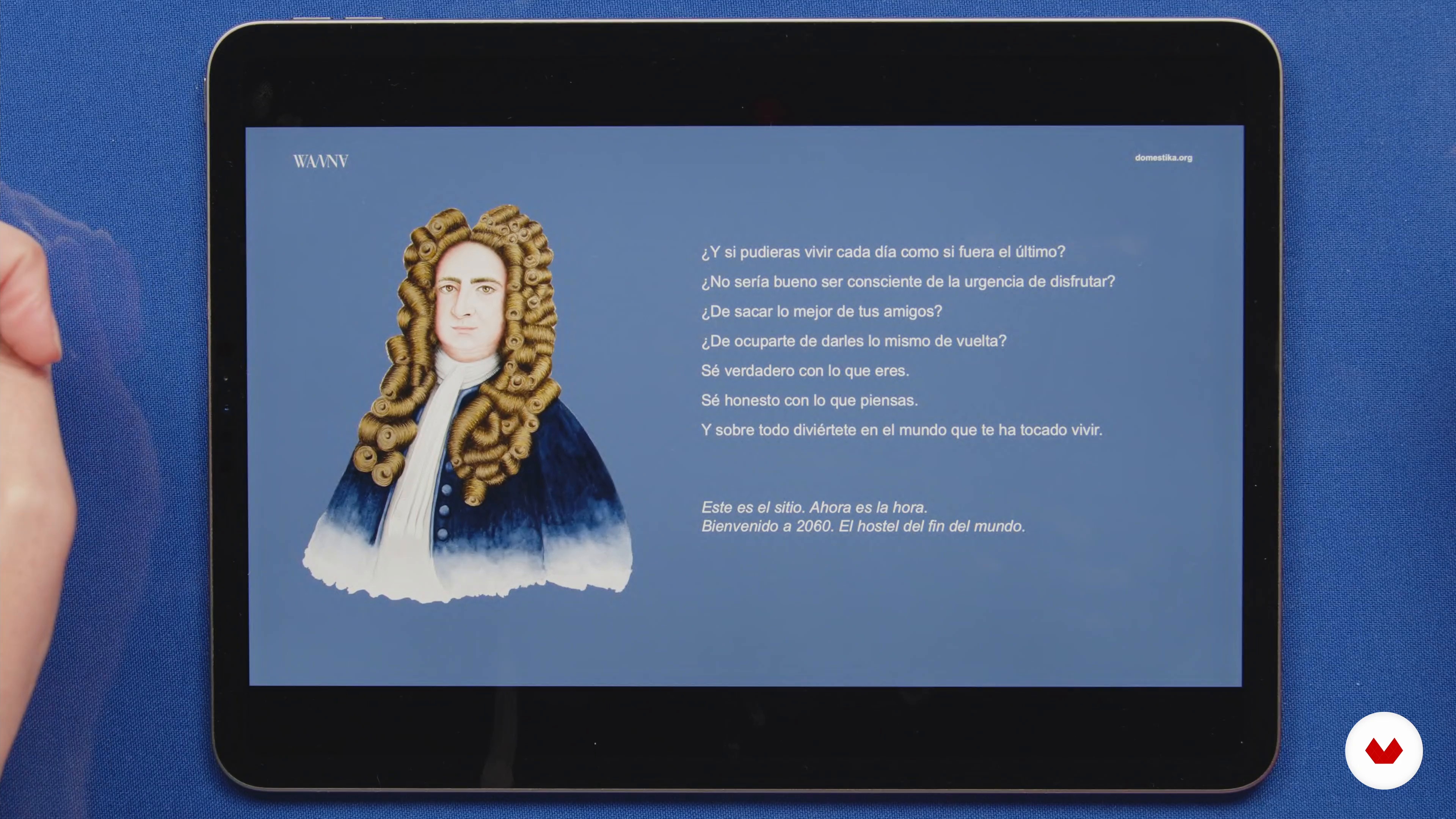
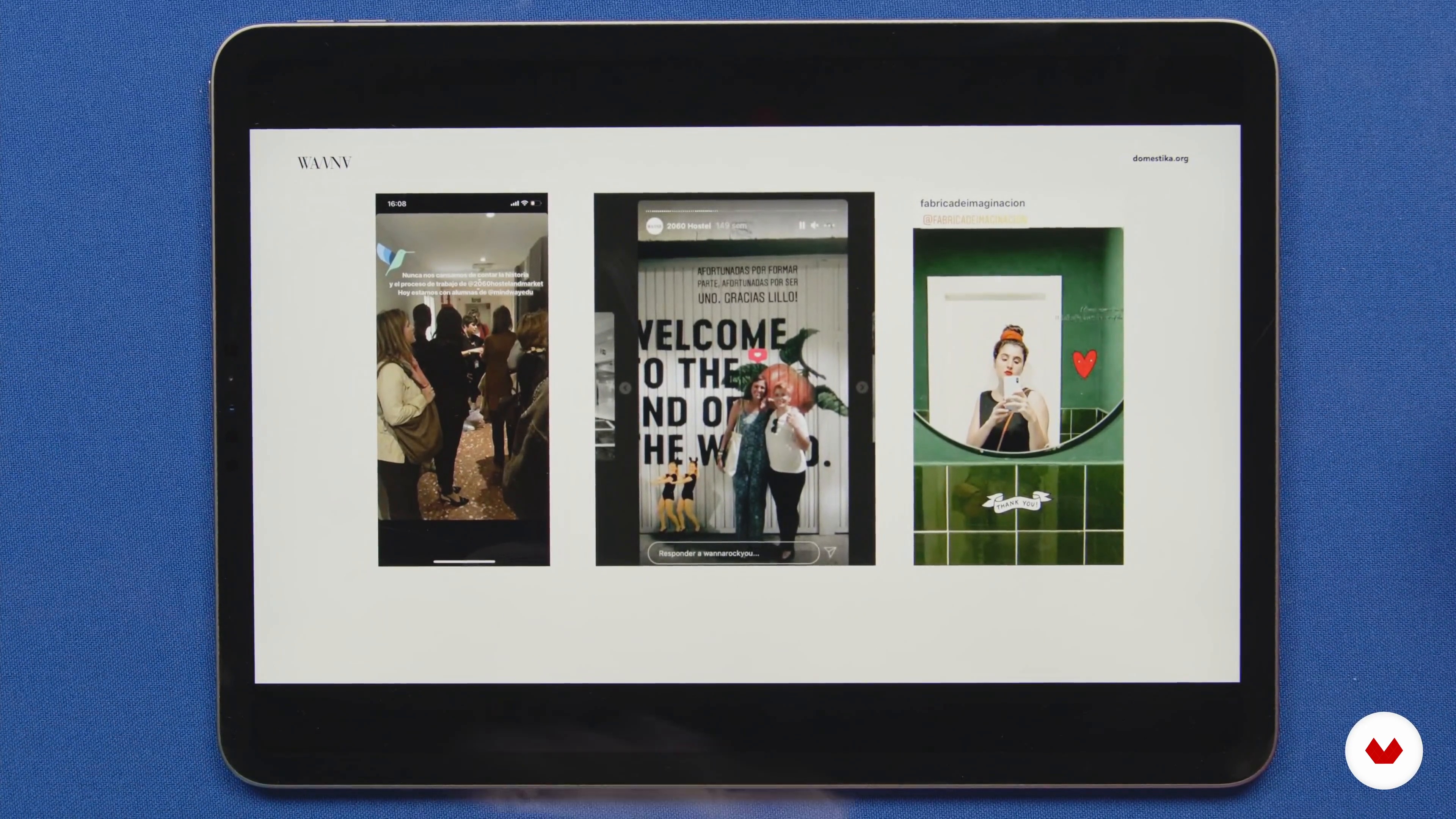
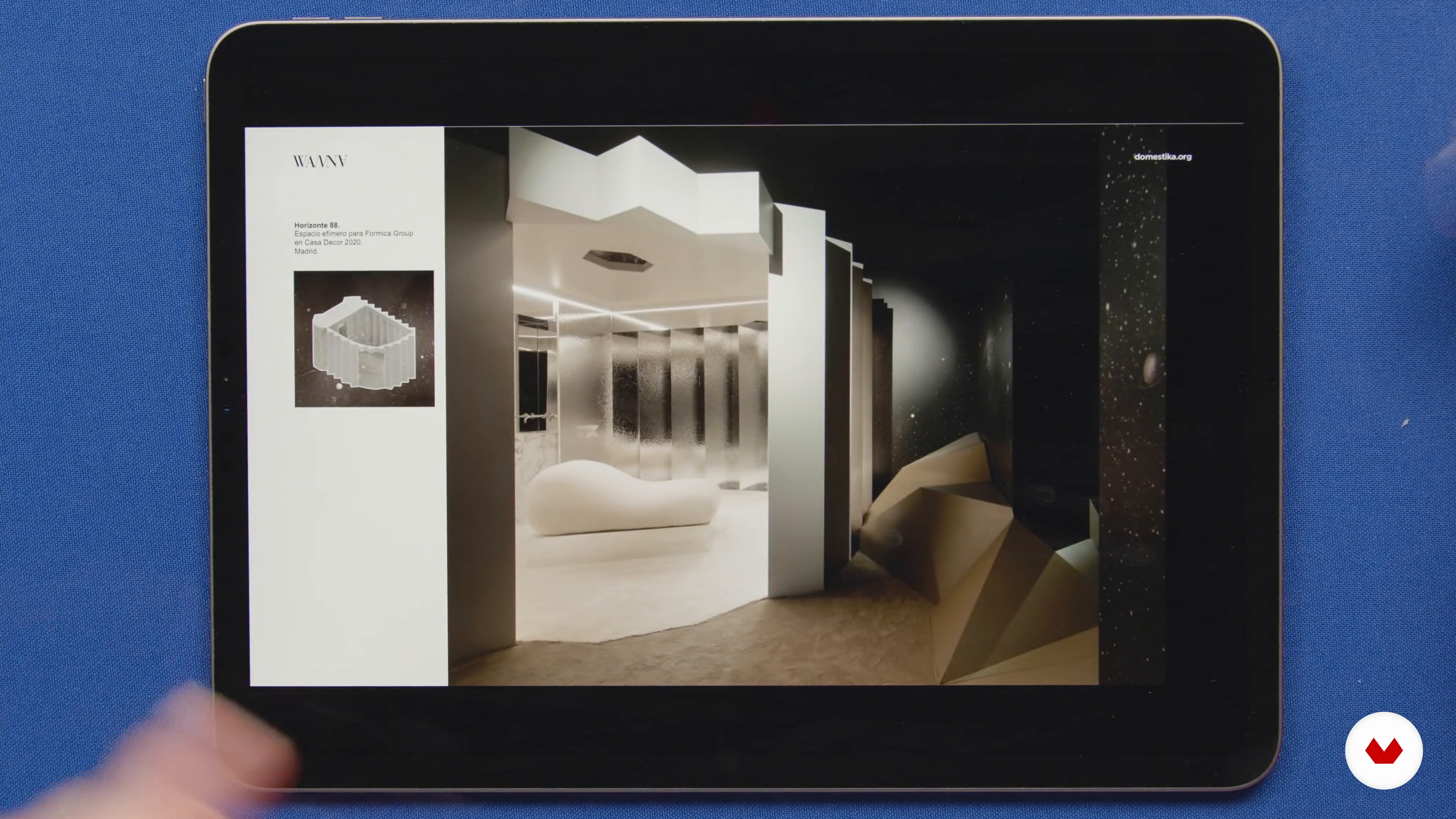
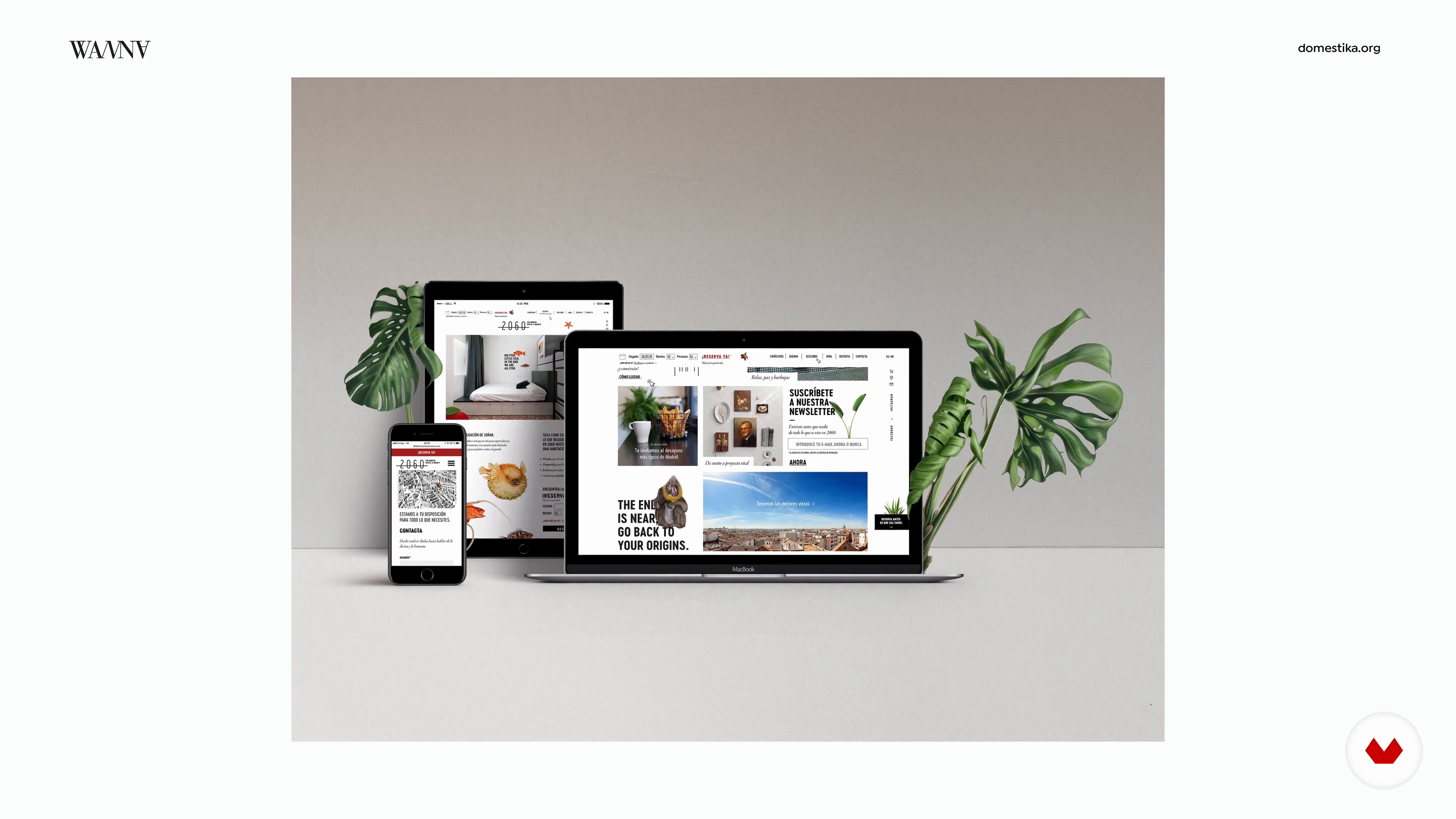
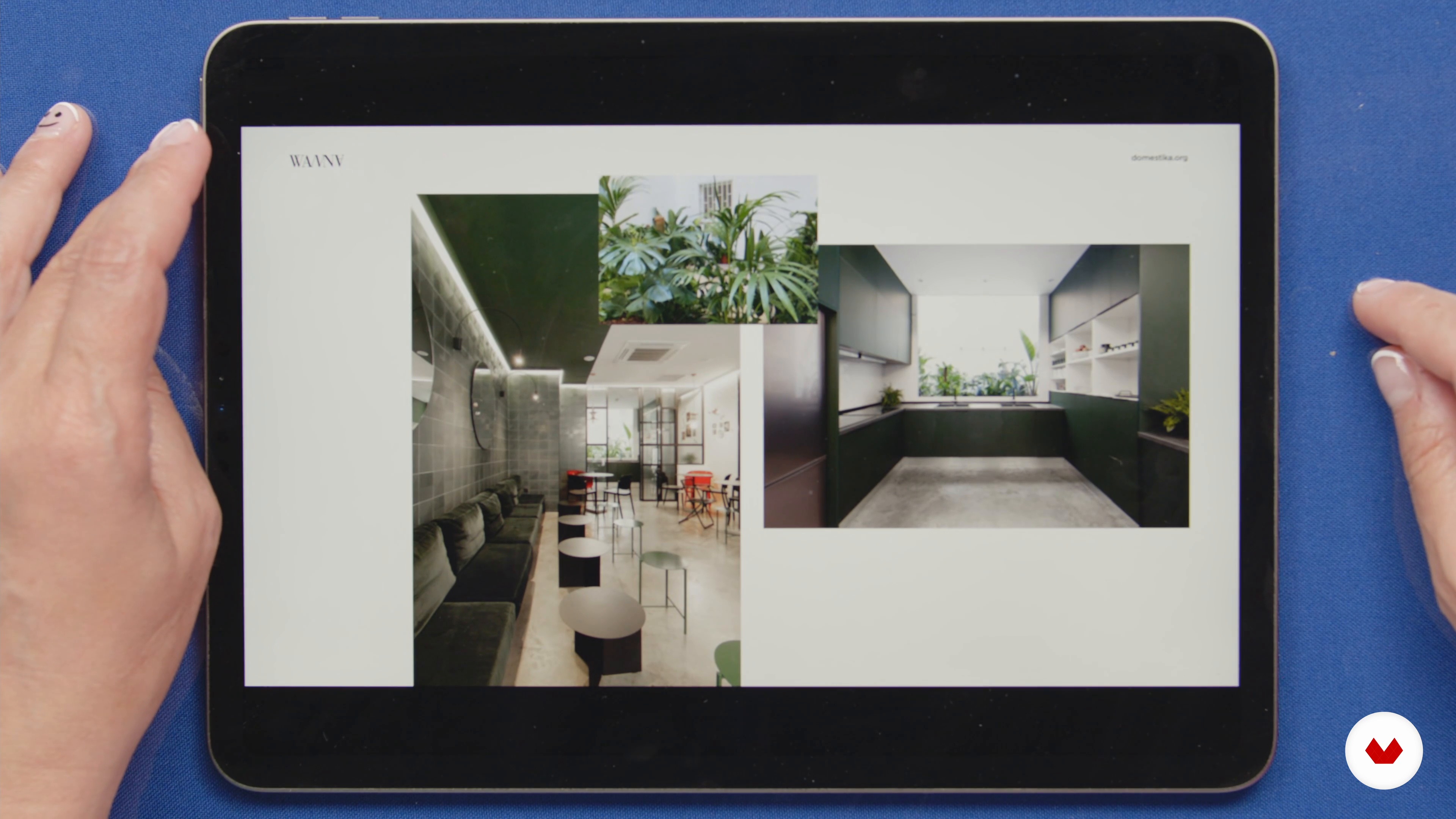
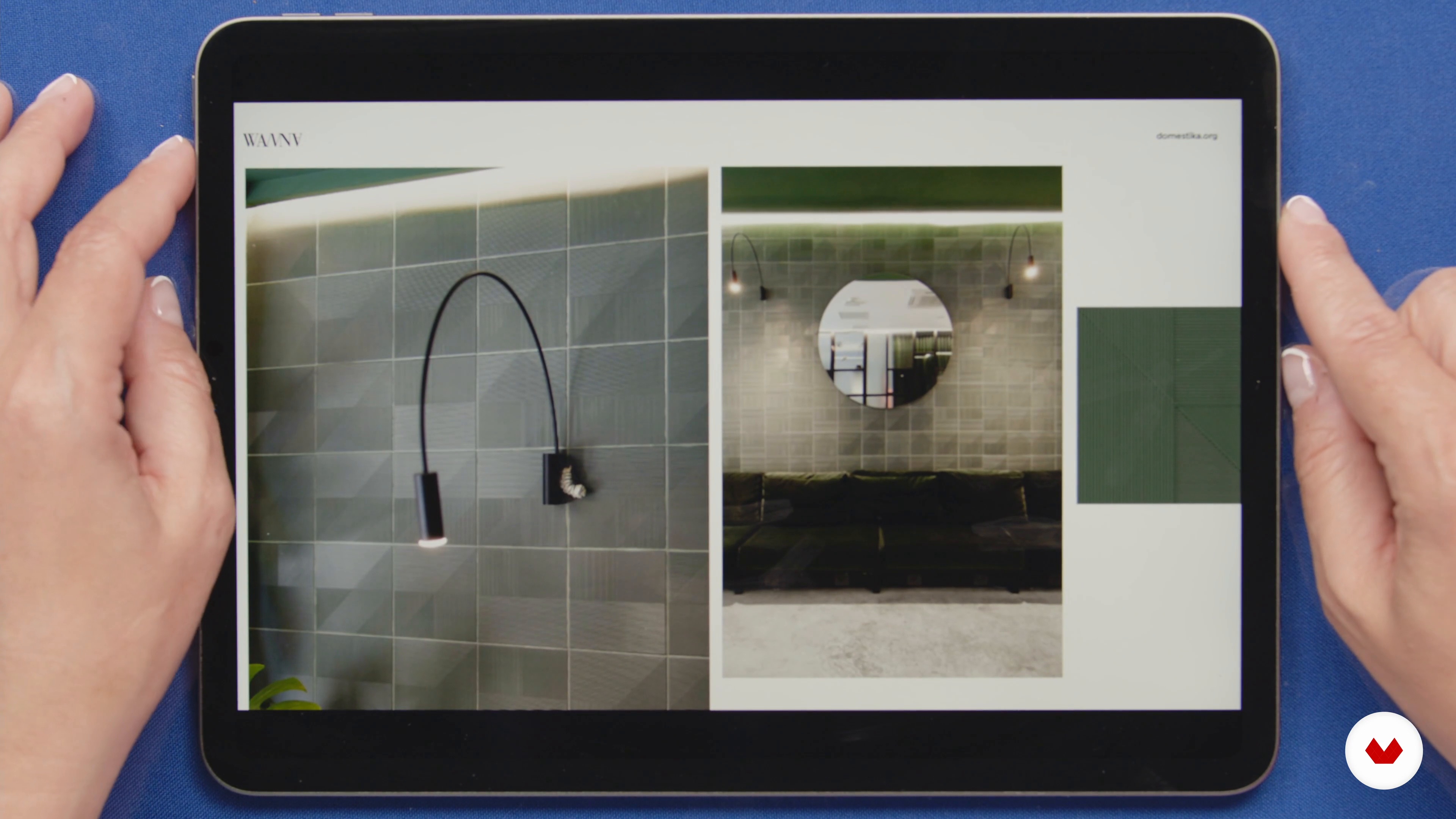
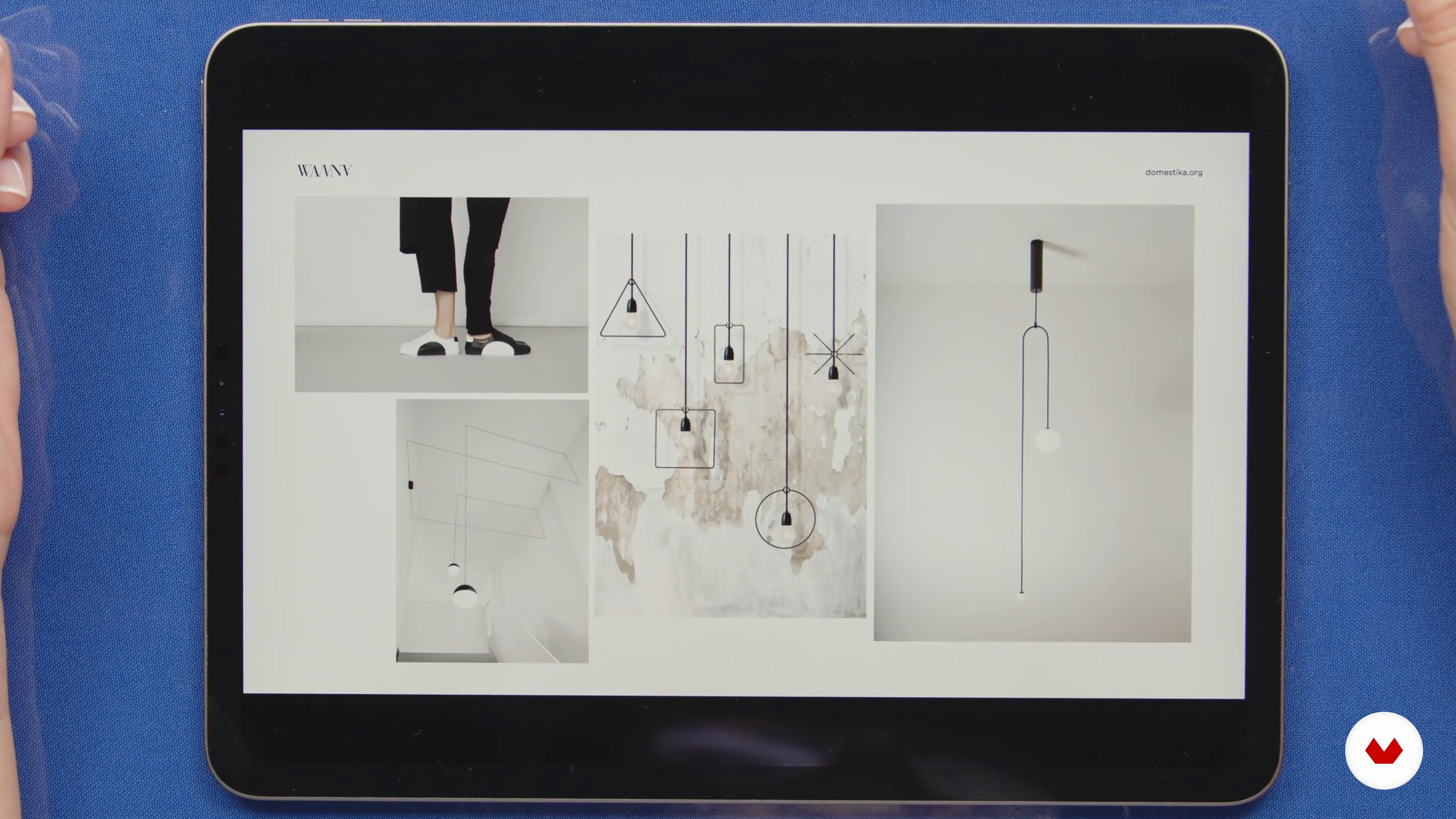
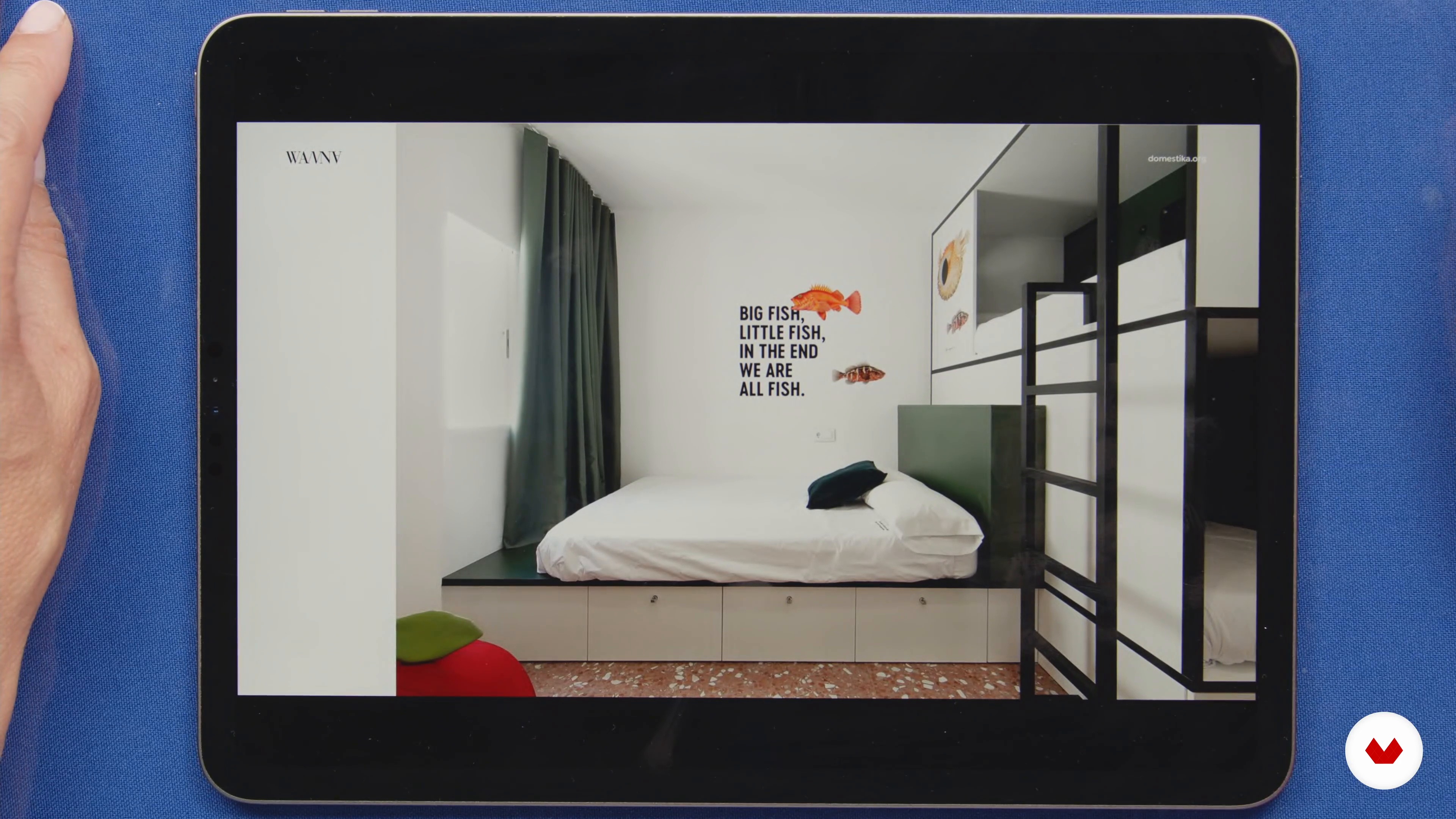
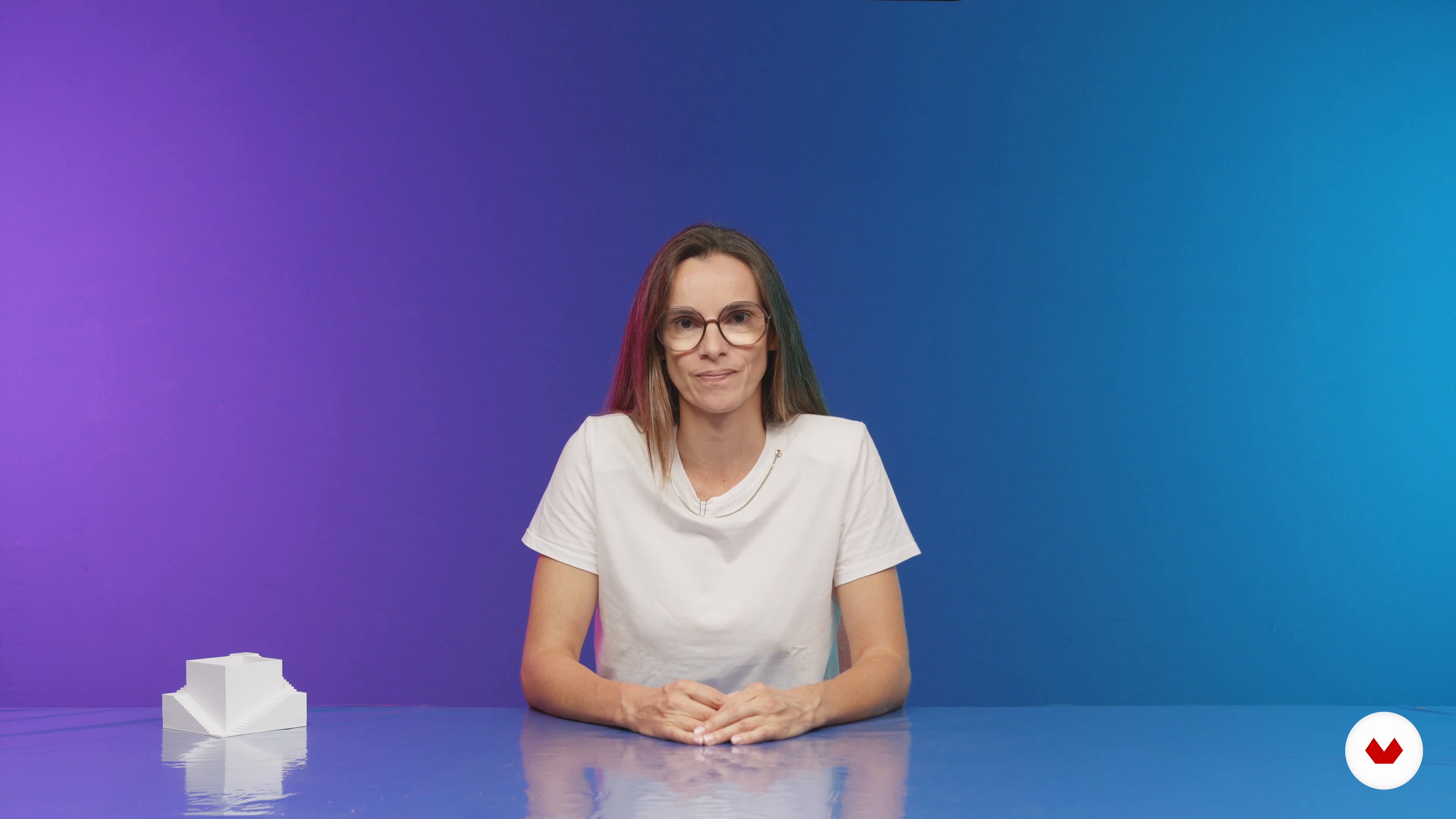
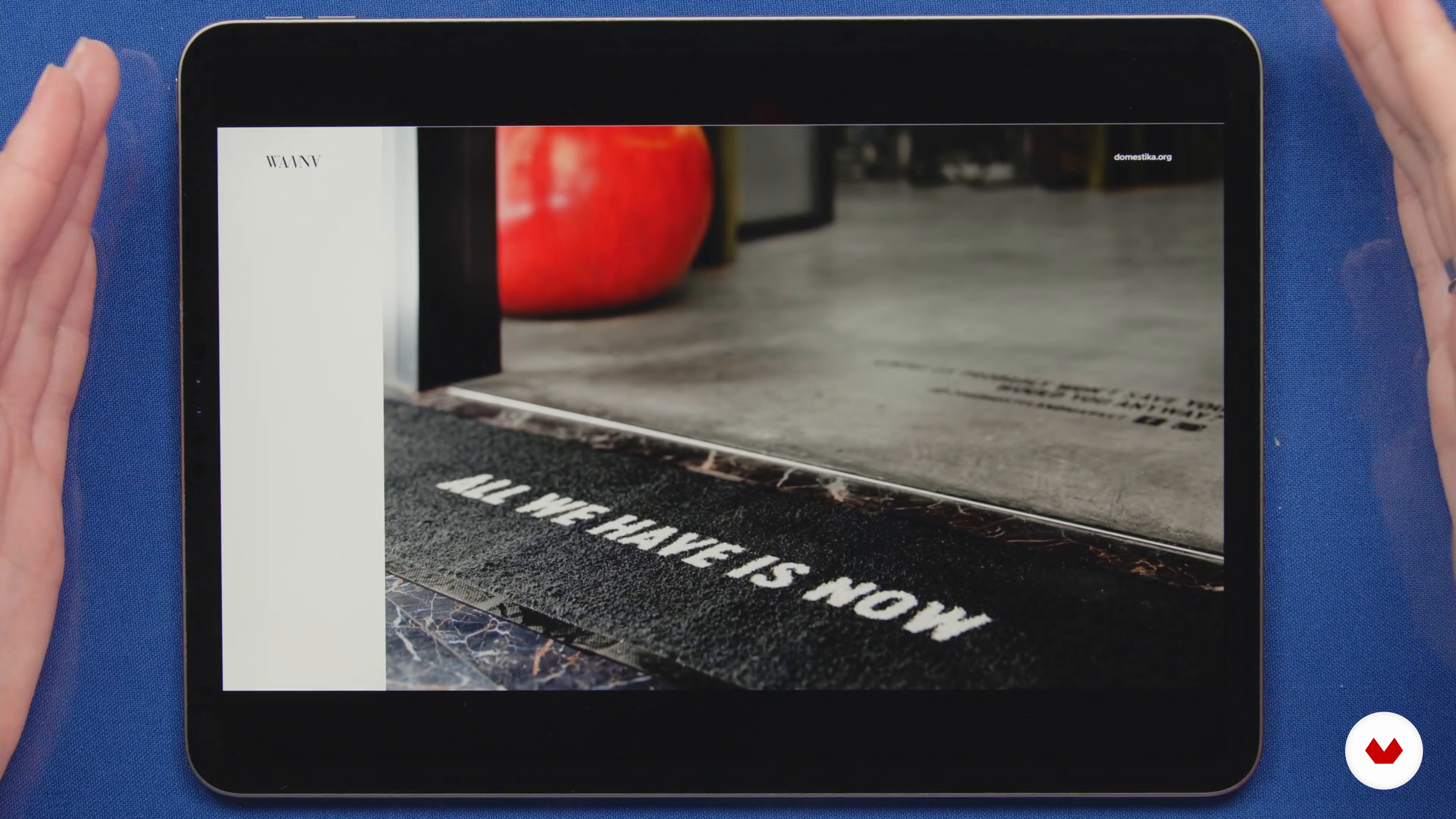
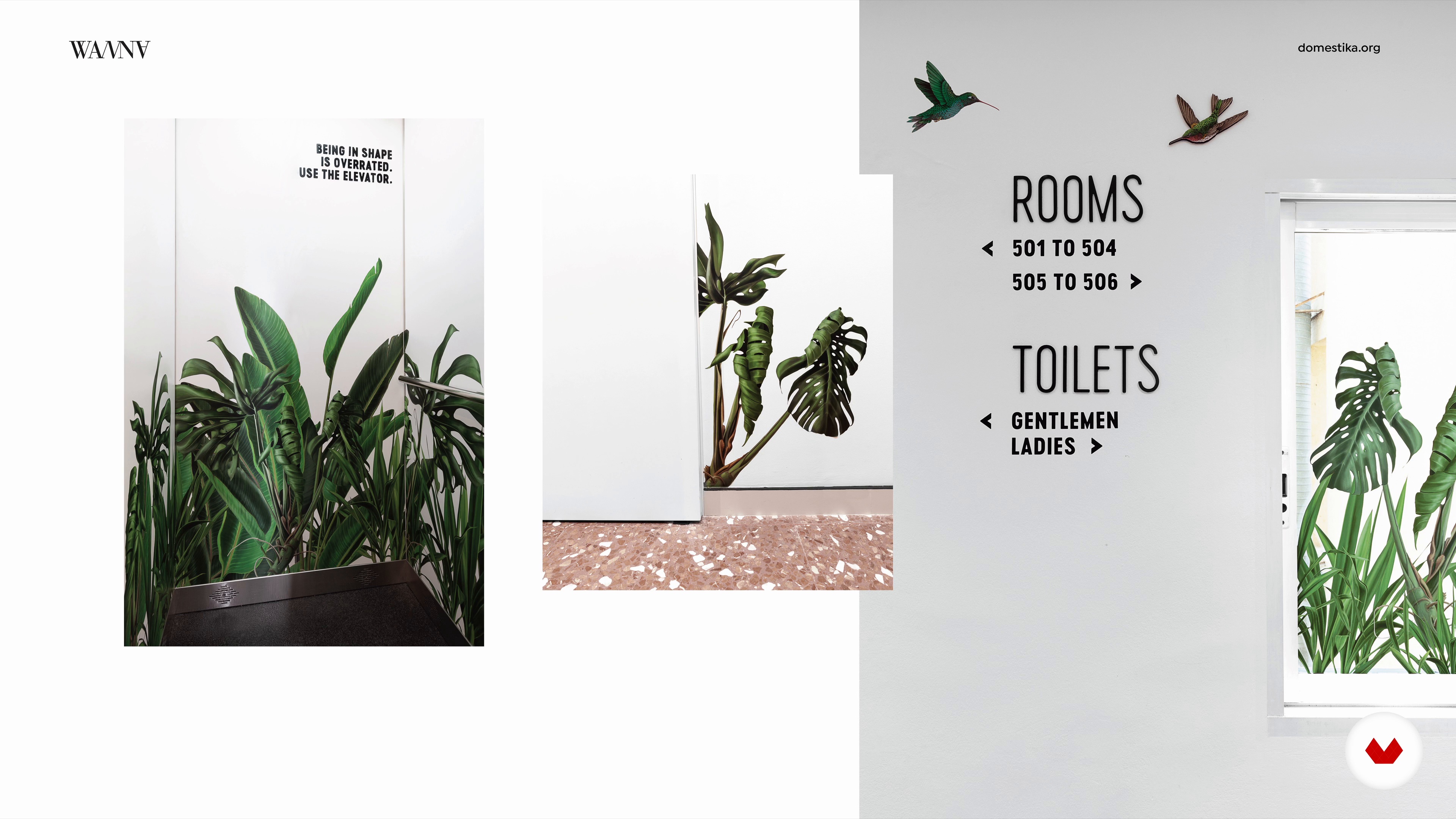
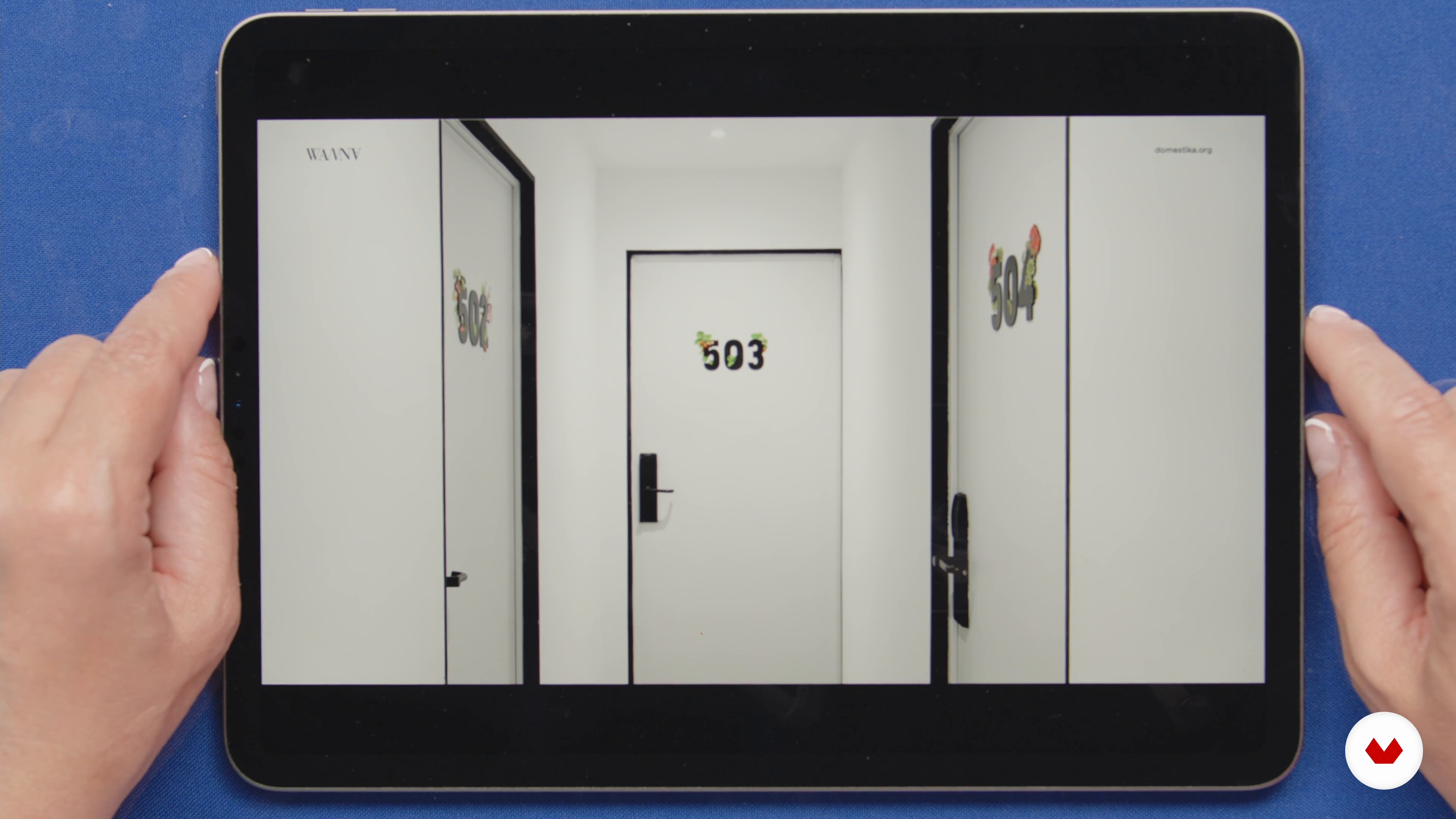
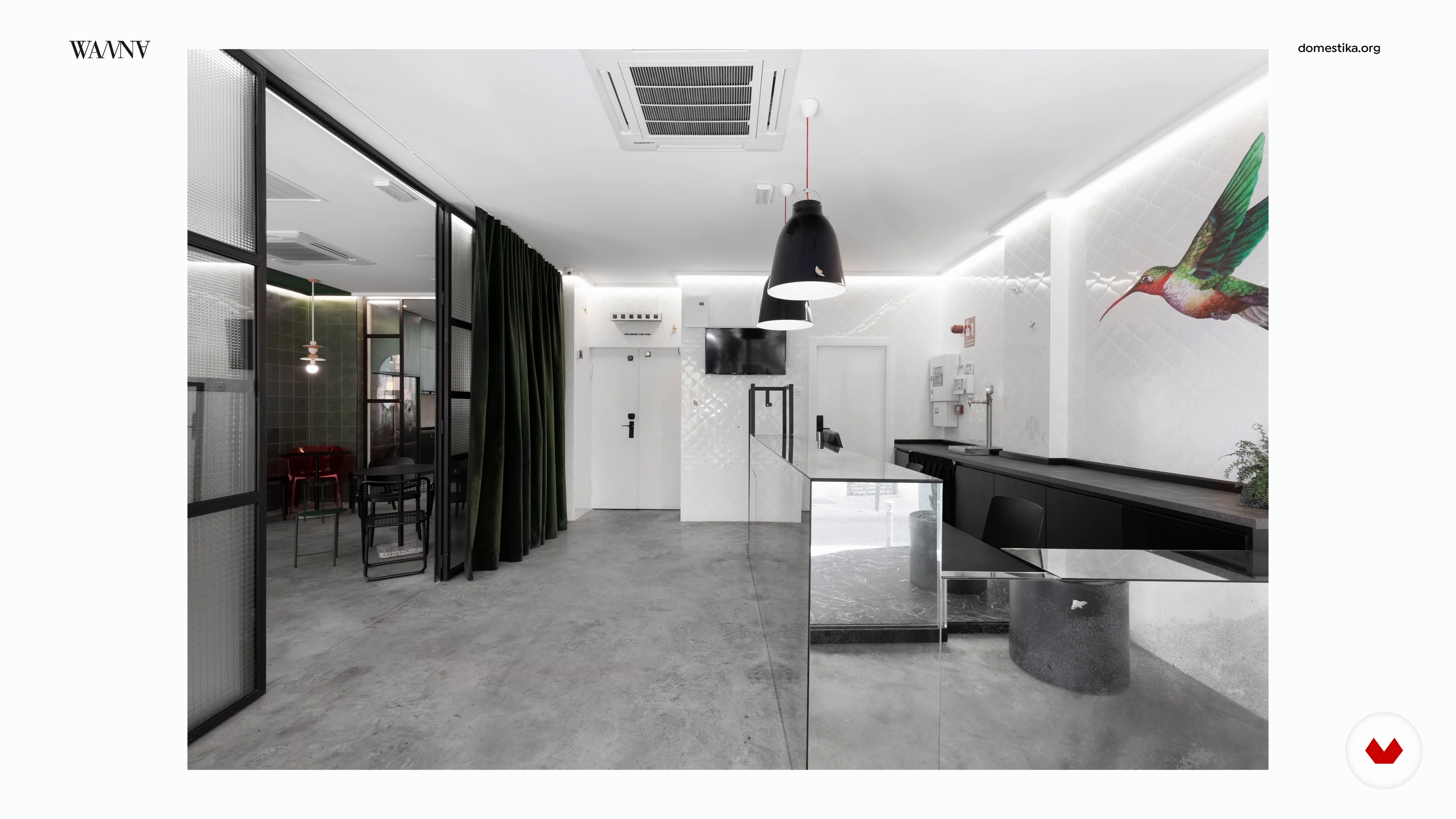
- 100% positive reviews (30)
- 3,088 students
- 79 lessons (10h 1m)
- 120 additional resources (76 files)
- Online and at your own pace
- Audio: Spanish, English
- Spanish · English · Portuguese · German · French · Italian · Polish · Dutch · Turkish
- Level: Beginner
- Unlimited access forever
What is this course's project?
Develop a creative concept for an interior space, translating it into a design that includes the selection of furniture, textiles, and color palette, thereby telling a coherent and personal story through the designed space.
Projects by course students
Who is this specialization for?
This course is aimed at interior design enthusiasts who want to creatively transform spaces. It's ideal for those looking to improve their skills in selecting materials, colors, lighting, and creative concepts, creating unique and functional environments.
Requirements and materials
Extensive knowledge is not required, but an interest in interior design is necessary. Access to basic materials such as paper, colored pencils, and digital tools for creating mood boards and 3D models is recommended.

Reviews
What to expect from this specialization course
-
Learn at your own pace
Enjoy learning from home without a set schedule and with an easy-to-follow method. You set your own pace.
-
Learn from the best professionals
Learn valuable methods and techniques explained by top experts in the creative sector.
-
Meet expert teachers
Each expert teaches what they do best, with clear guidelines, true passion, and professional insight in every lesson.
-
Certificates
PlusIf you're a Plus member, get a custom certificate for every specialization course. Share it on your portfolio, social media, or wherever you like.
-
Get front-row seats
Videos of the highest quality, so you don't miss a single detail. With unlimited access, you can watch them as many times as you need to perfect your technique.
-
Share knowledge and ideas
Ask questions, request feedback, or offer solutions. Share your learning experience with other students in the community who are as passionate about creativity as you are.
-
Connect with a global creative community
The community is home to millions of people from around the world who are curious and passionate about exploring and expressing their creativity.
-
Watch professionally produced courses
Domestika curates its teacher roster and produces every course in-house to ensure a high-quality online learning experience.
FAQs
What are Domestika's online courses?
Domestika courses are online classes that allow you to learn new skills and create incredible projects. All our courses include the opportunity to share your work with other students and/or teachers, creating an active learning community. We offer different formats:
Original Courses: Complete classes that combine videos, texts, and educational materials to complete a specific project from start to finish.
Basics Courses: Specialized training where you master specific software tools step by step.
Specialization Courses: Learning paths with various expert teachers on the same topic, perfect for becoming a specialist by learning from different approaches.
Guided Courses: Practical experiences ideal for directly acquiring specific skills.
Intensive Courses (Deep Dives): New creative processes based on artificial intelligence tools in an accessible format for in-depth and dynamic understanding.
When do the specialization courses start and when do they finish?
All specialization courses are 100% online, so once they're published, specialization courses start and finish whenever you want. You set the pace of the class. You can go back to review what interests you most and skip what you already know, ask questions, answer questions, share your projects, and more.
What do Domestika's specialization courses include?
The specialization courses are divided into different modules. Each one includes lessons, informational text, tasks, and practice exercises to help you carry out your project step by step, with additional complementary resources and downloads. You'll also have access to an exclusive forum where you can interact with other students, as well as share your work and your final project, creating a community around the specialization courses.
Have you been given a specialization courses?
You can redeem the specialization courses you received by accessing the redeeming page and entering your gift code.









me encanta!!! aun estoy viendo las lecciones pero me sumerjo tanto que pierdo la noción del tiempo, muy buenas explicaciones detalladas y concretas, para personas como yo que no tiene conocimientos previos es un curso excelente para iniciarse en este bello mundo, gracias a esta especialización de Domestika siento que cada vez me acerco a mi sueño de ser diseñadora interior.
Me ha encantado! todavía estoy estudiándolo, pero me ha parecido genial, siento que cada uno de los profesores aporta lo mejor de sí, para transmitir toda su experiencia y conocimiento. La posibilidad de ver nuevamente los módulos es perfecta, porque a medida que avanzas, le encuentras mas sentido a lo que viste inicialmente. Mi agradecimiento a los profesores y a Domestika por un curso muy bien logrado.
Muy completo!
Muy buen curso, muy bien explicado, con muchisima informacion para empezar en este tema del diseño, super recomendado.
muy buen curso!! excelentes profesores y sus referencias. la calidad visual es excepcional,